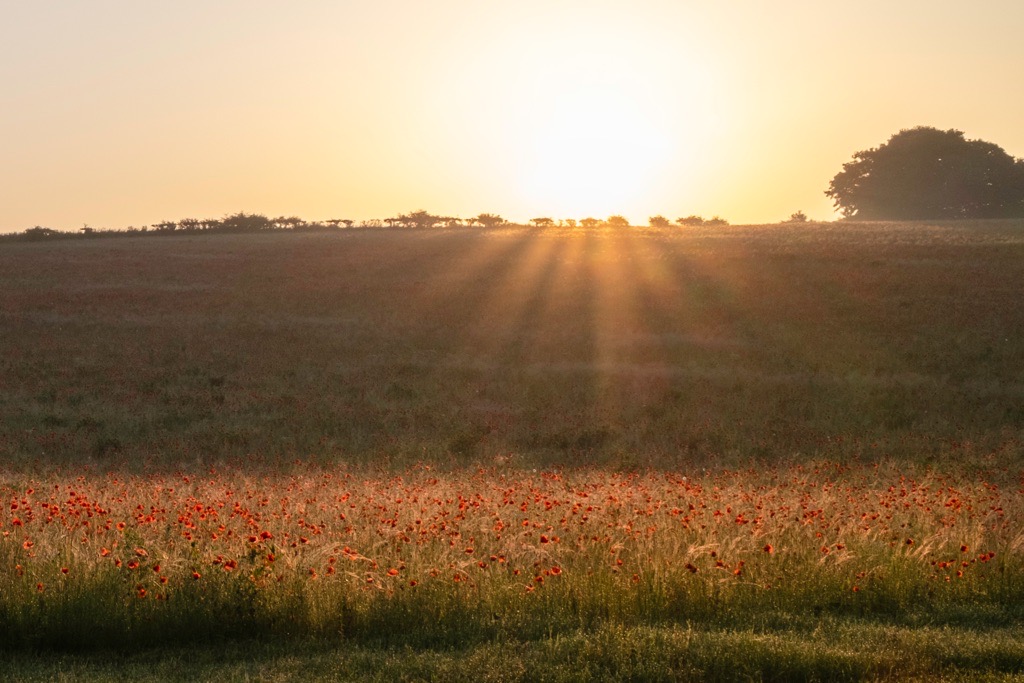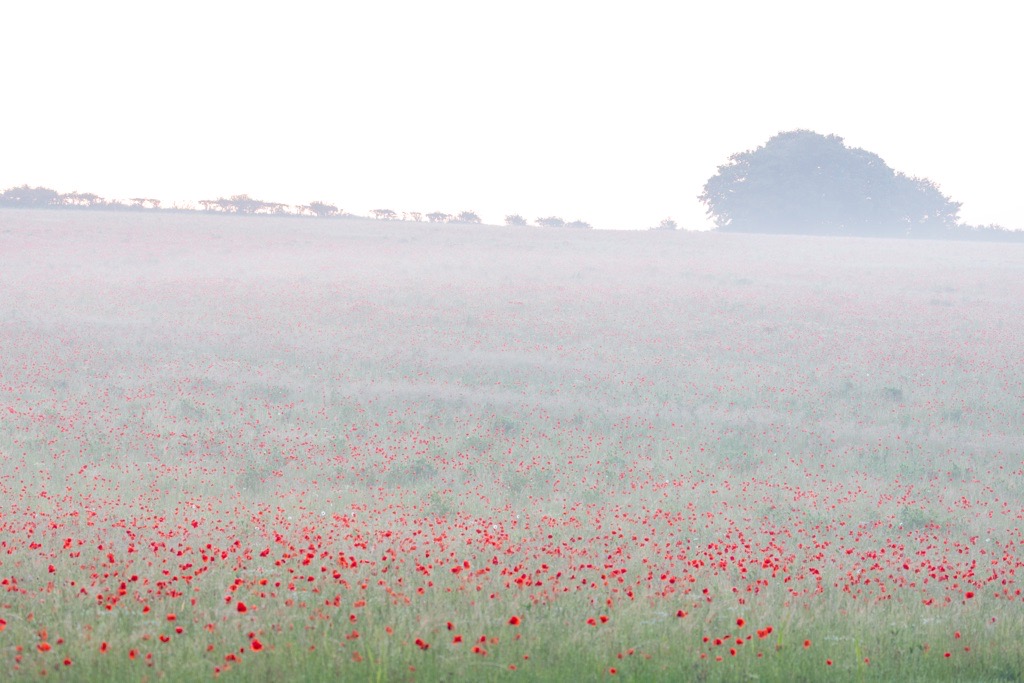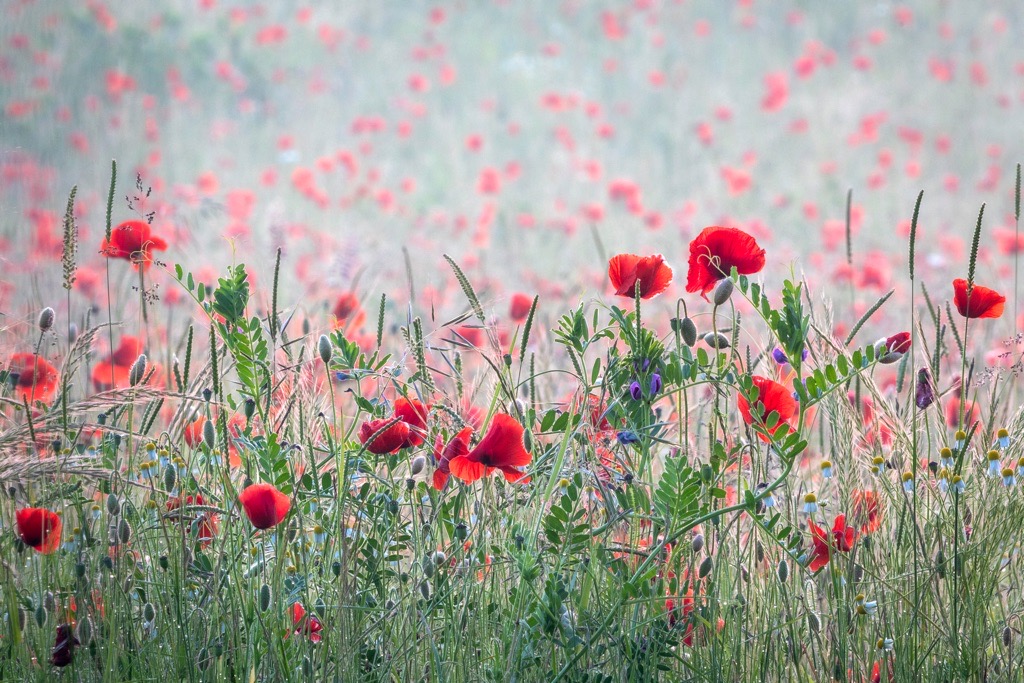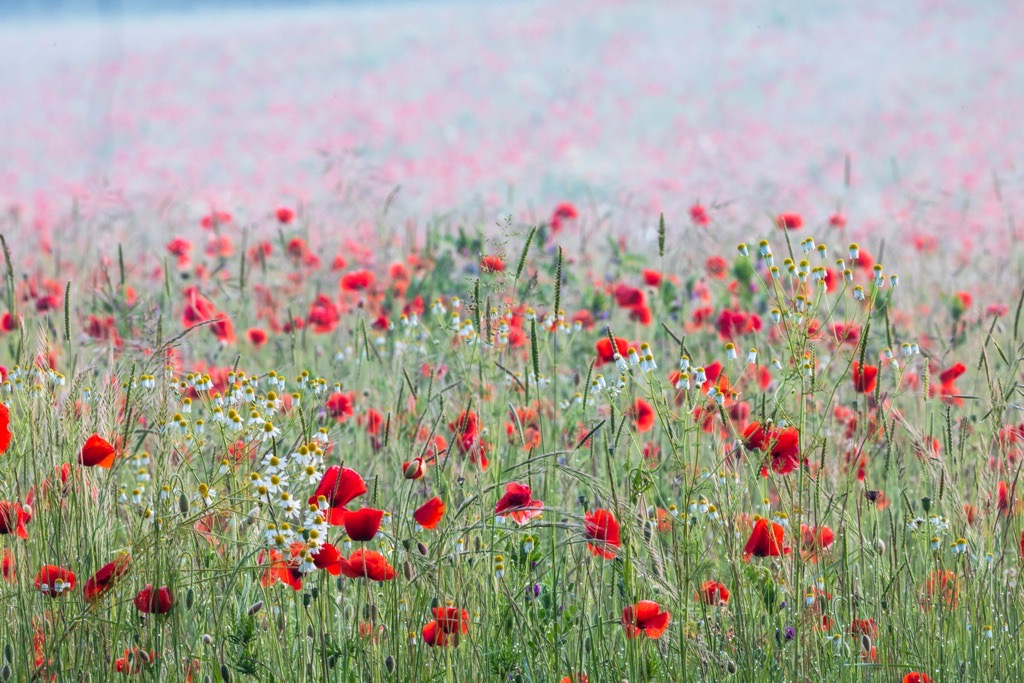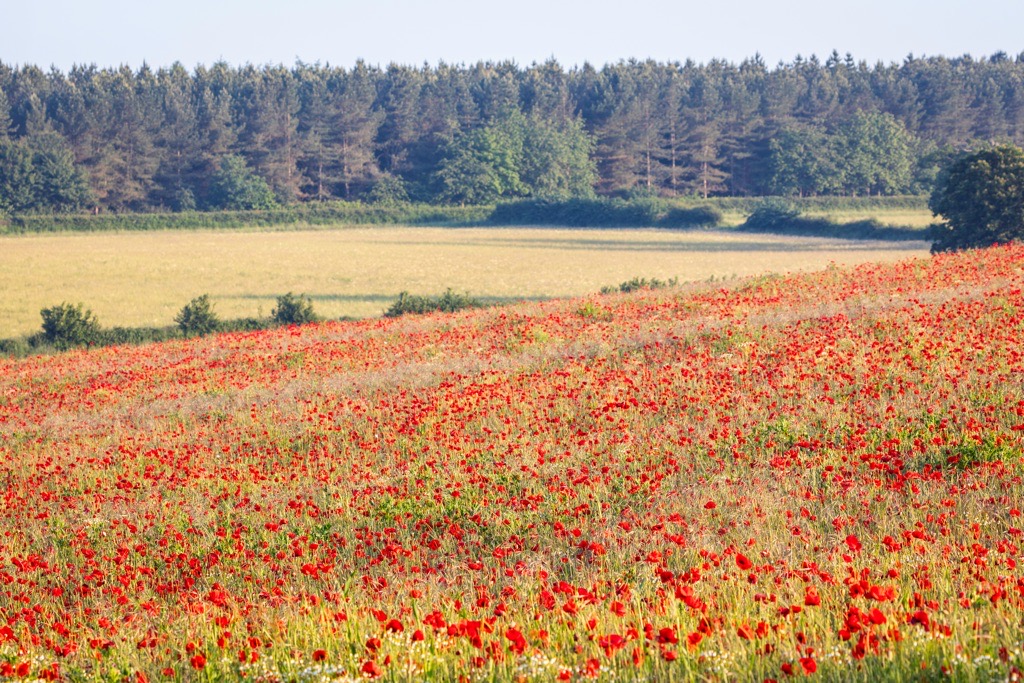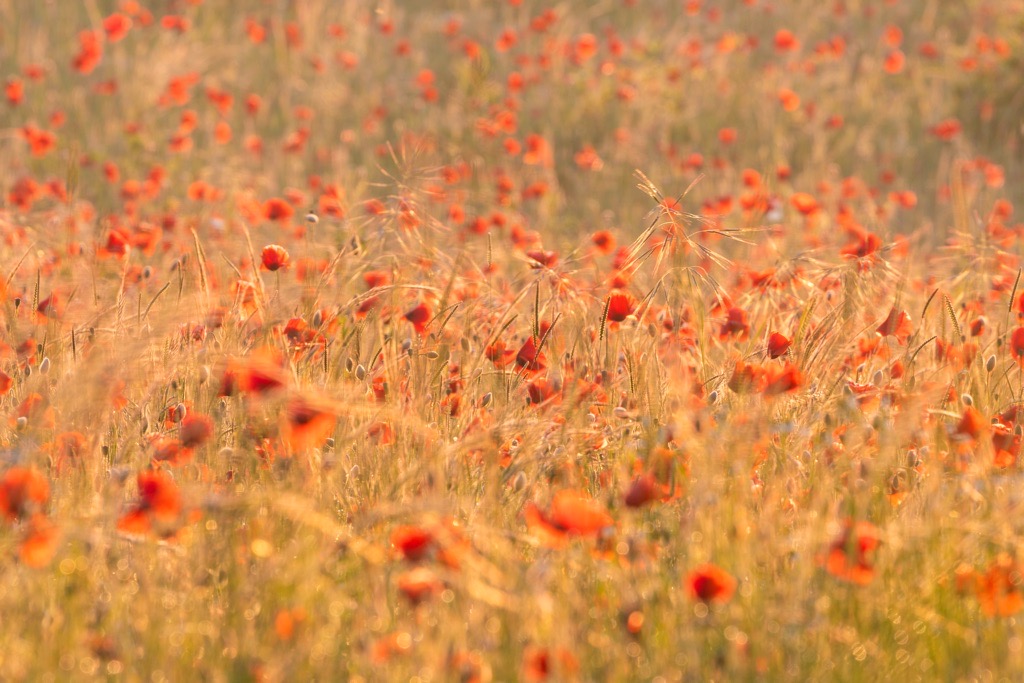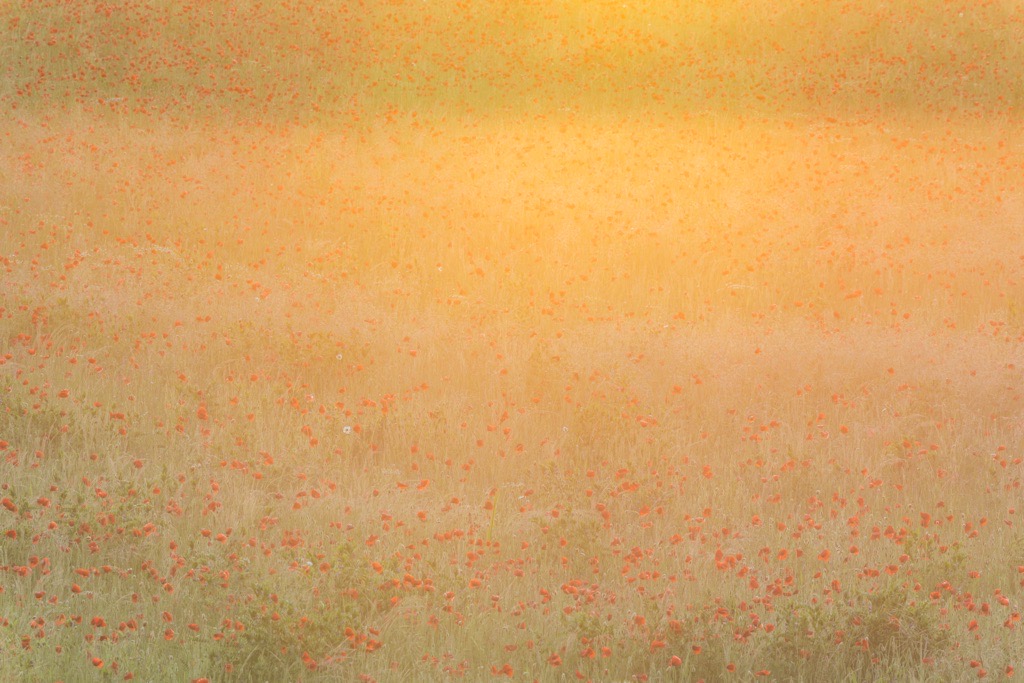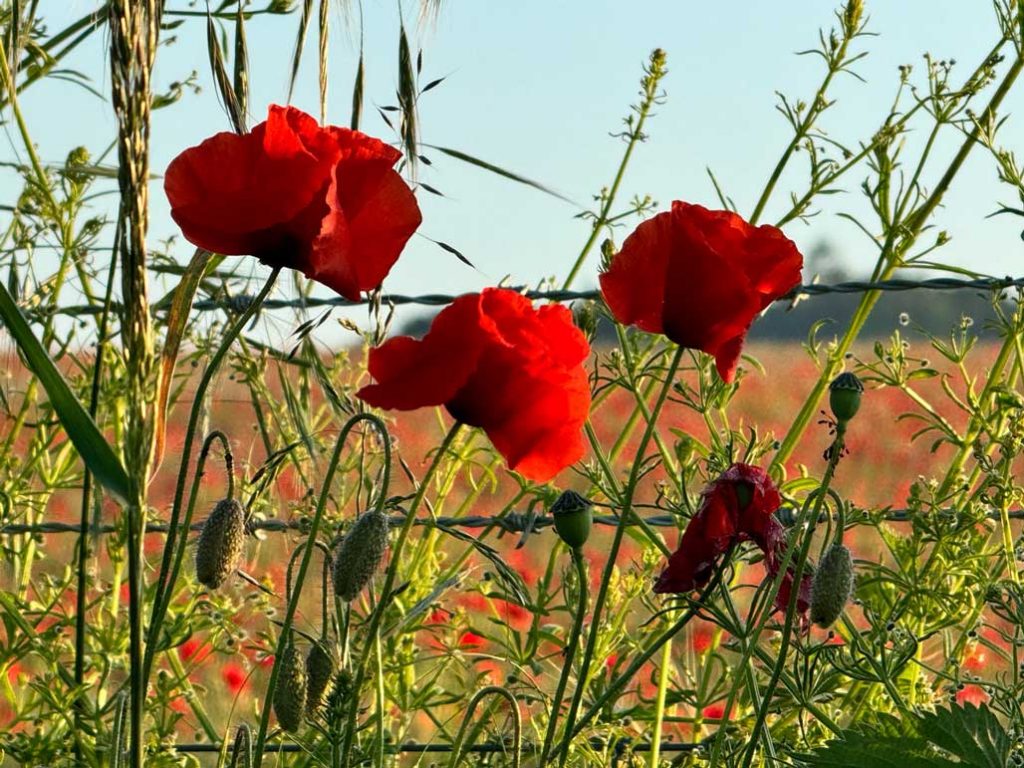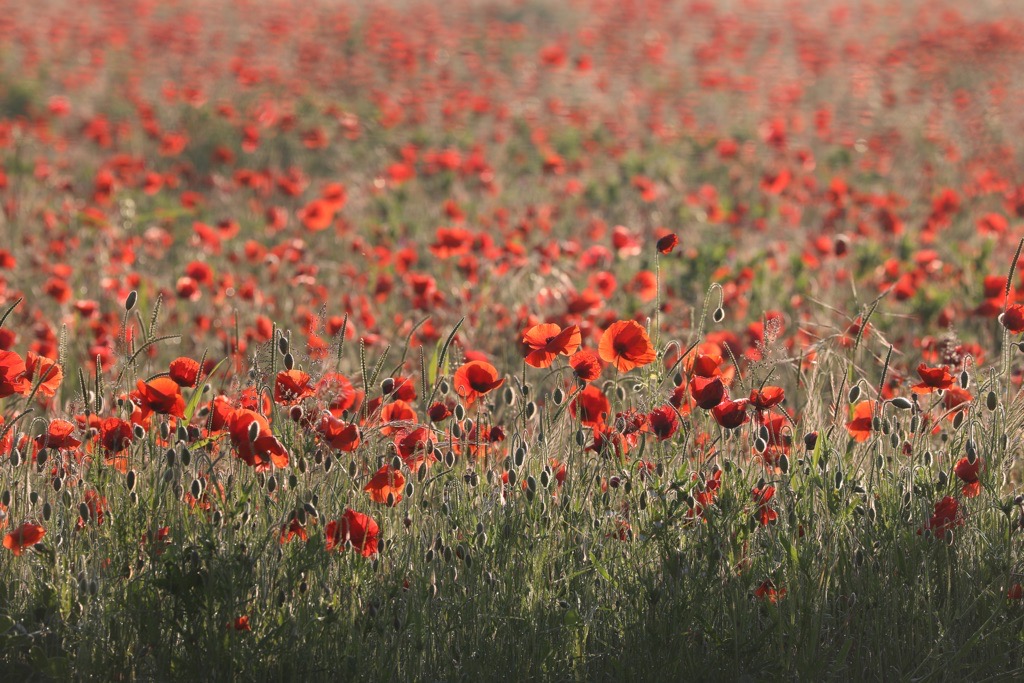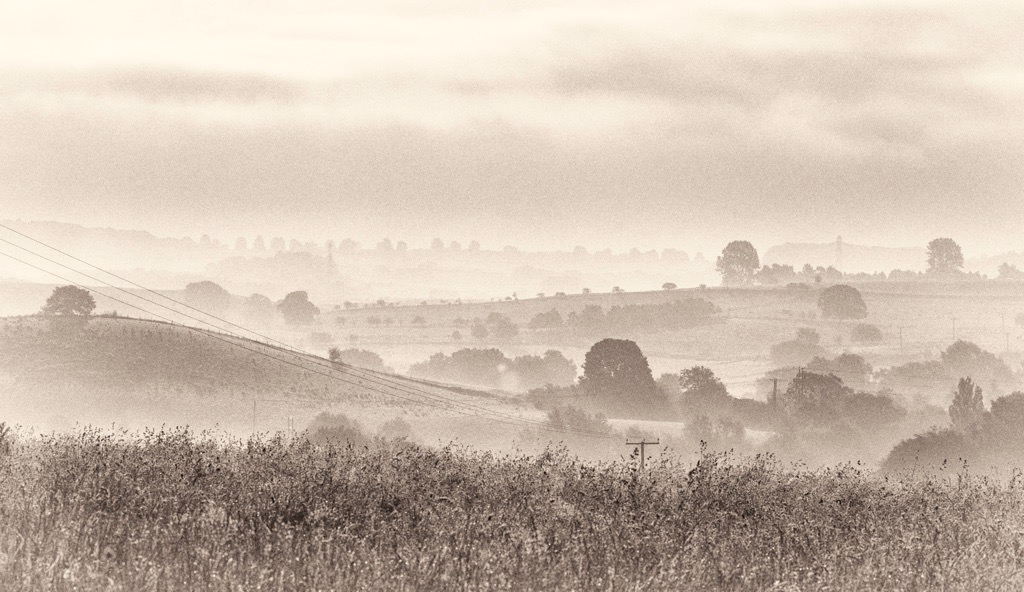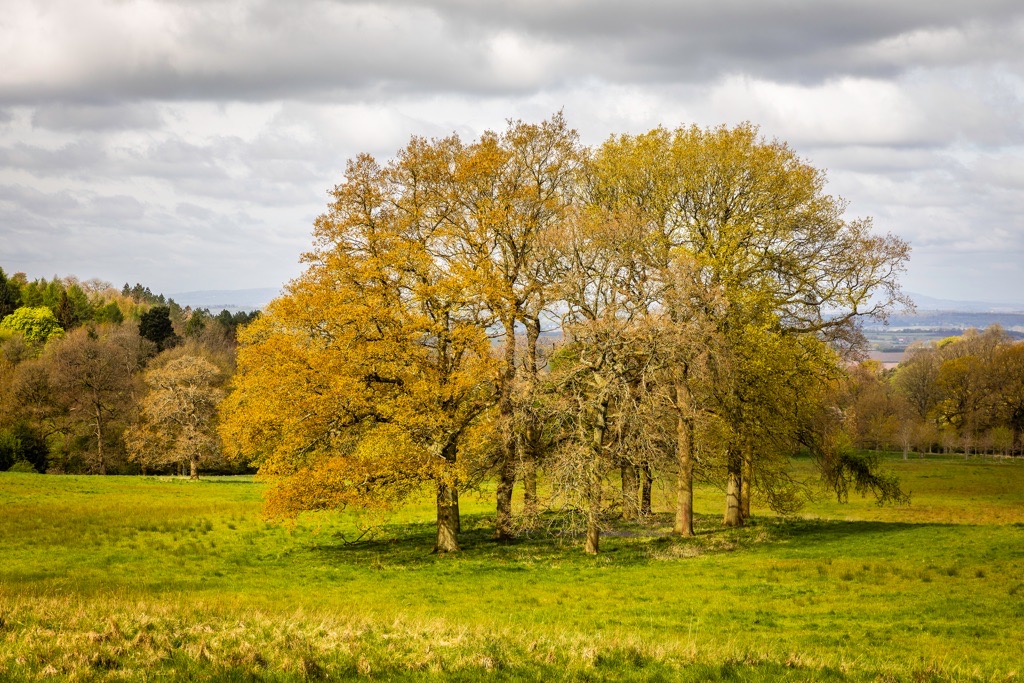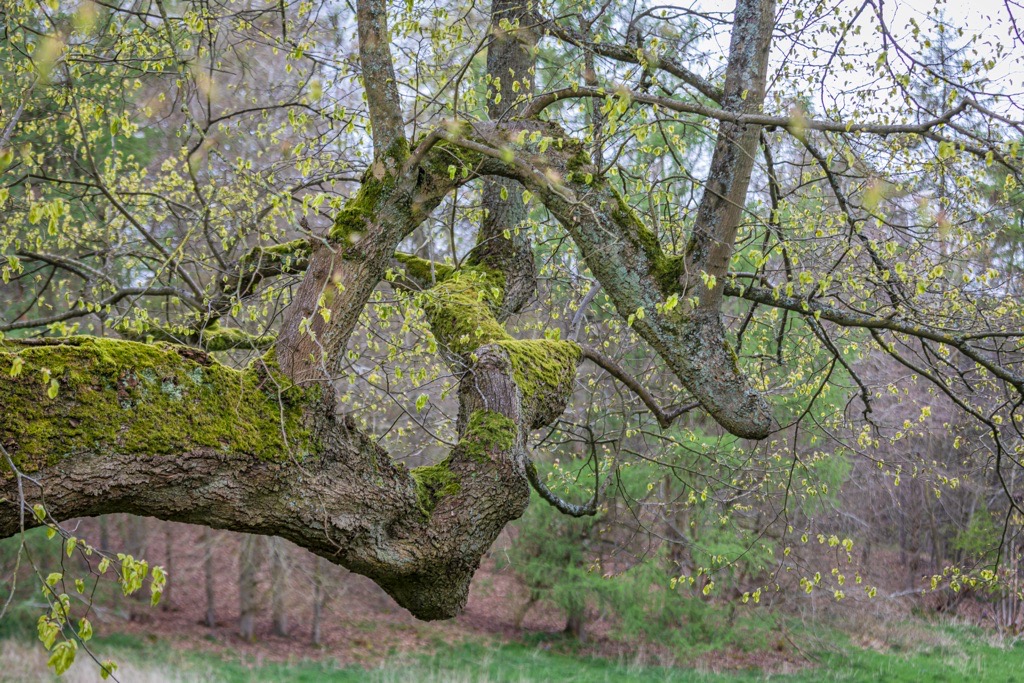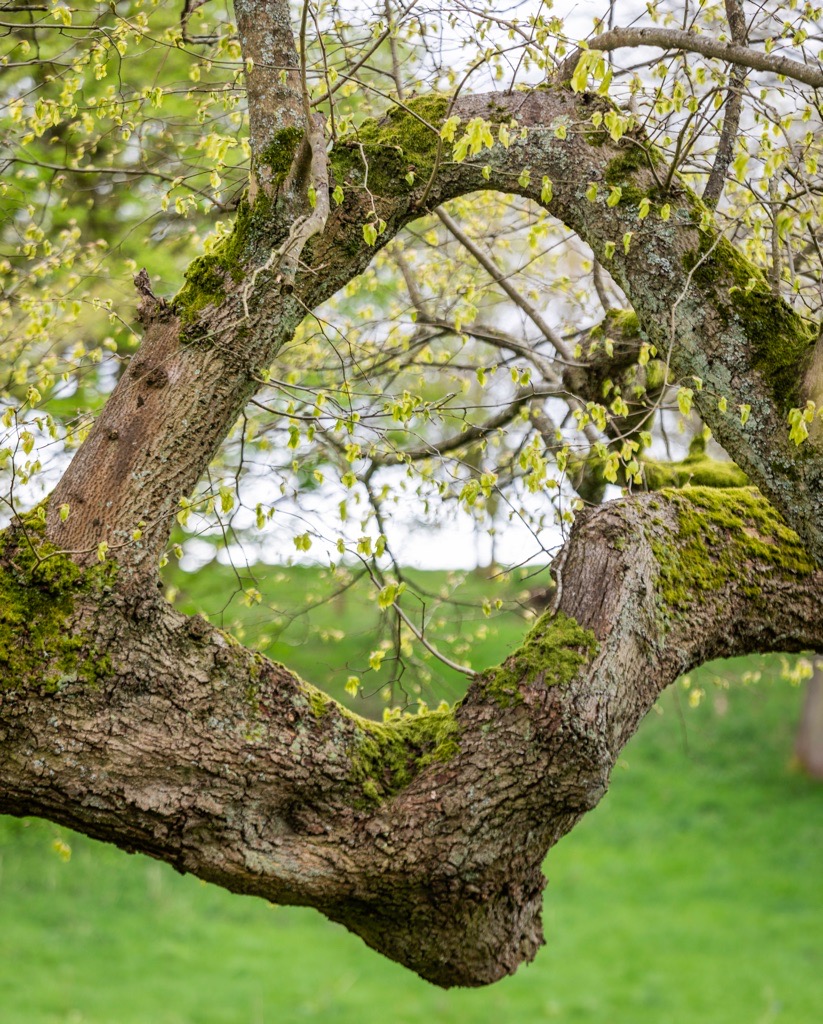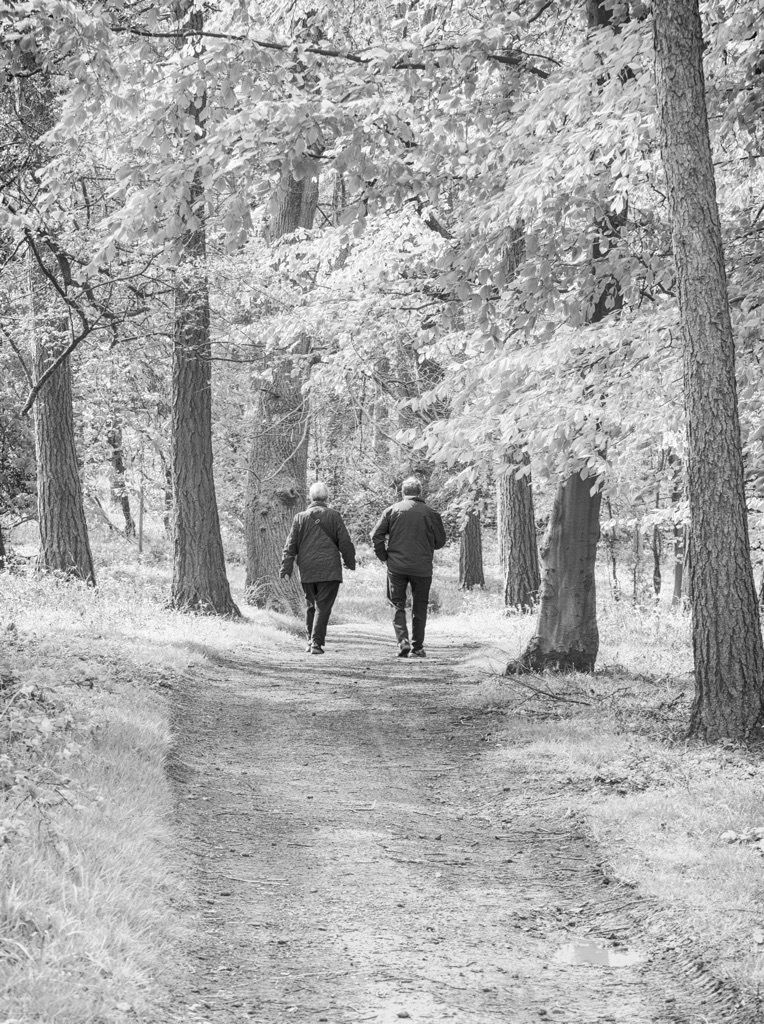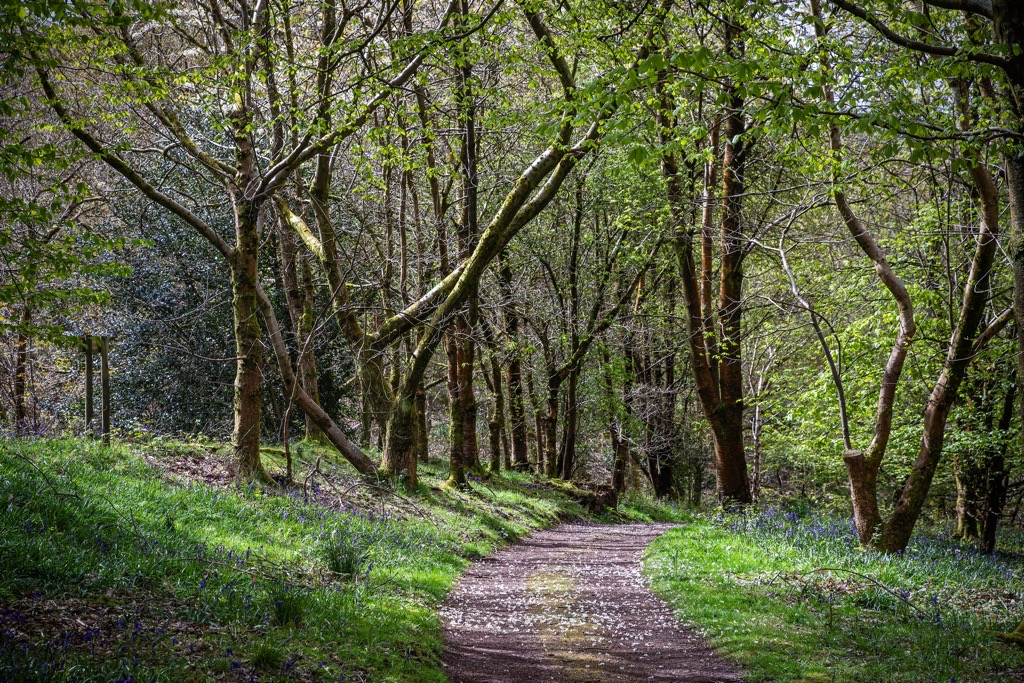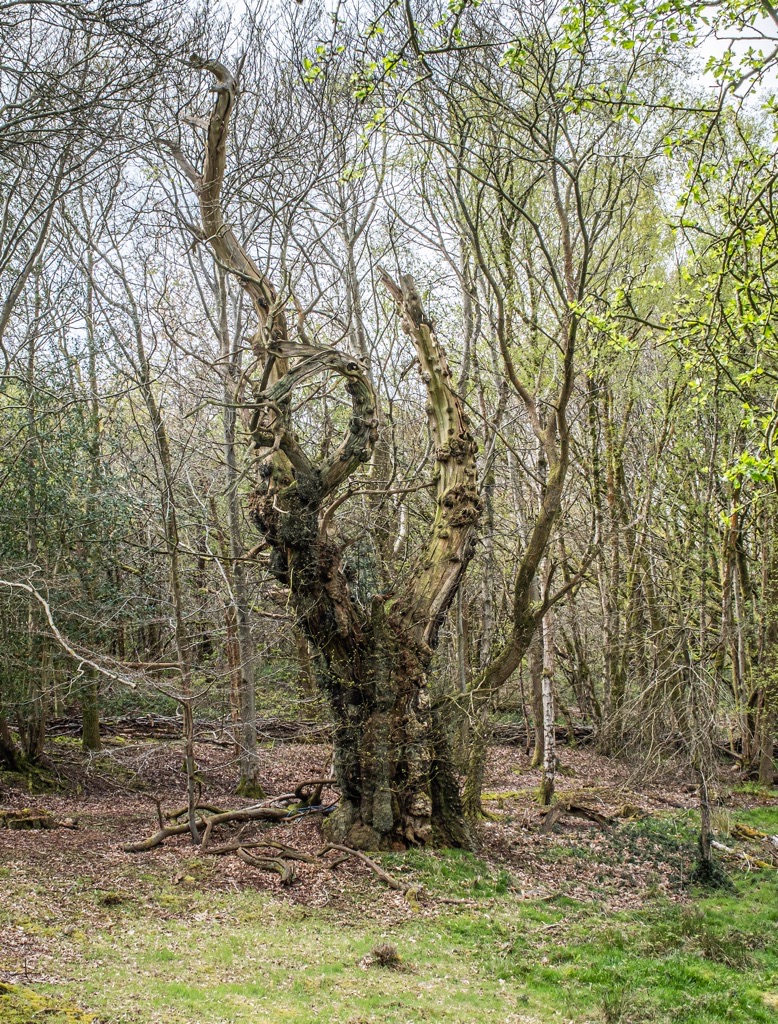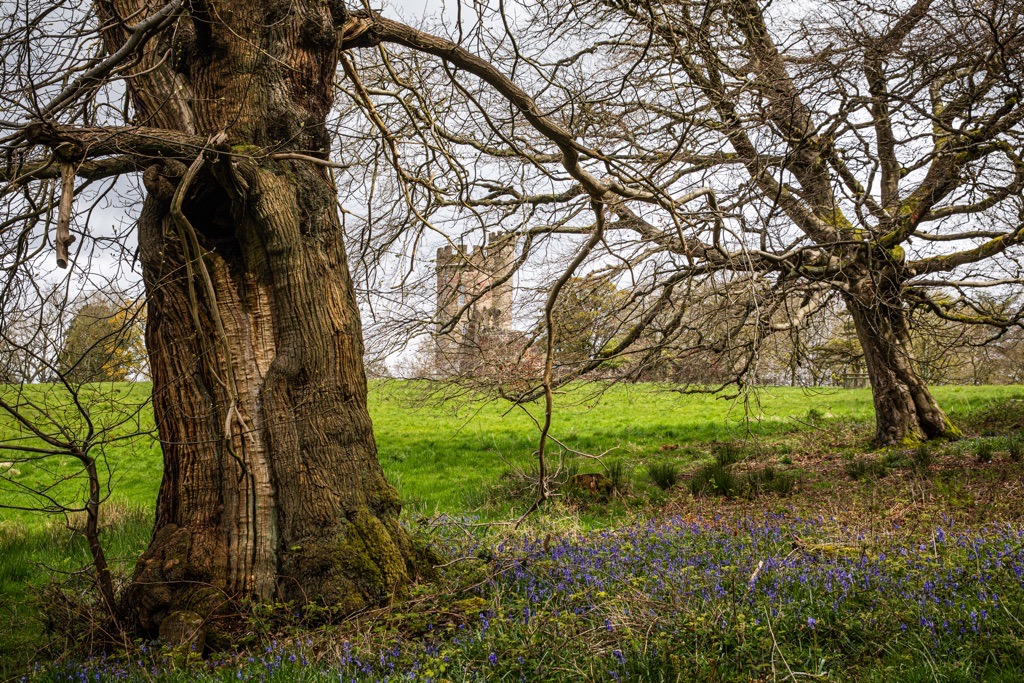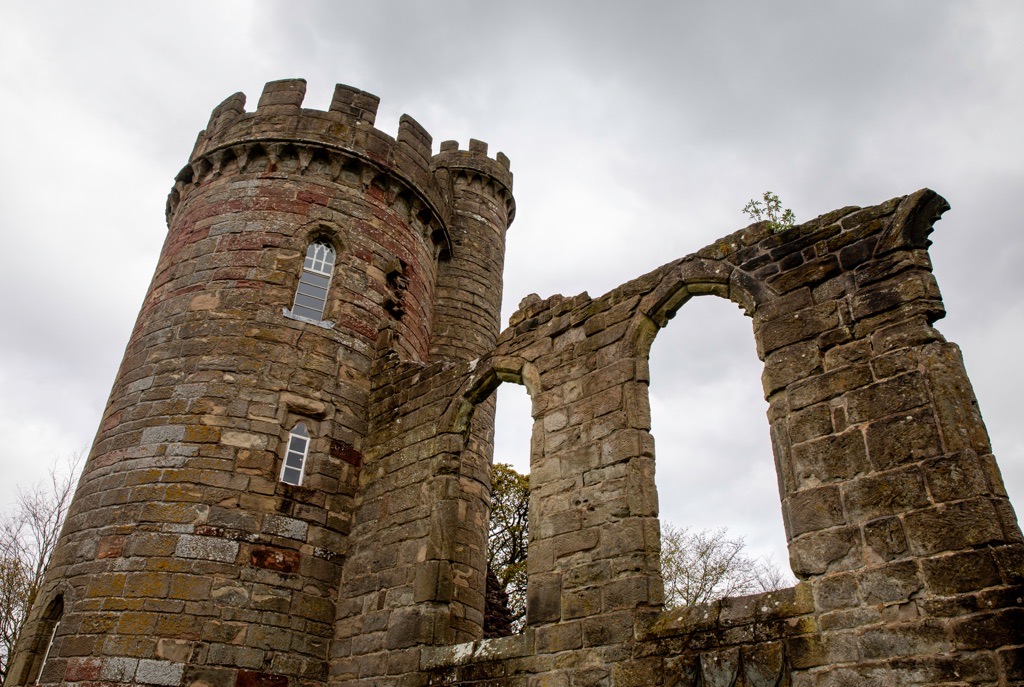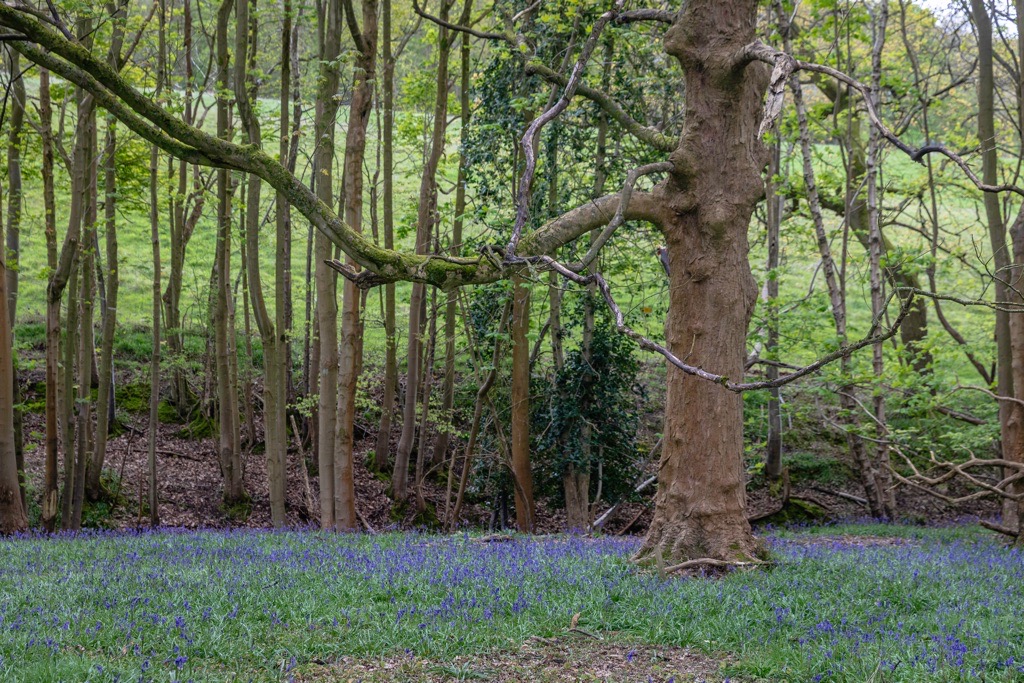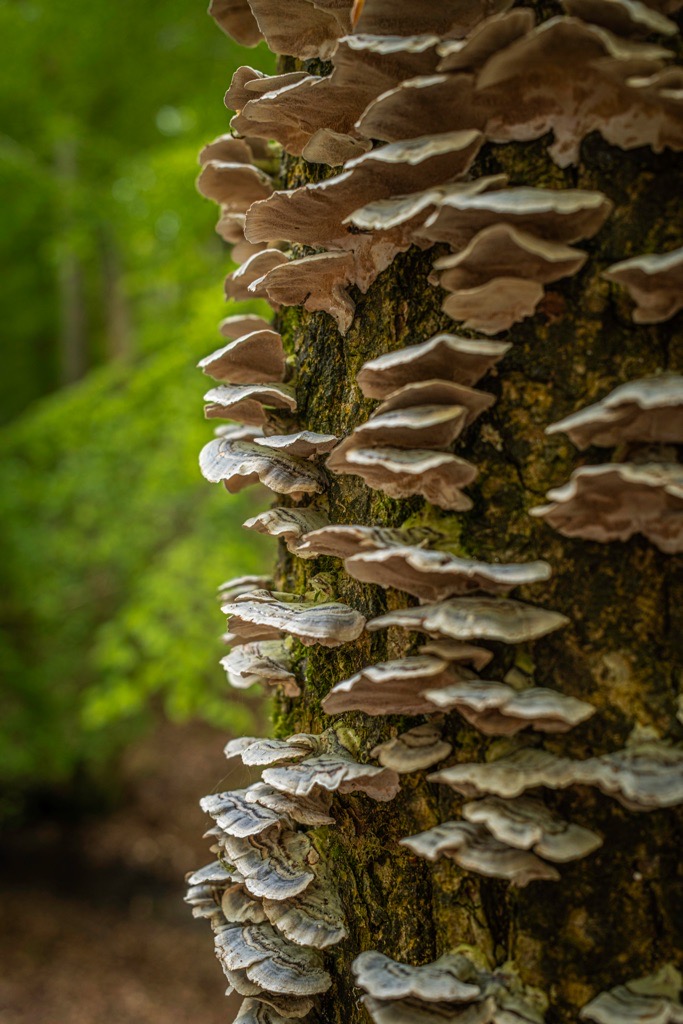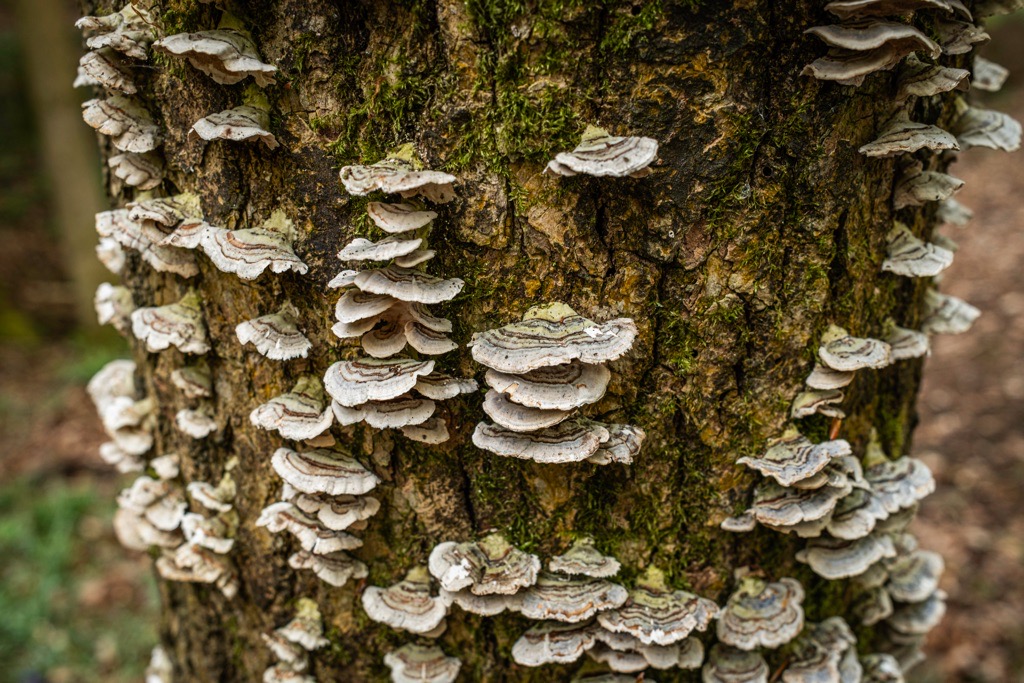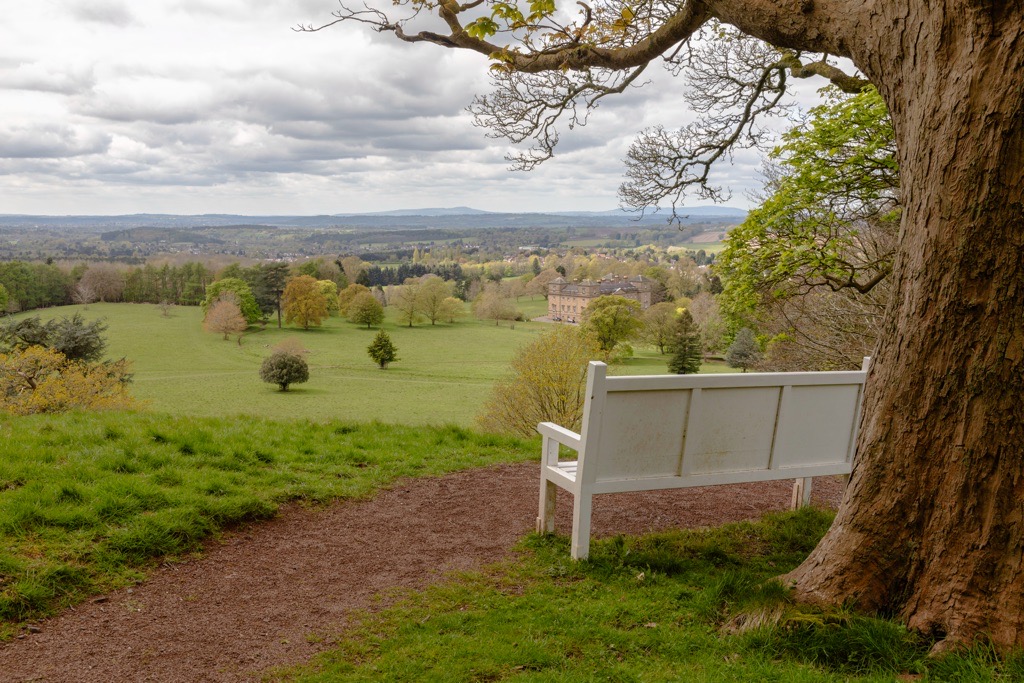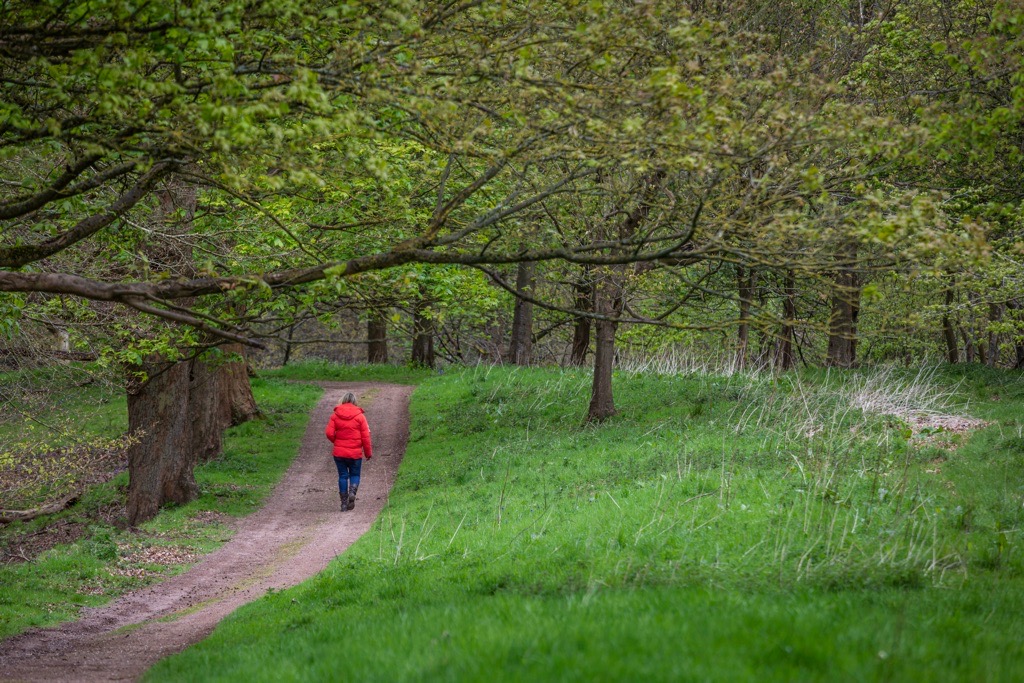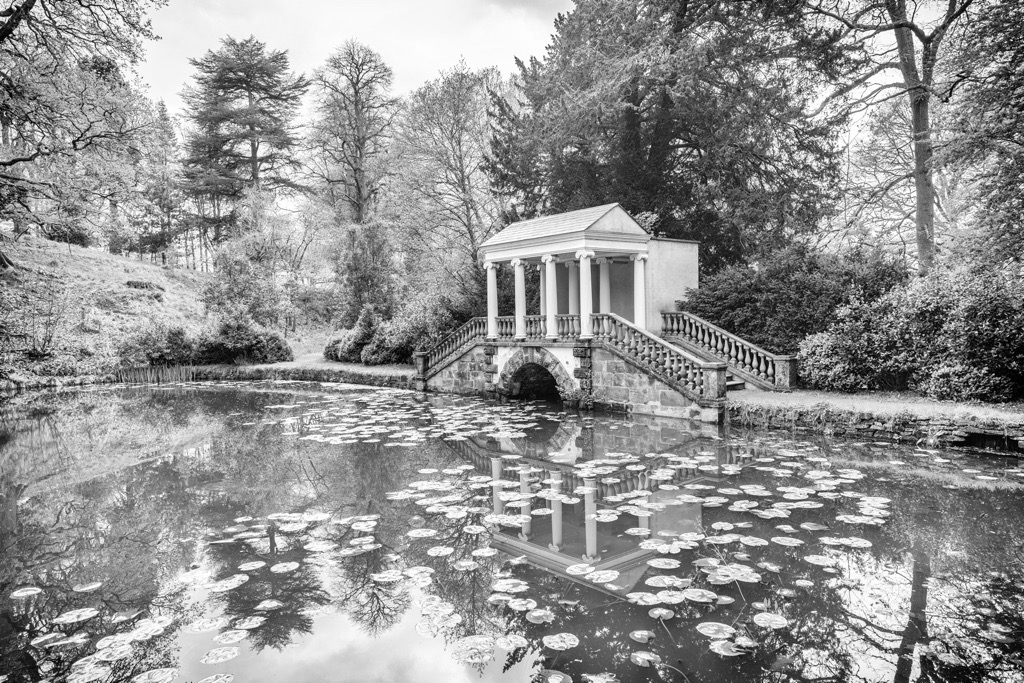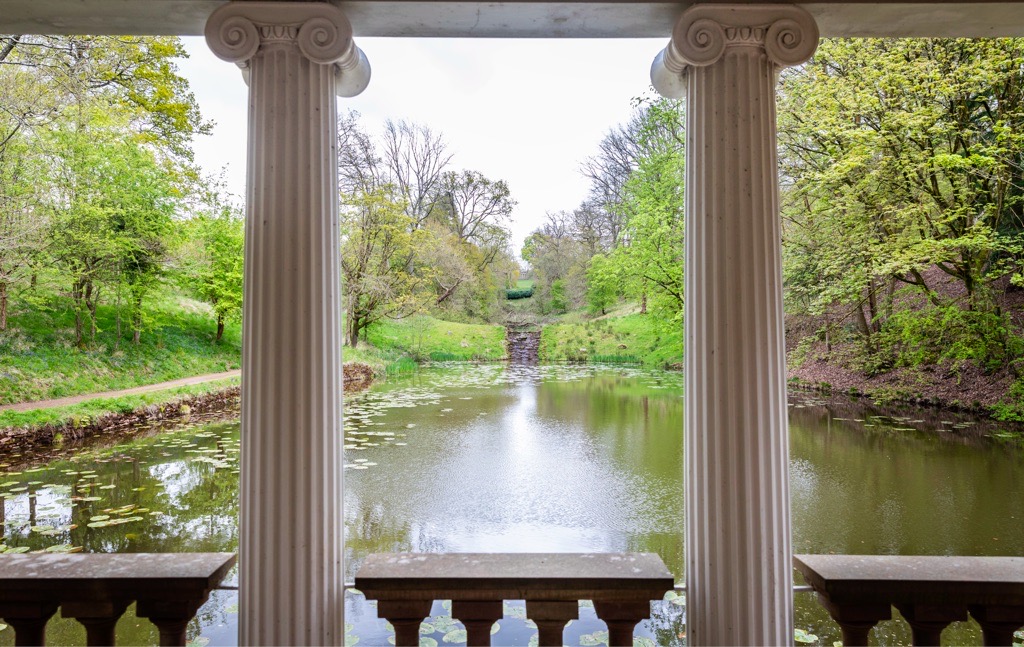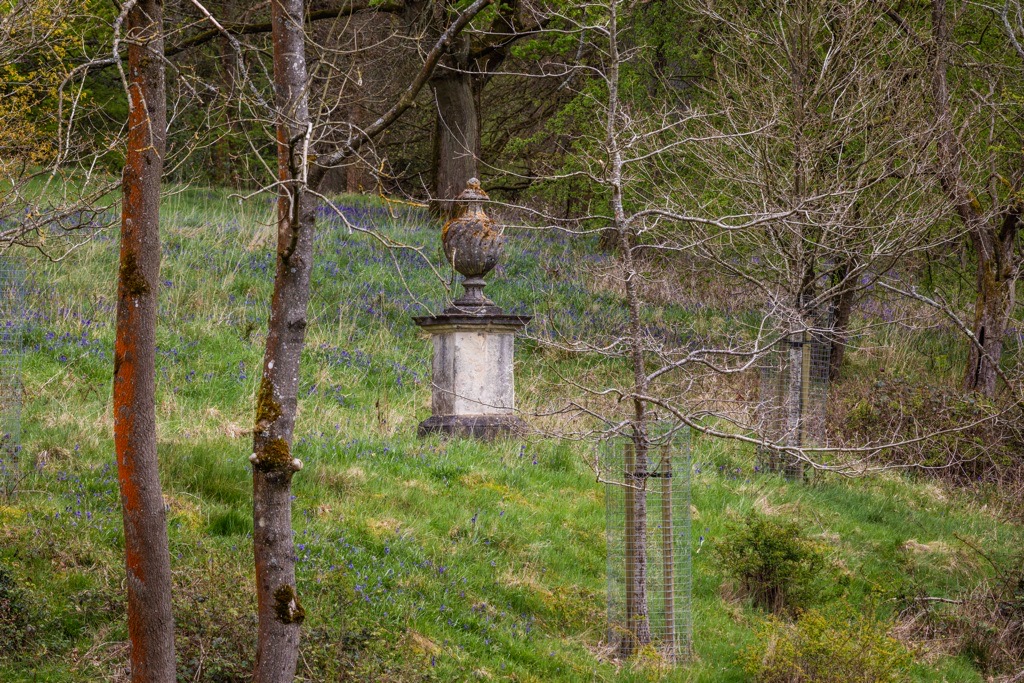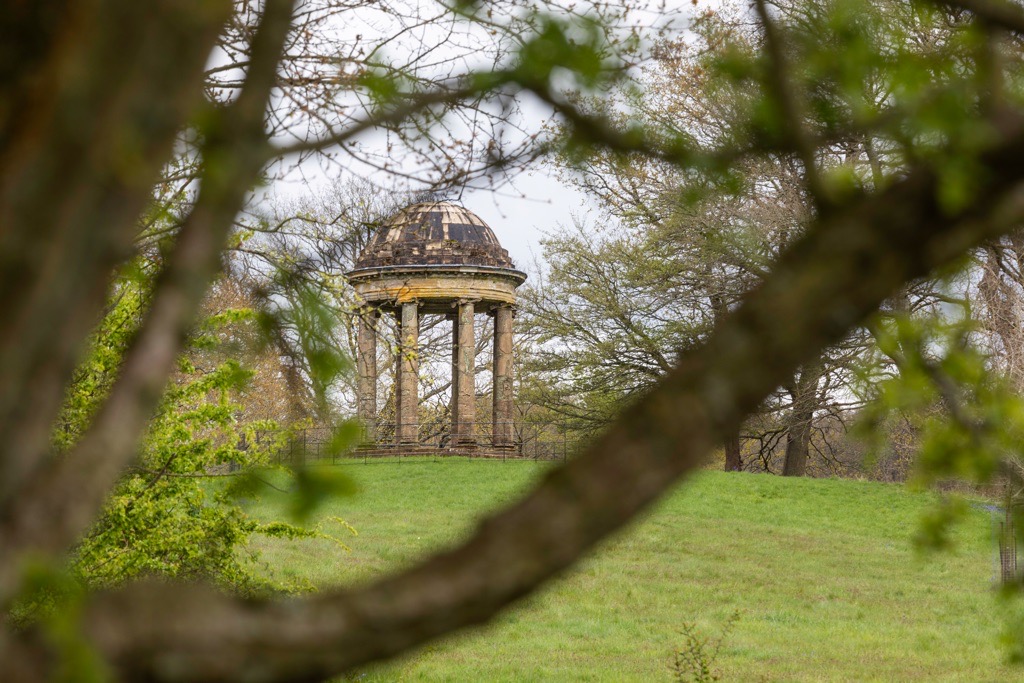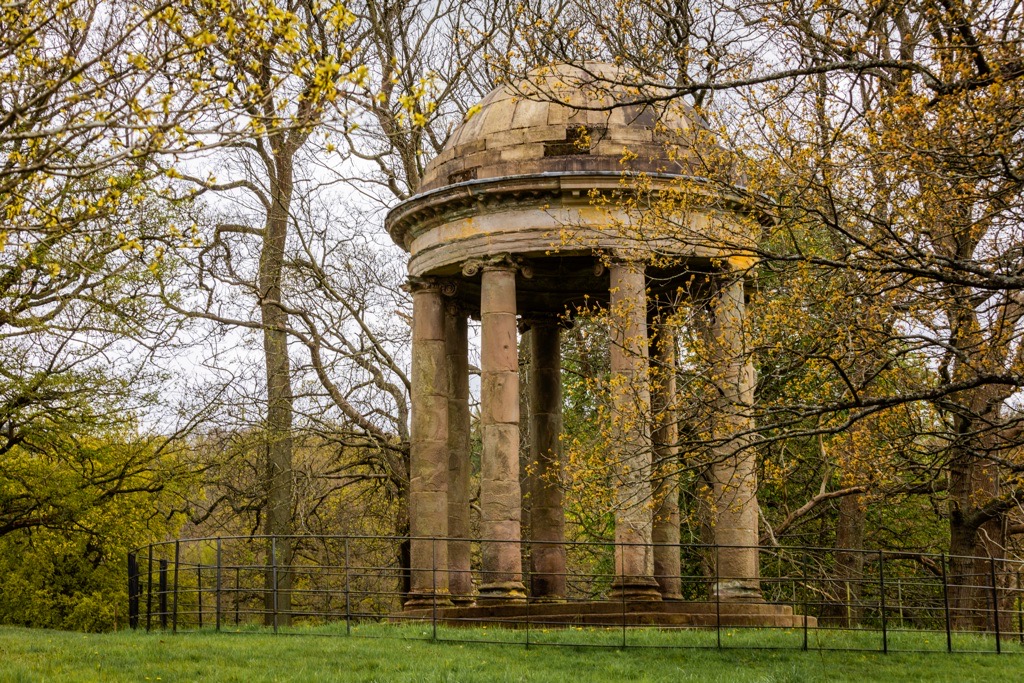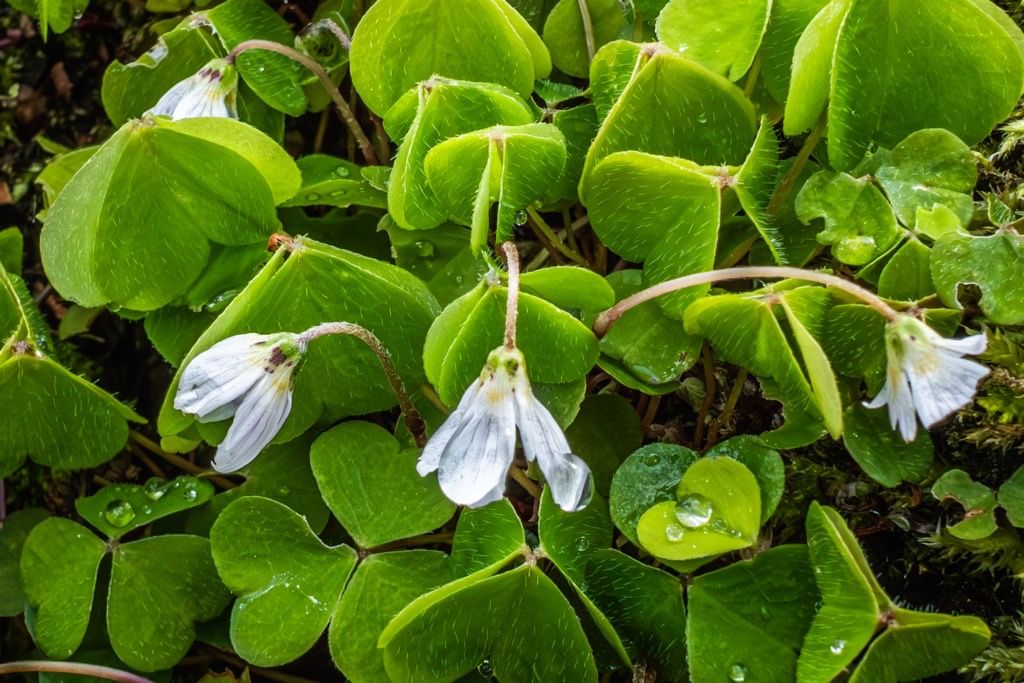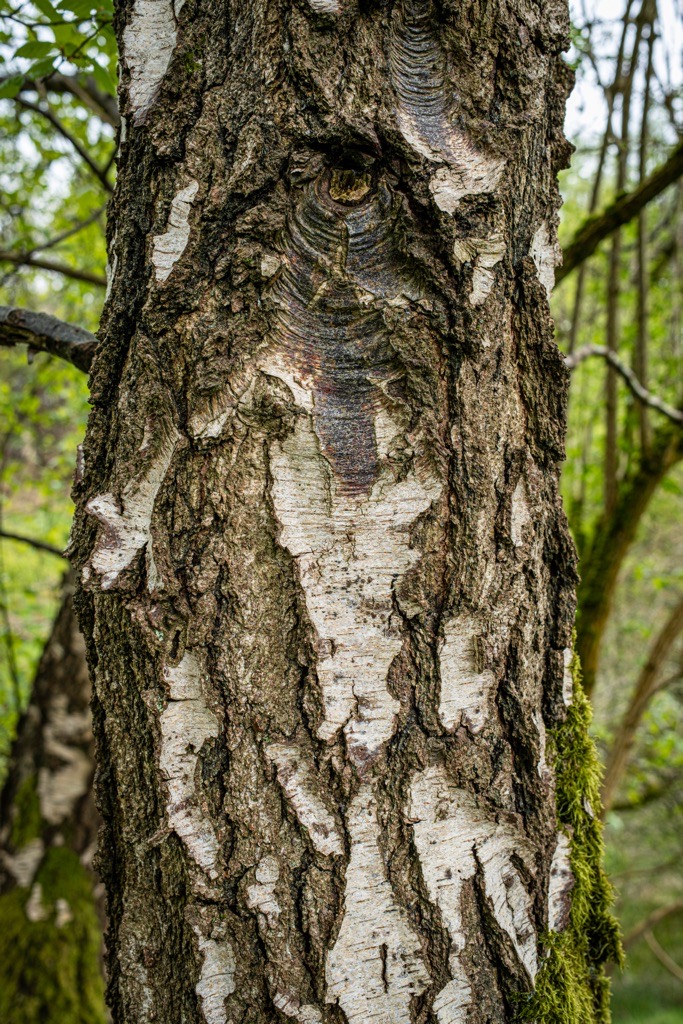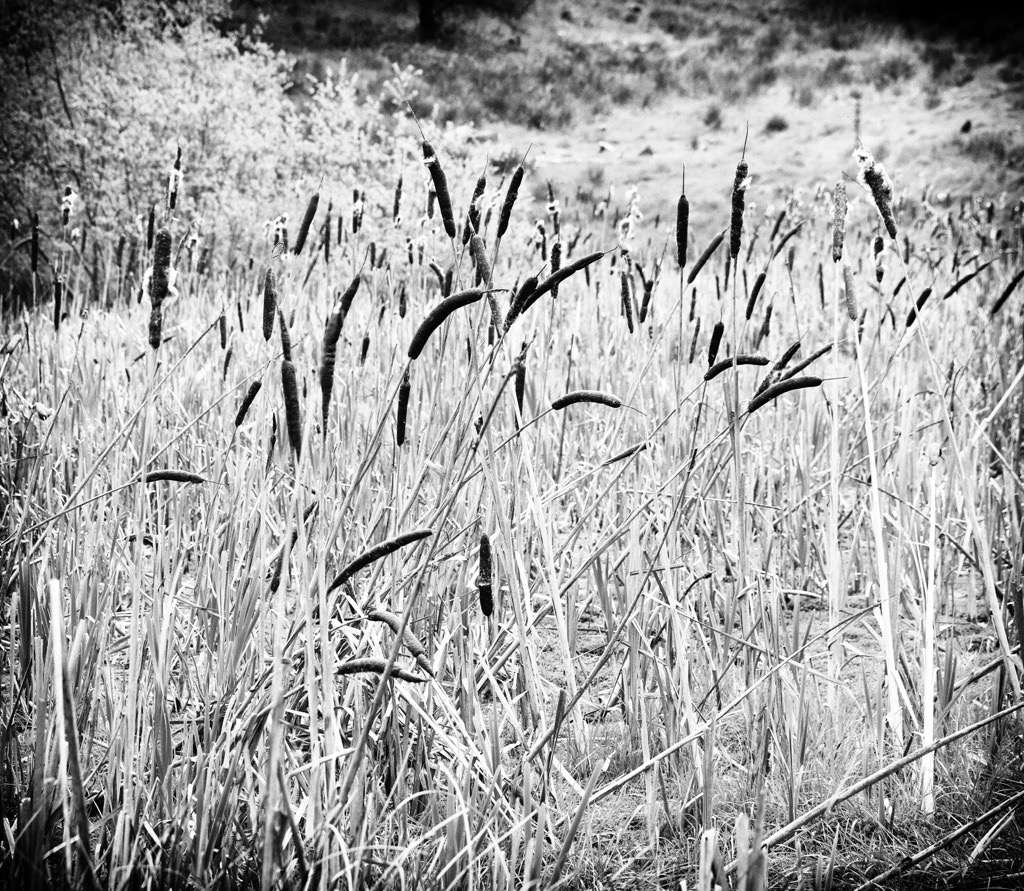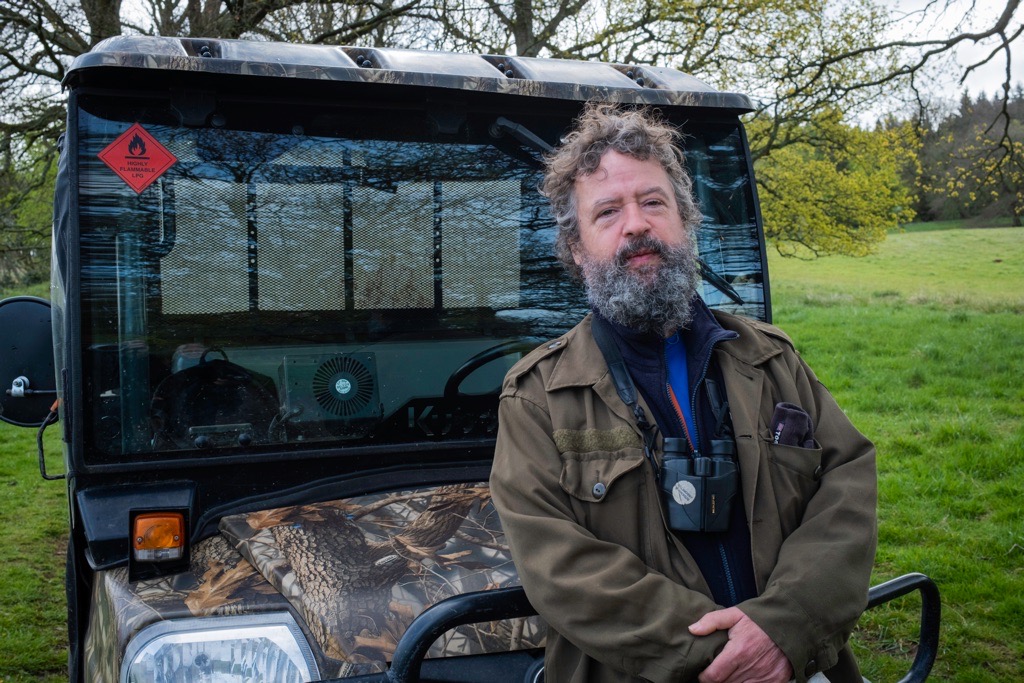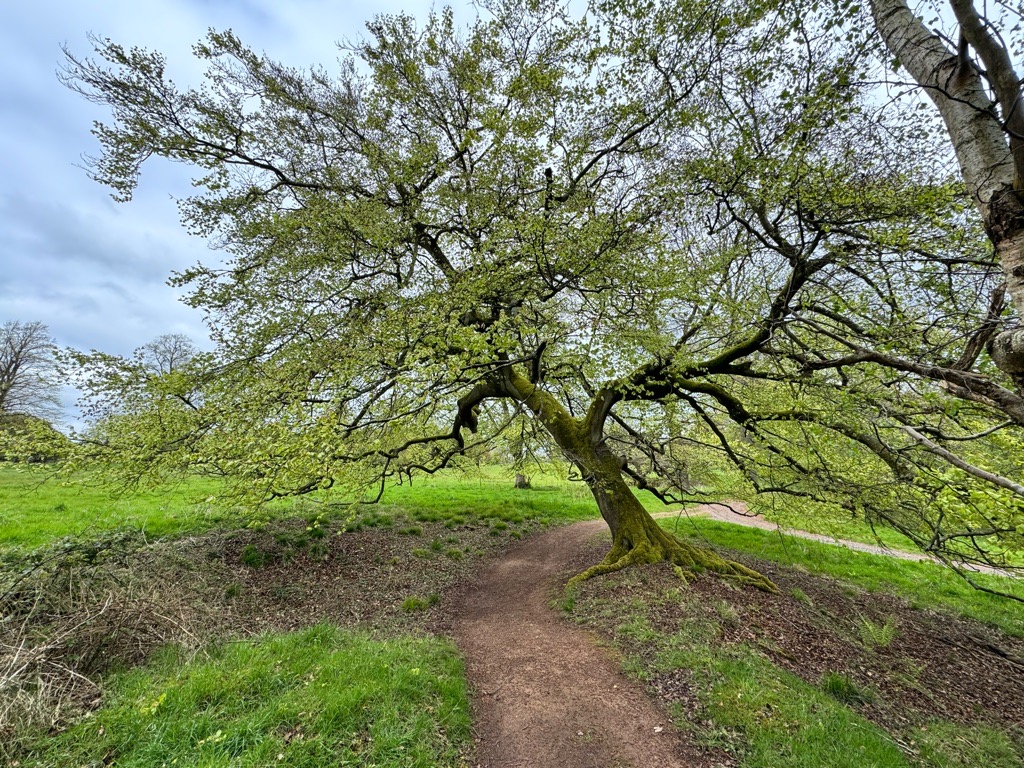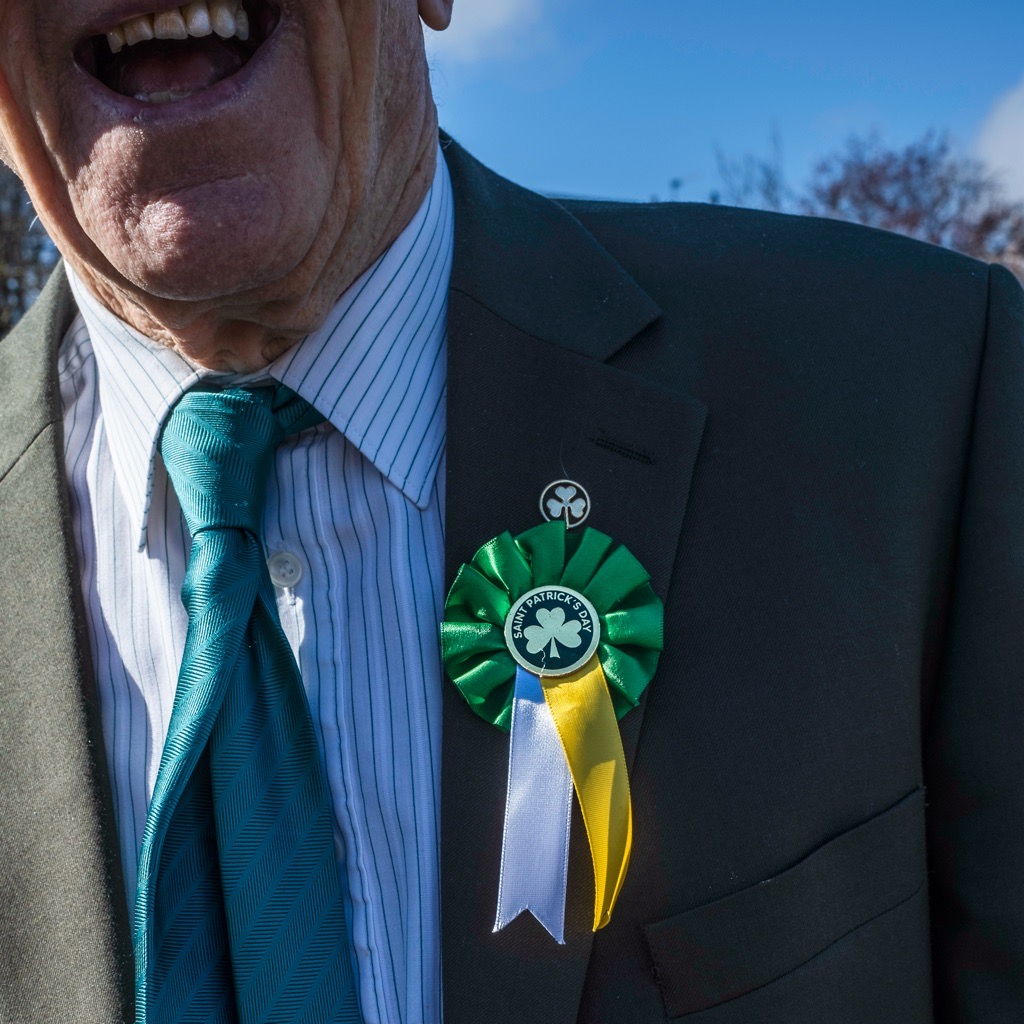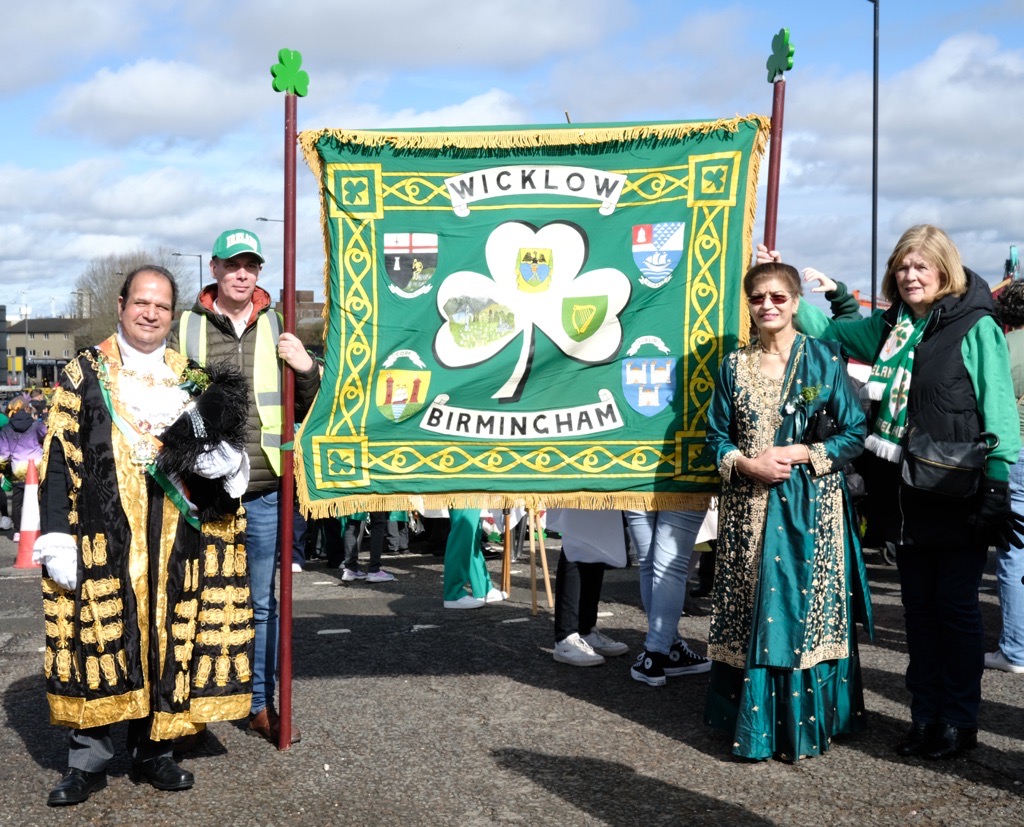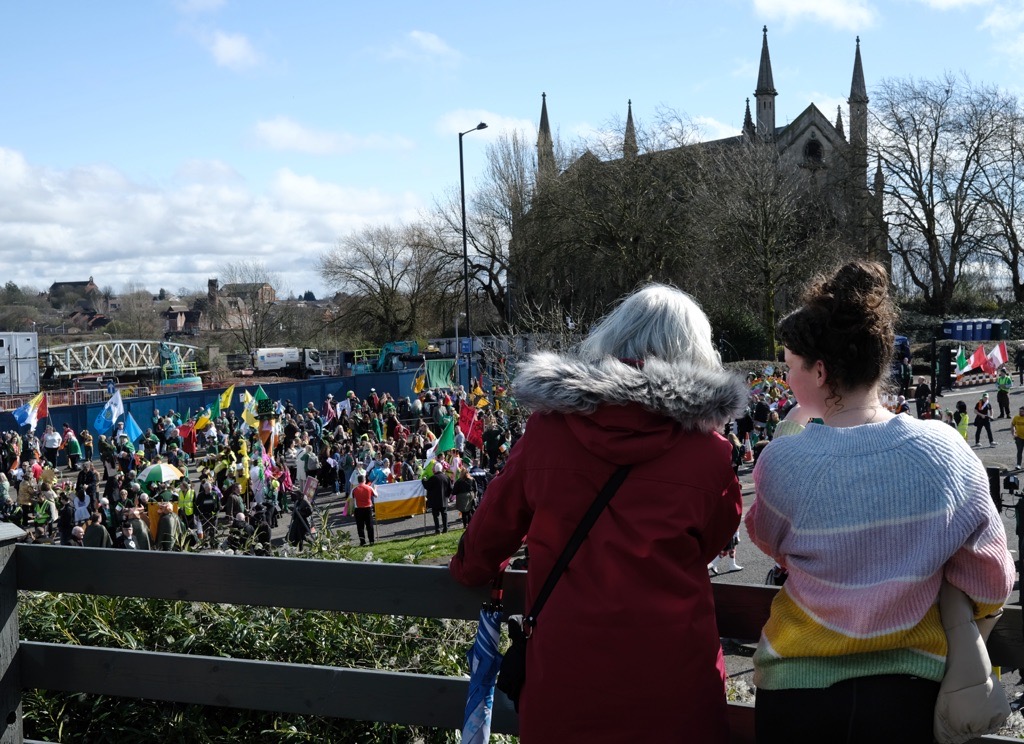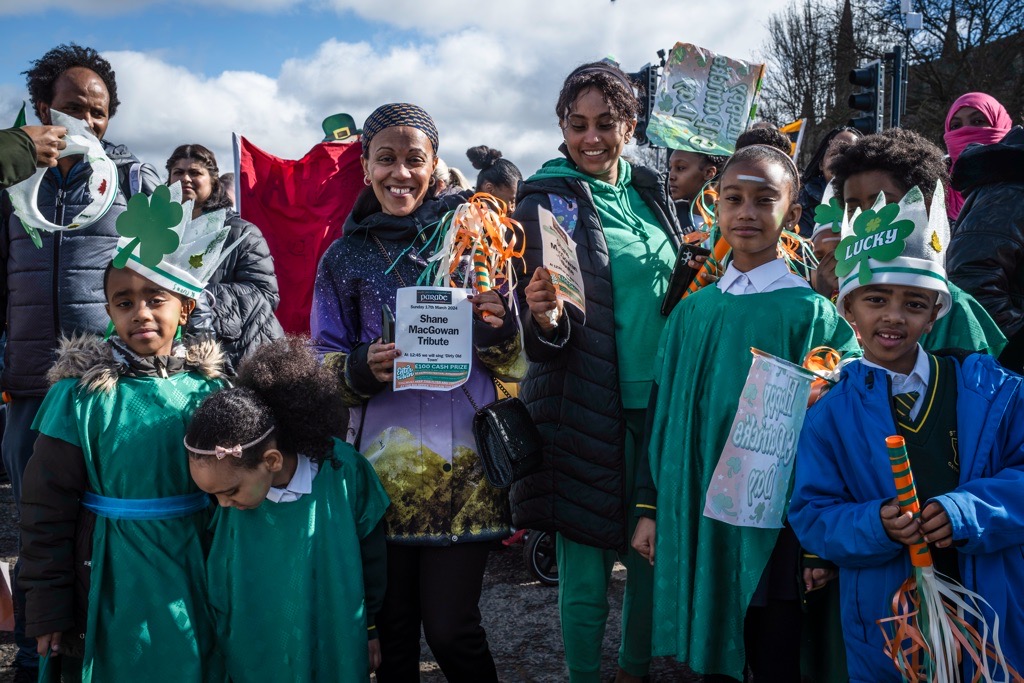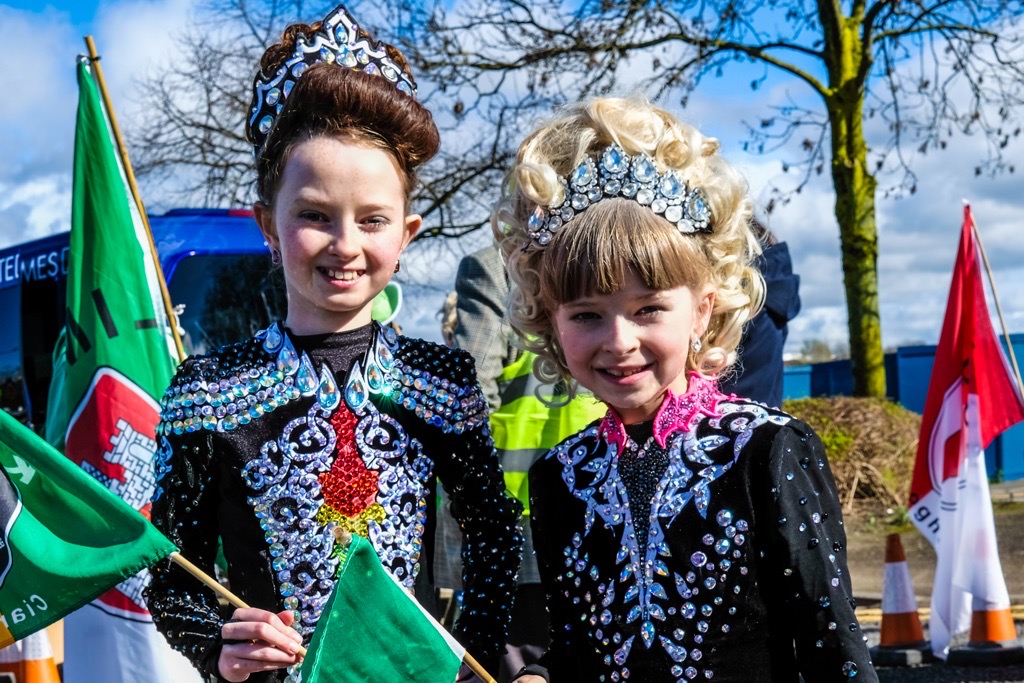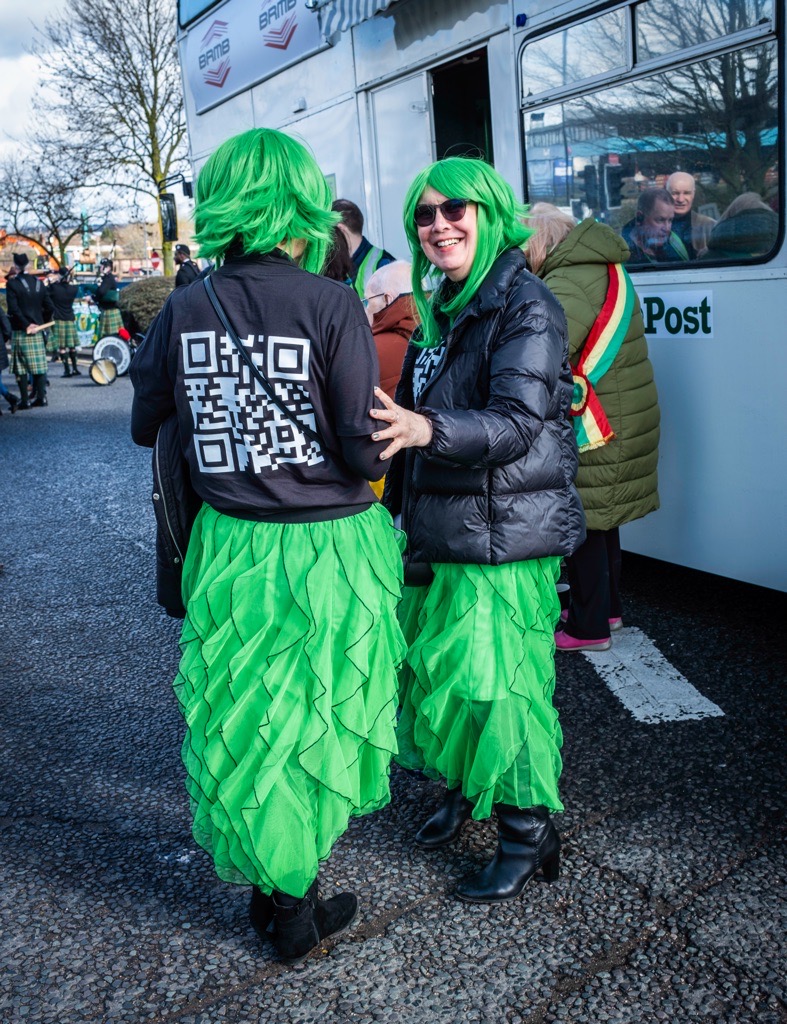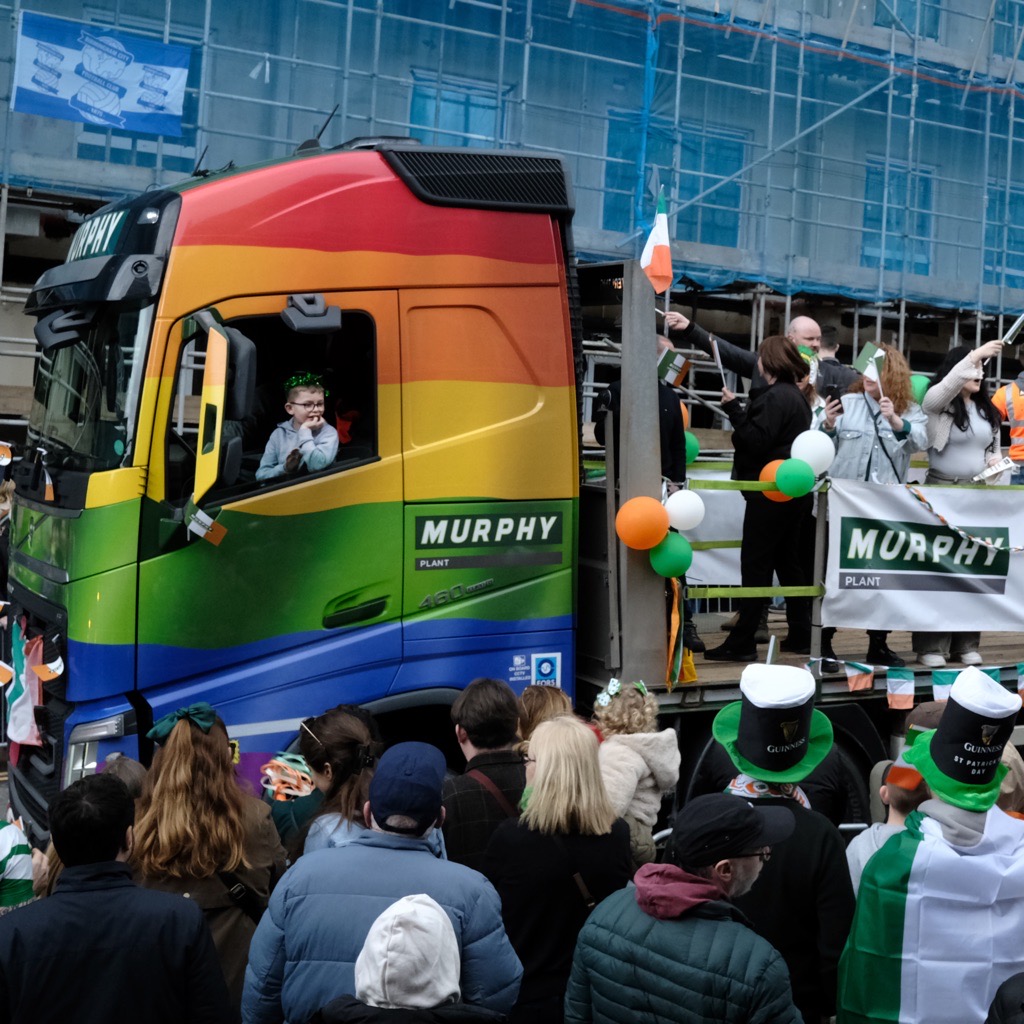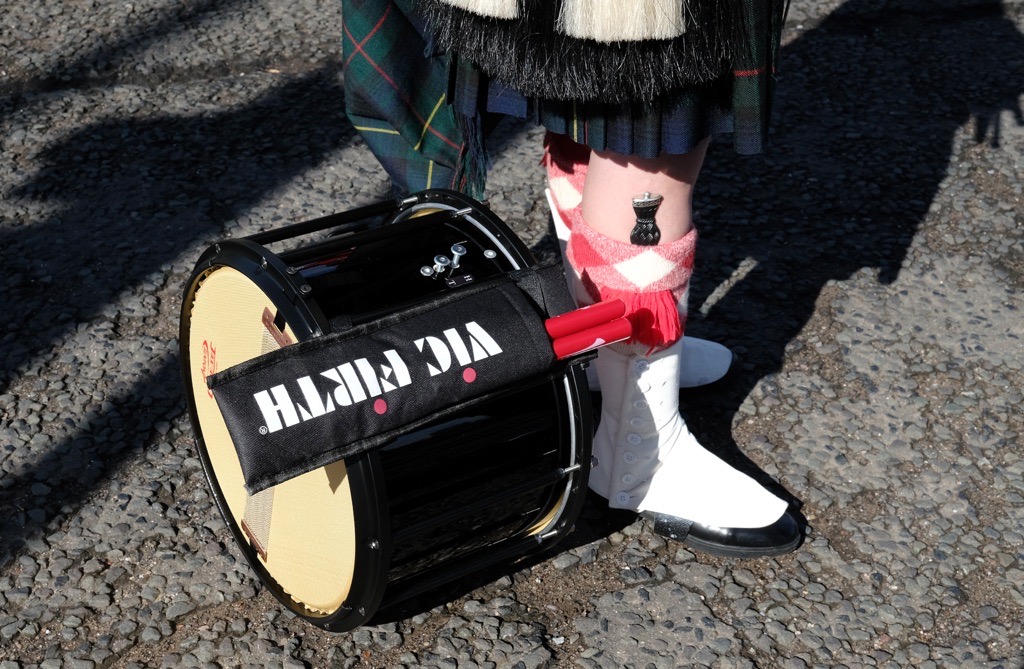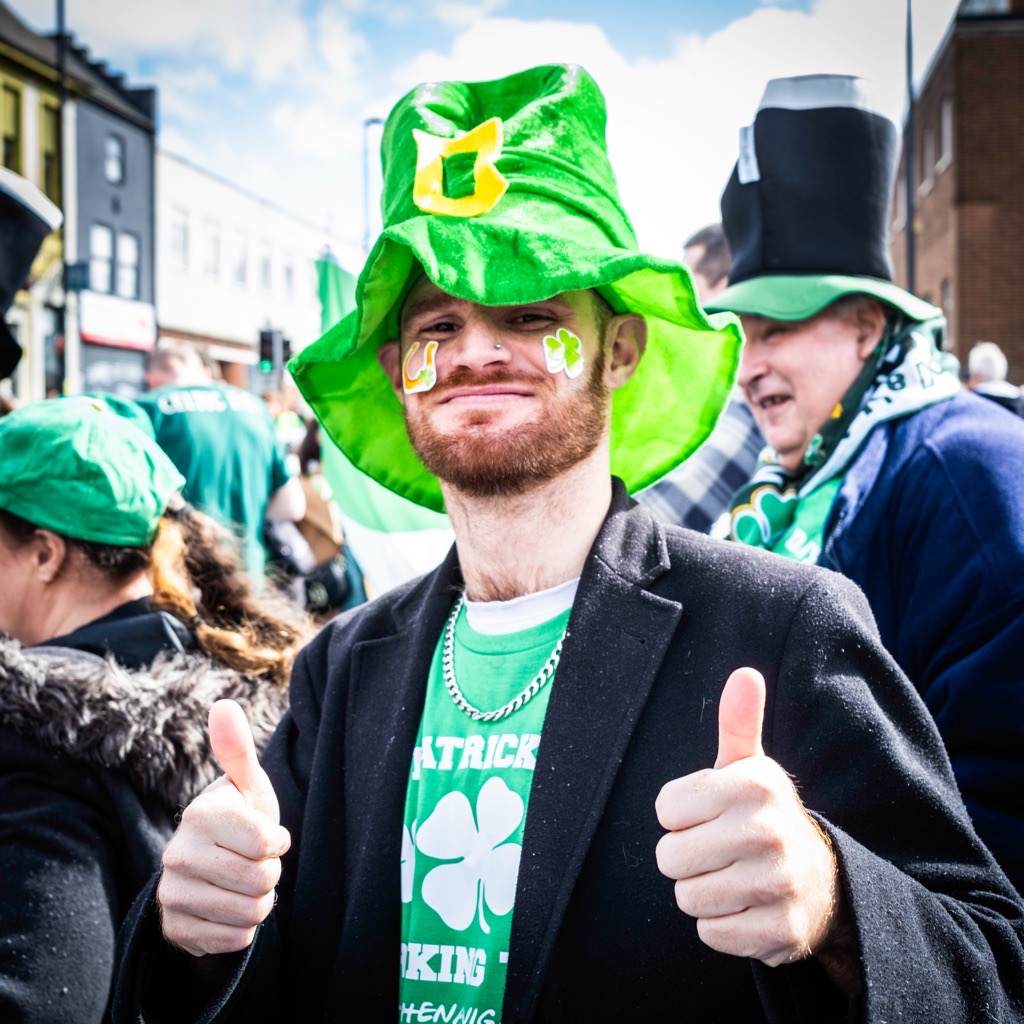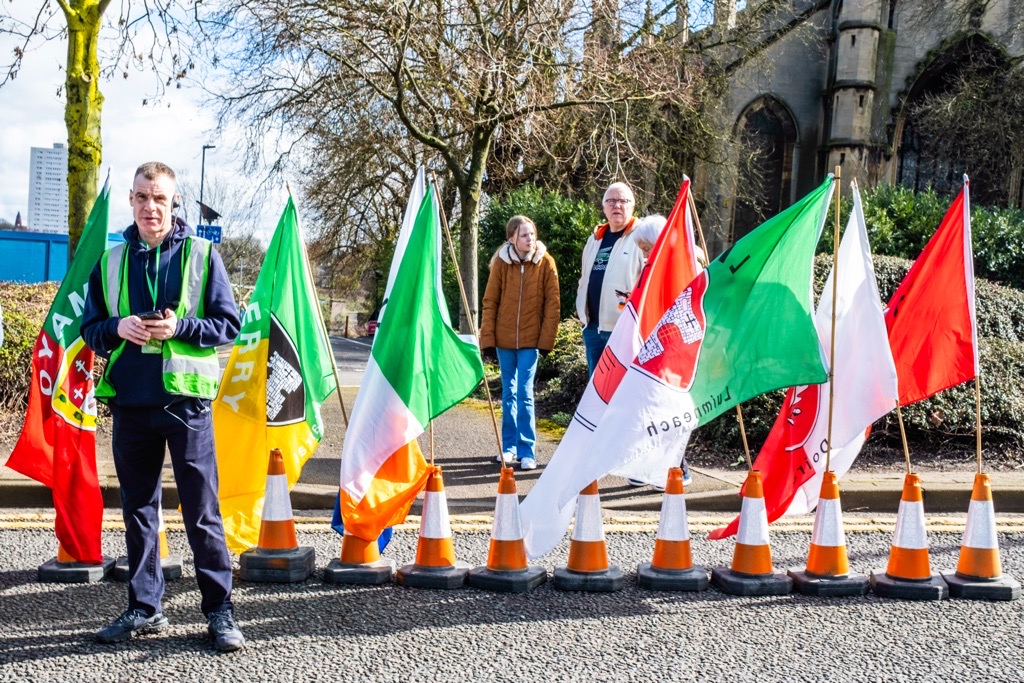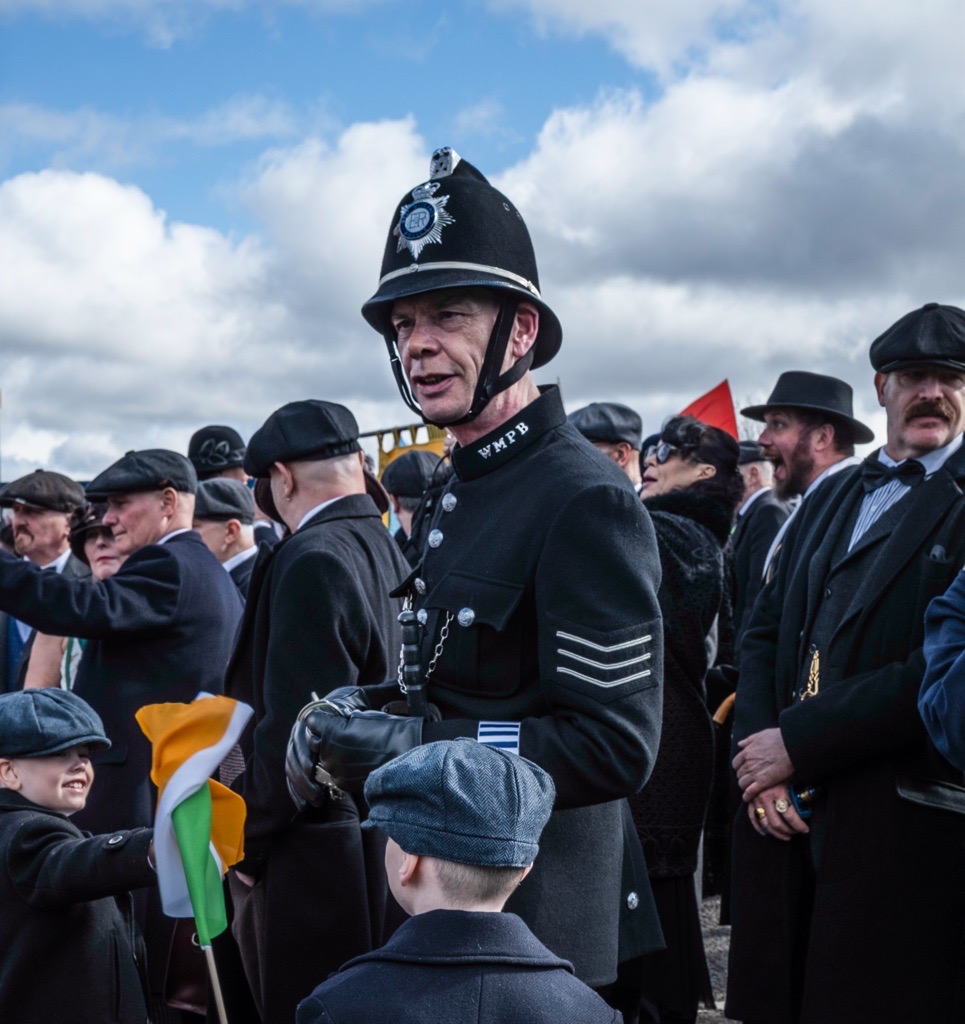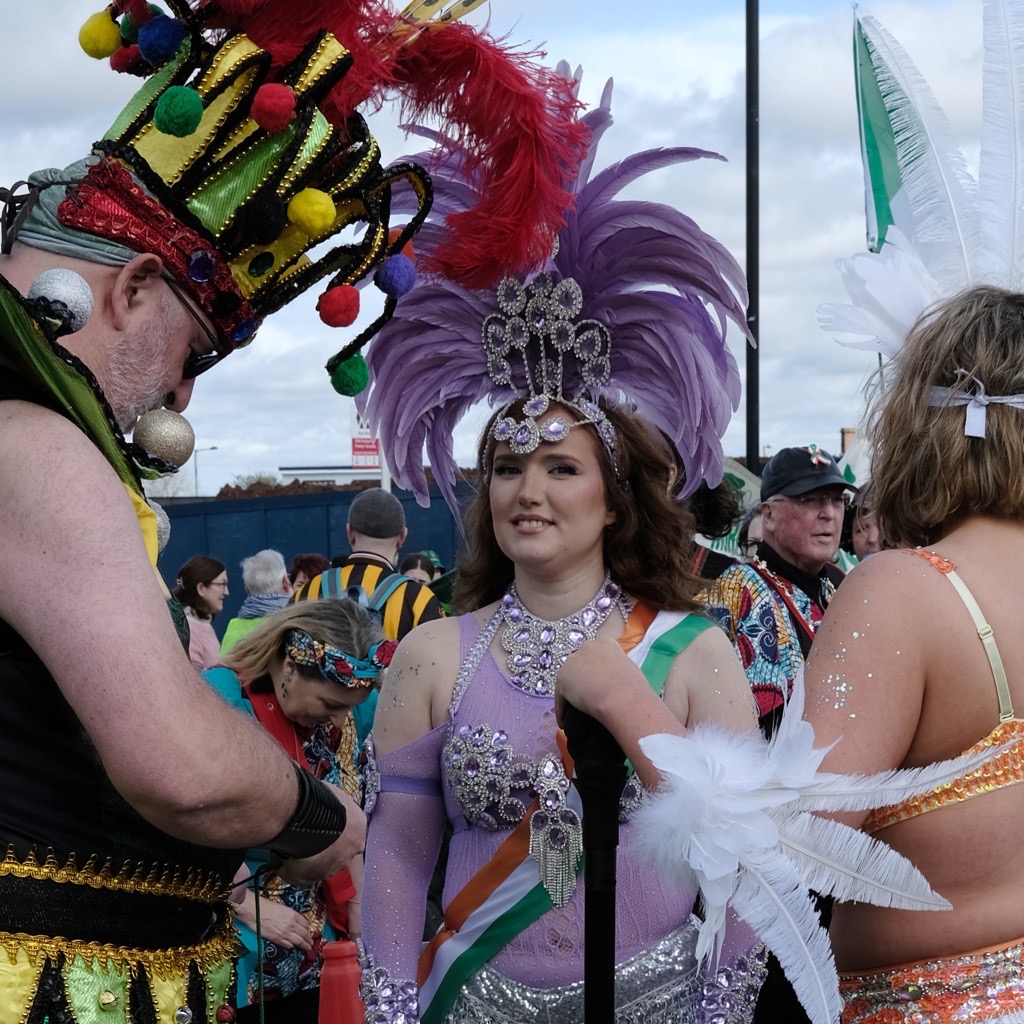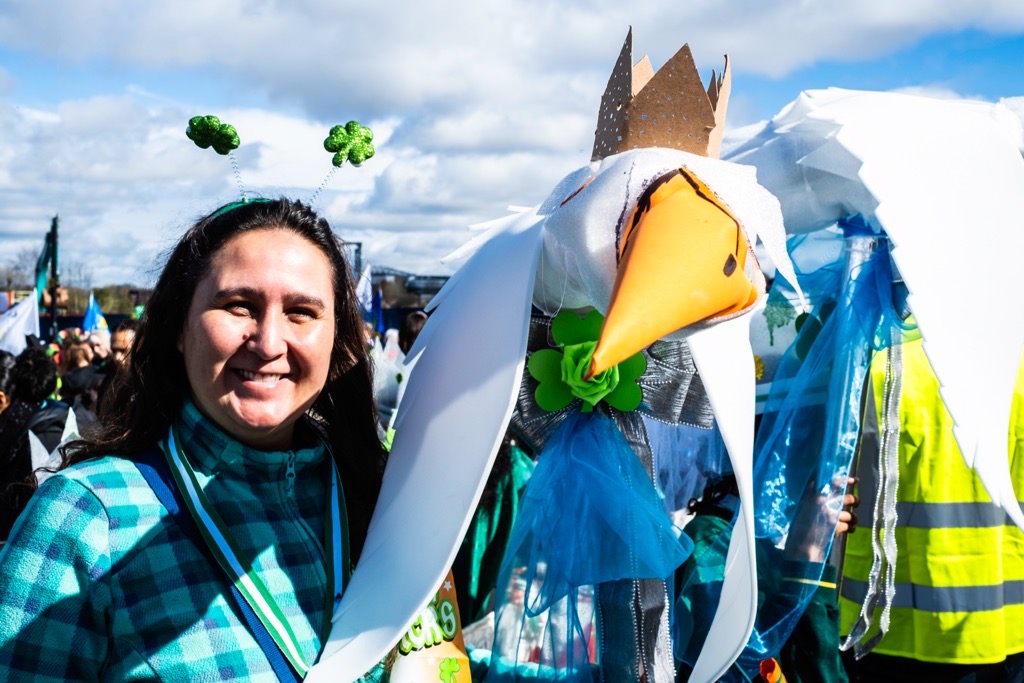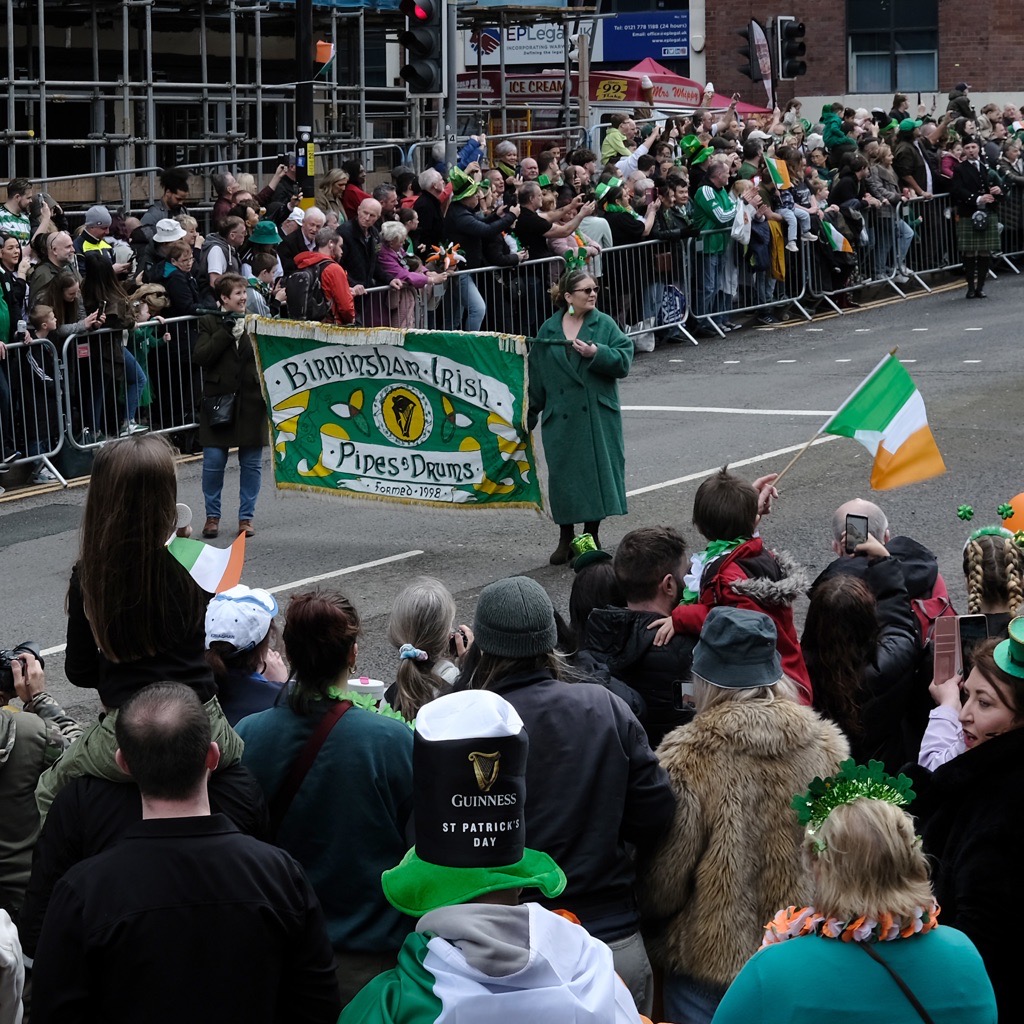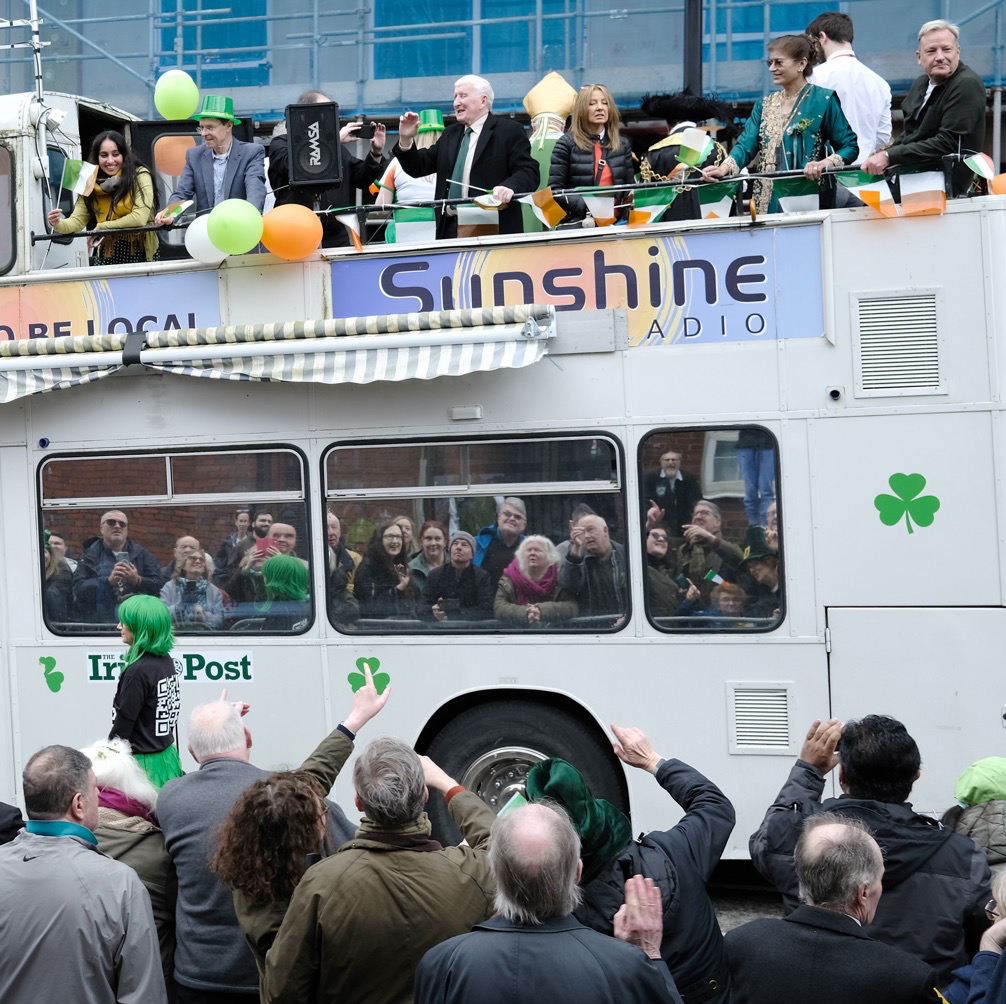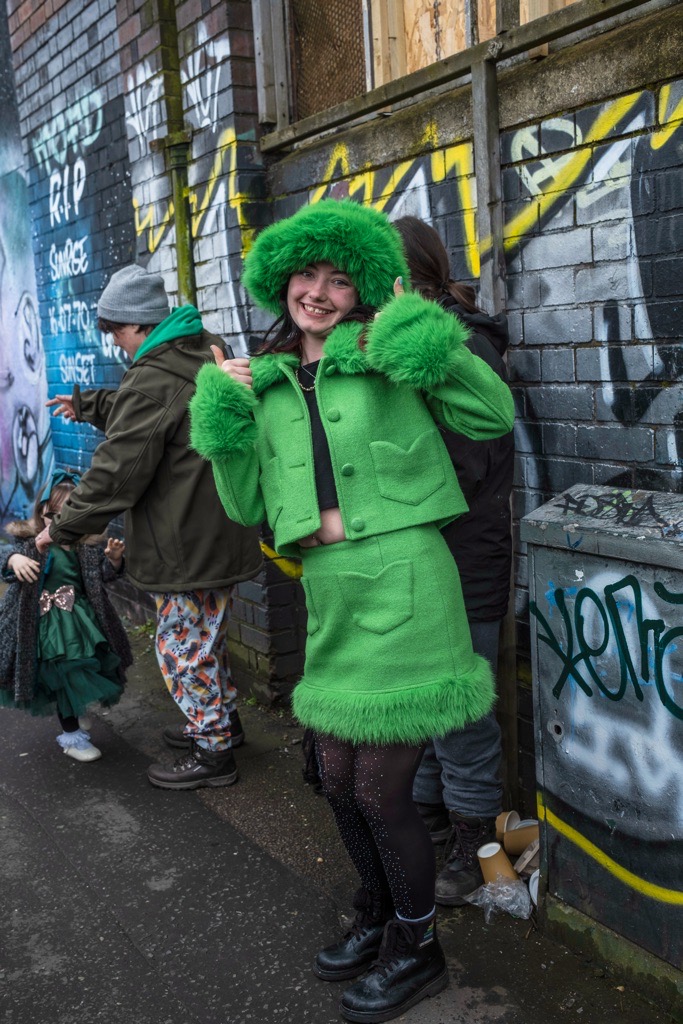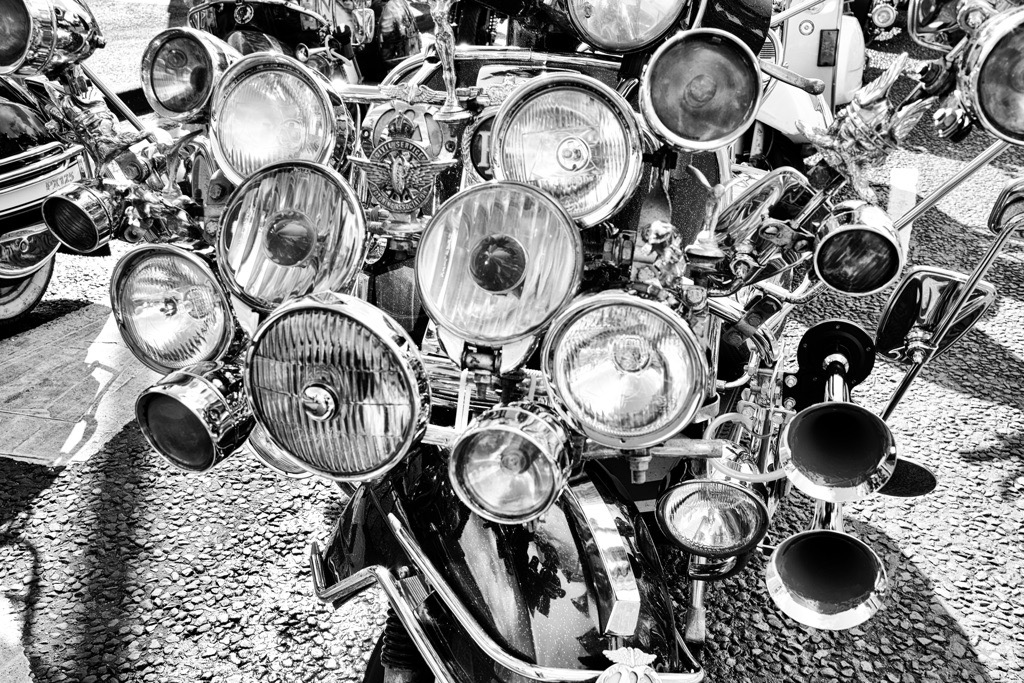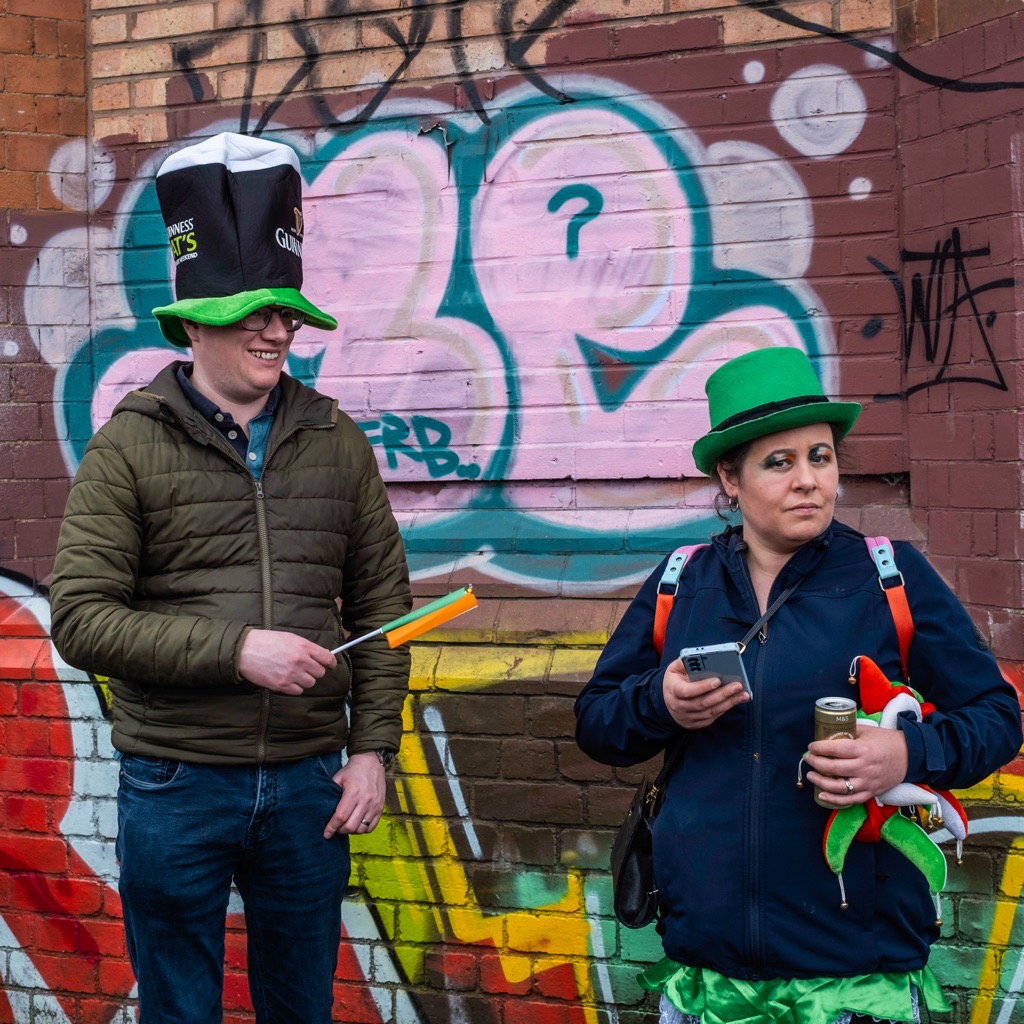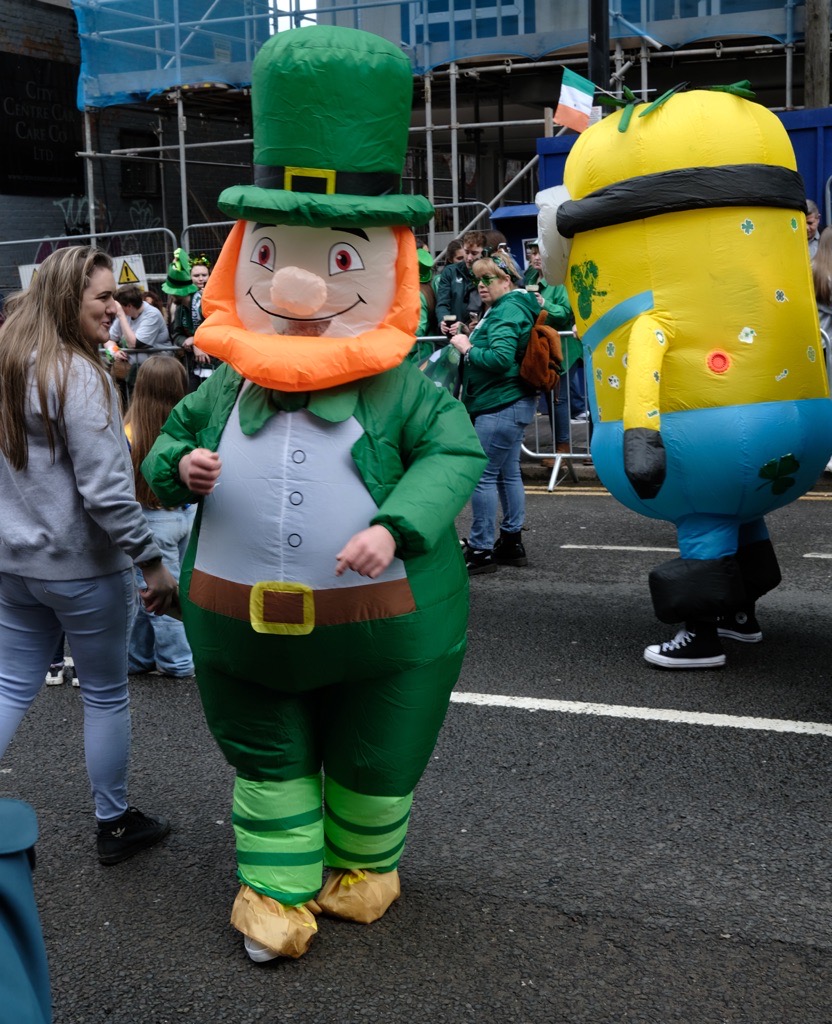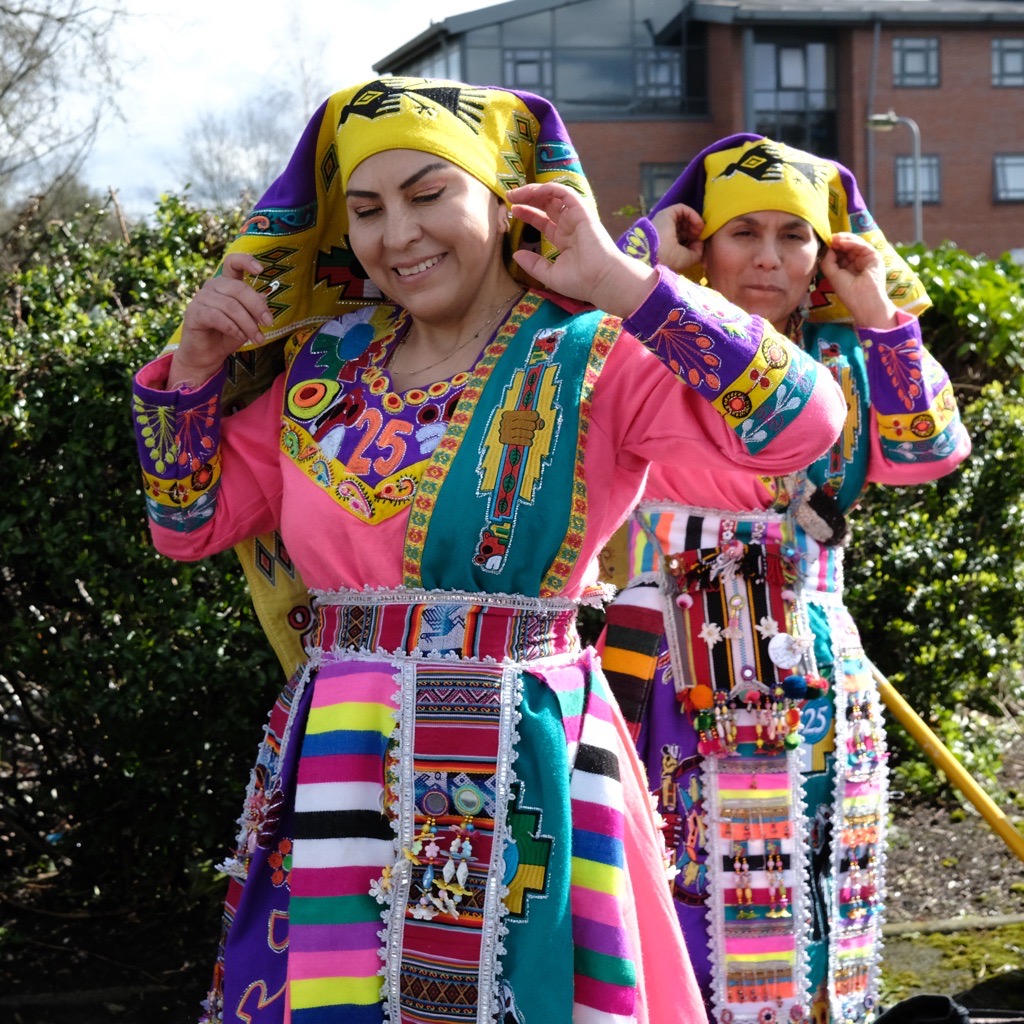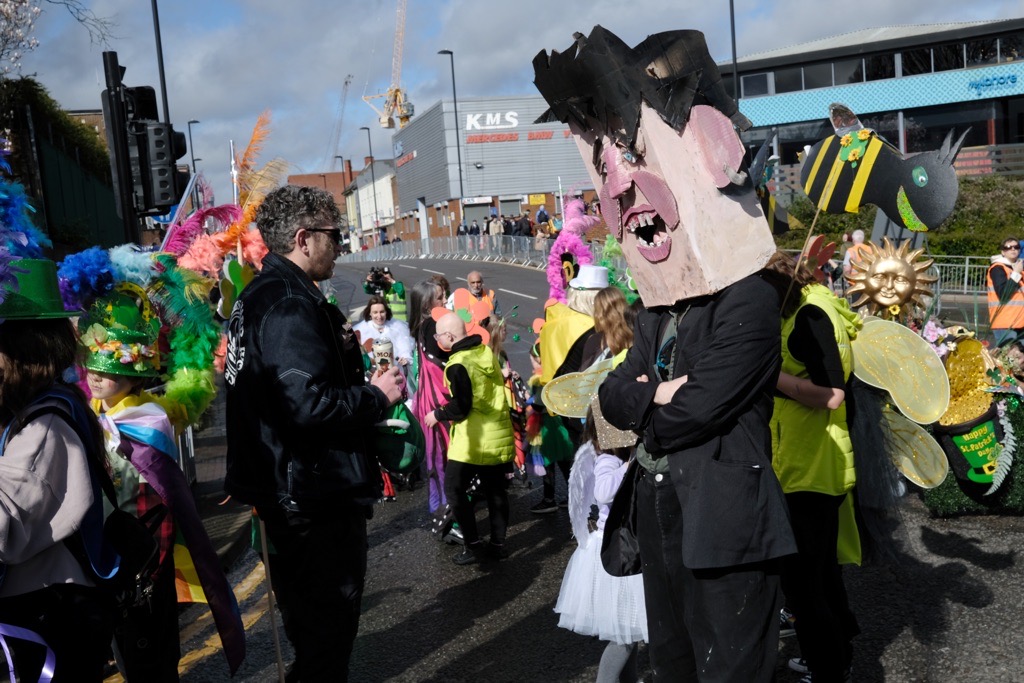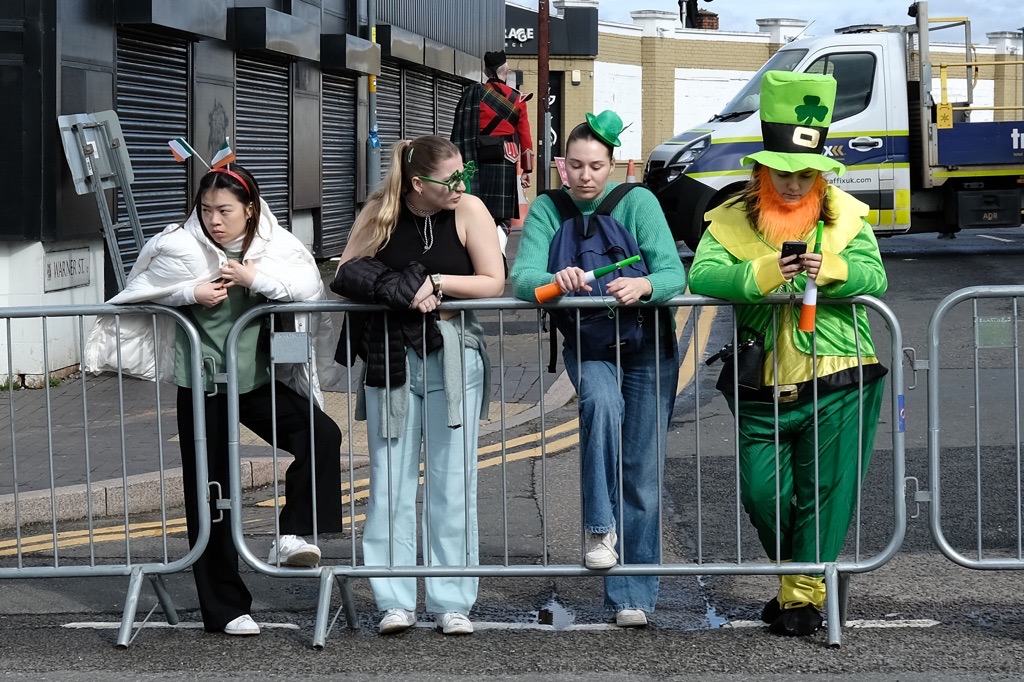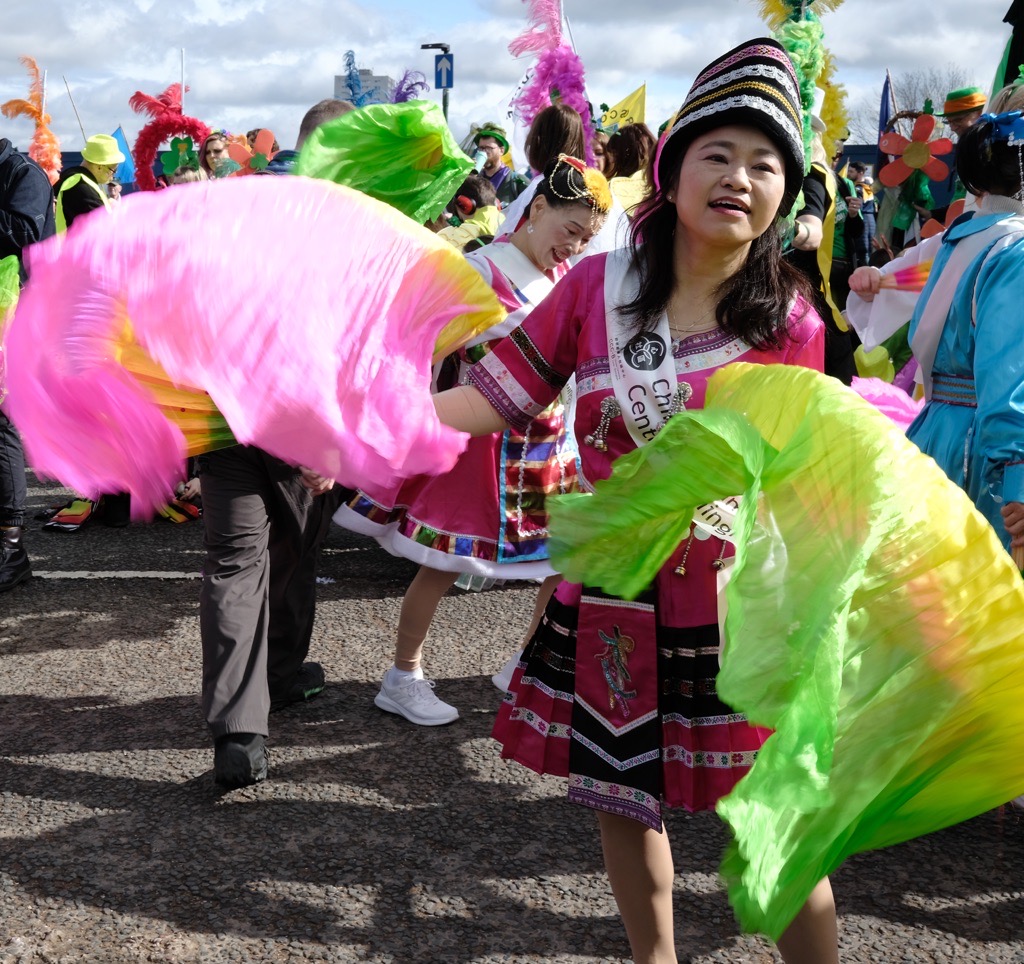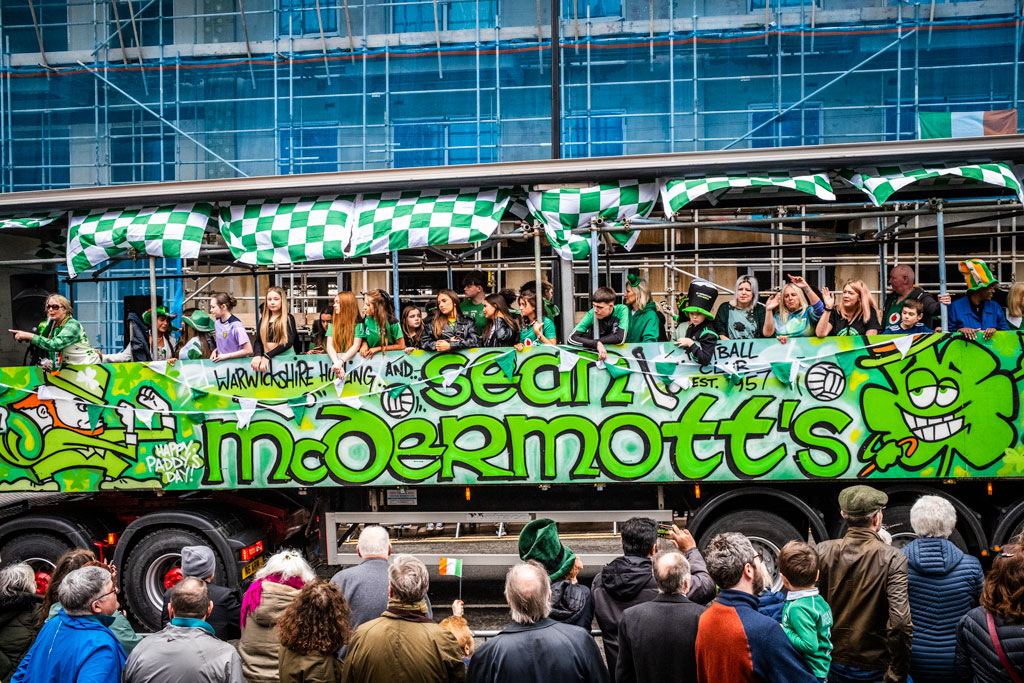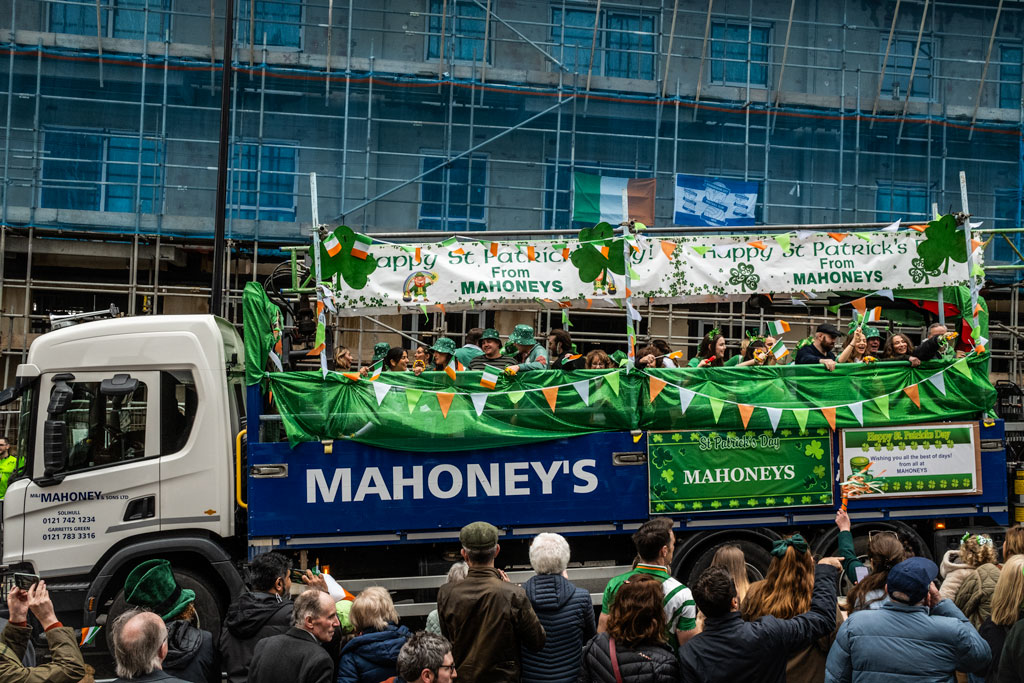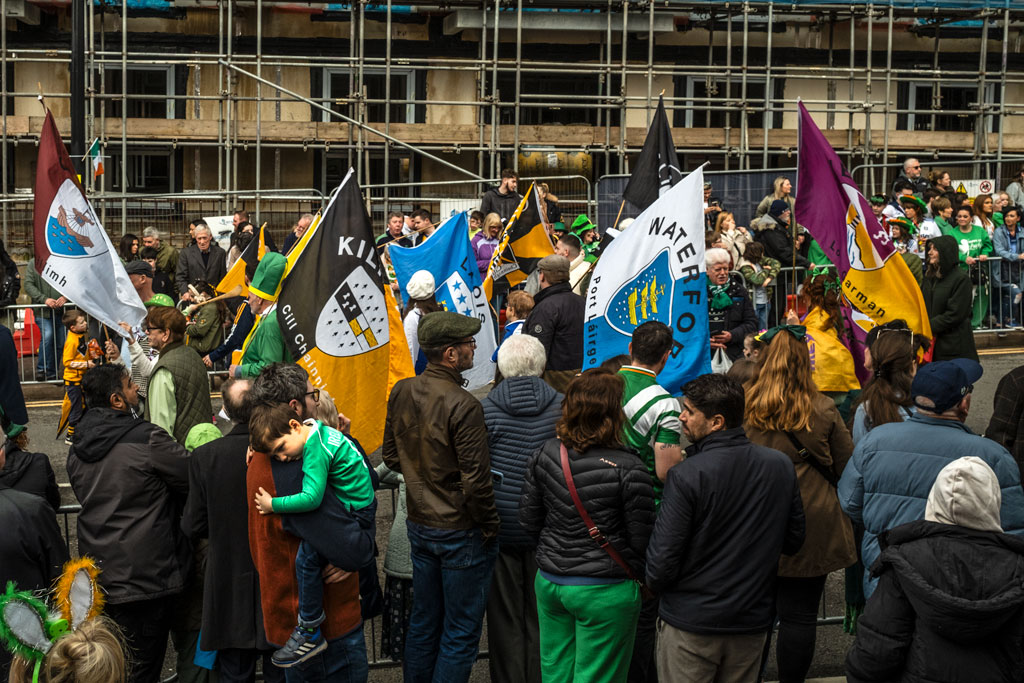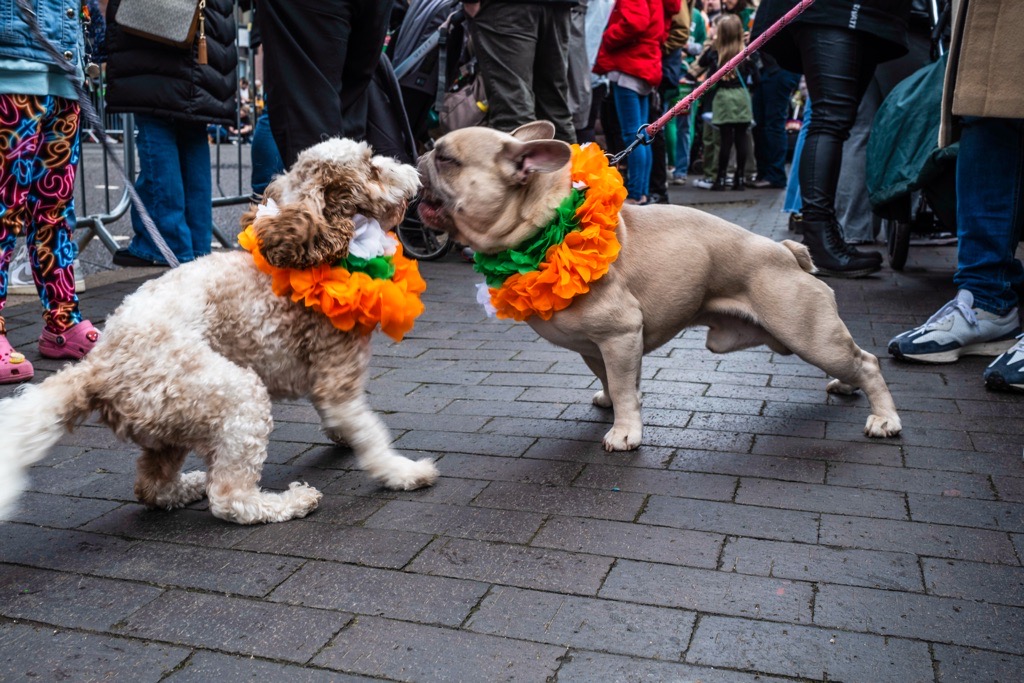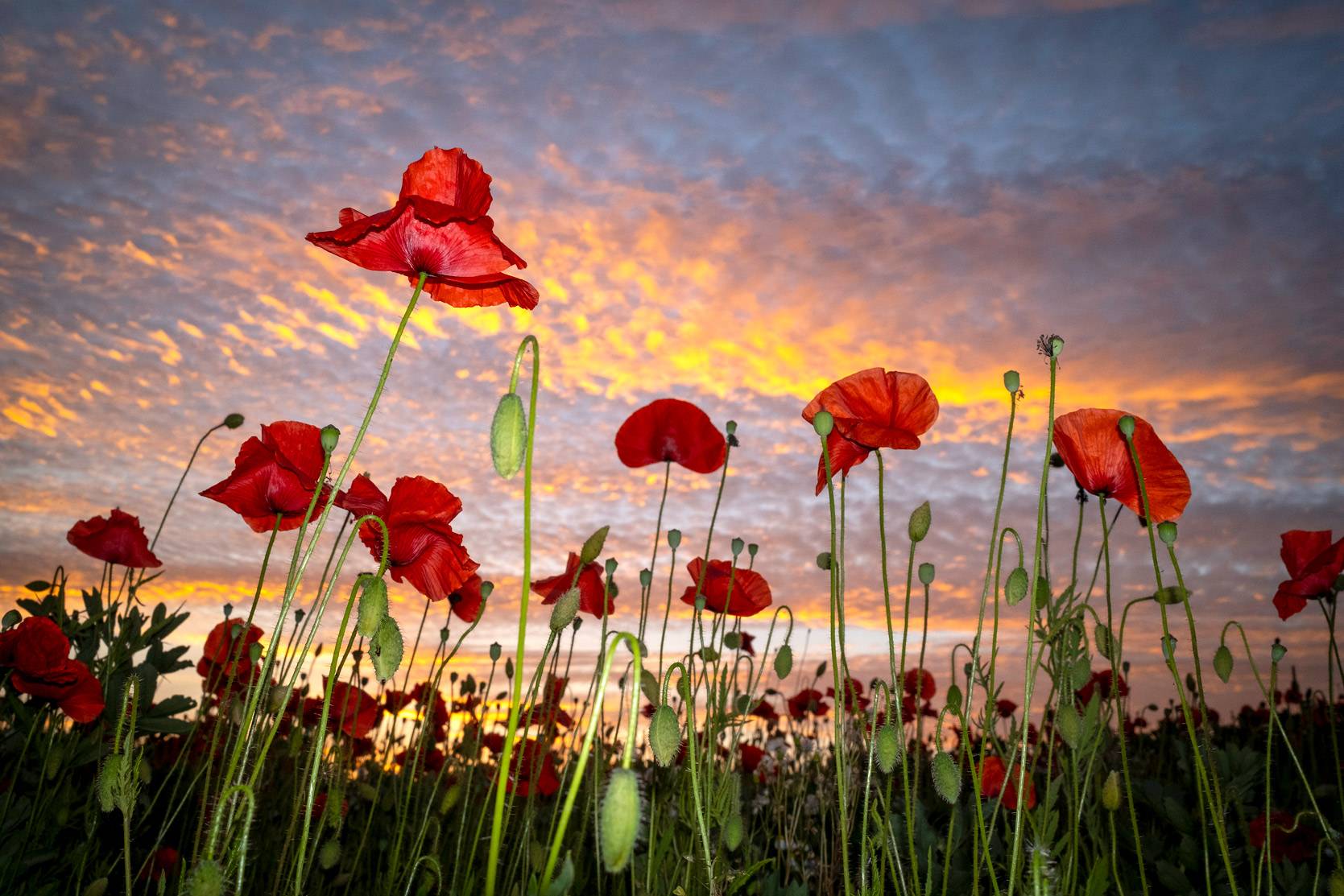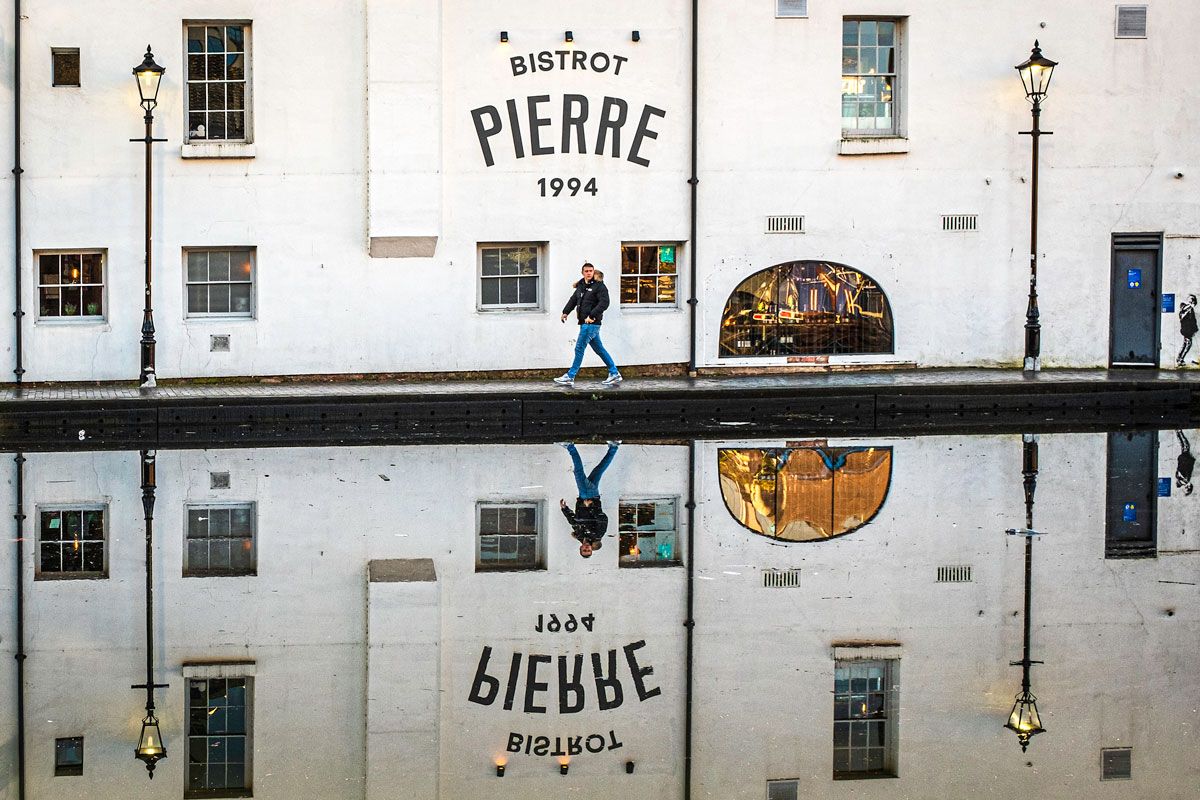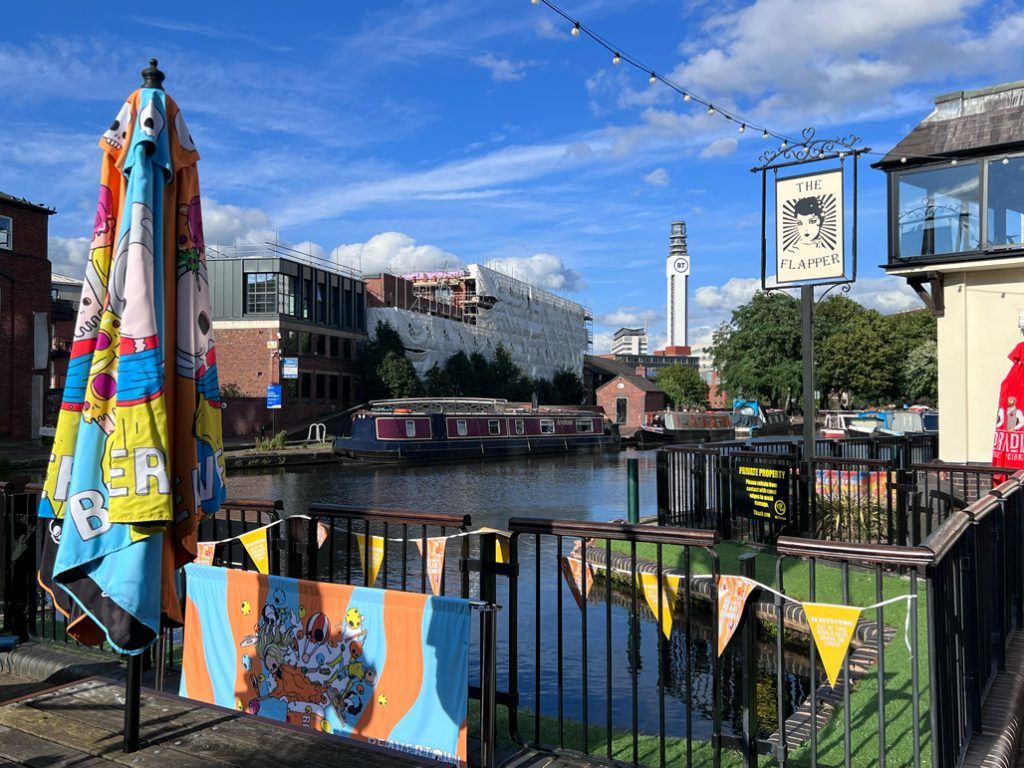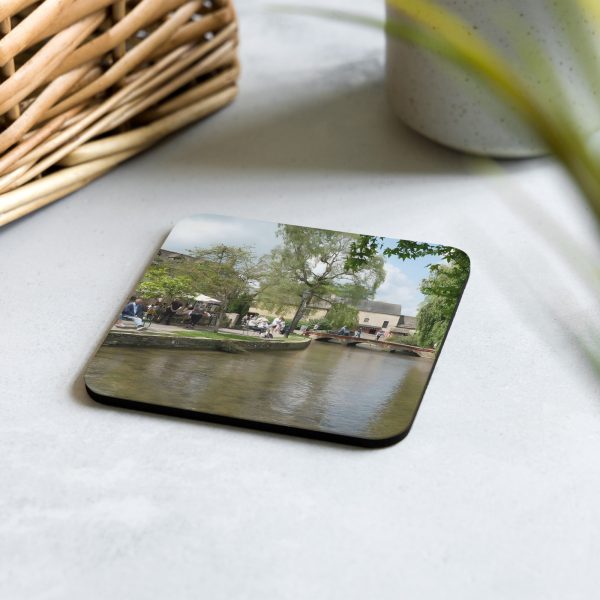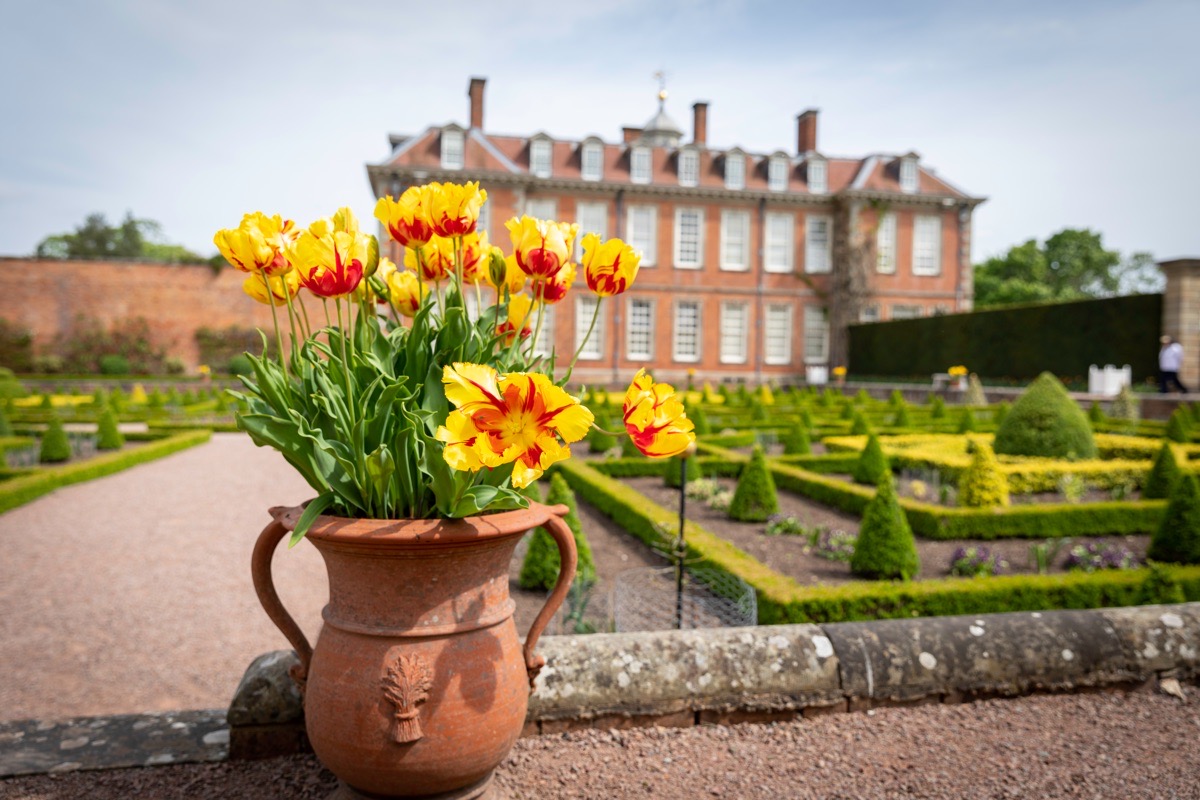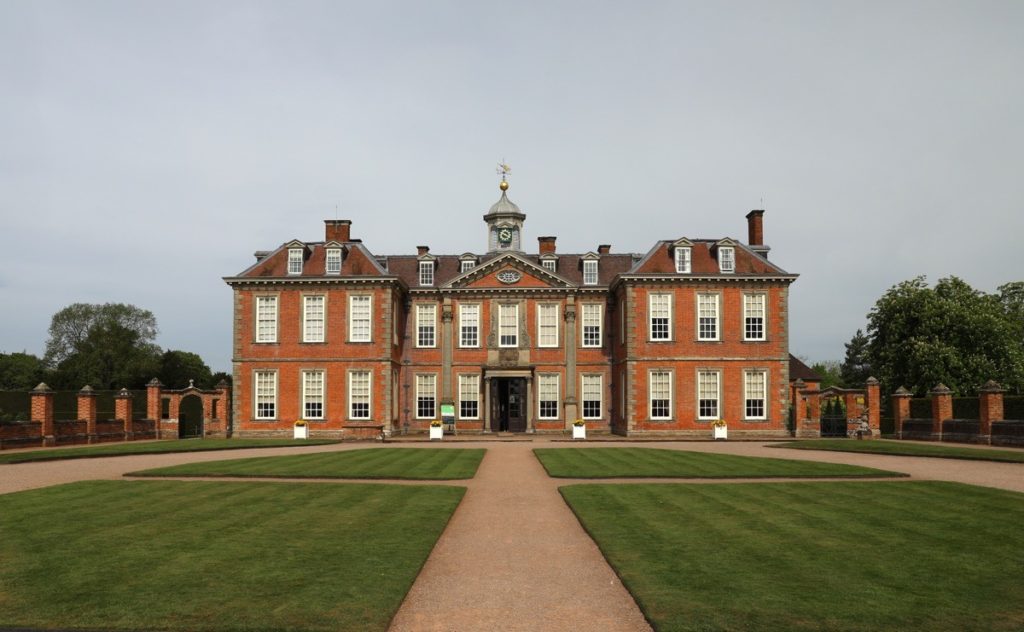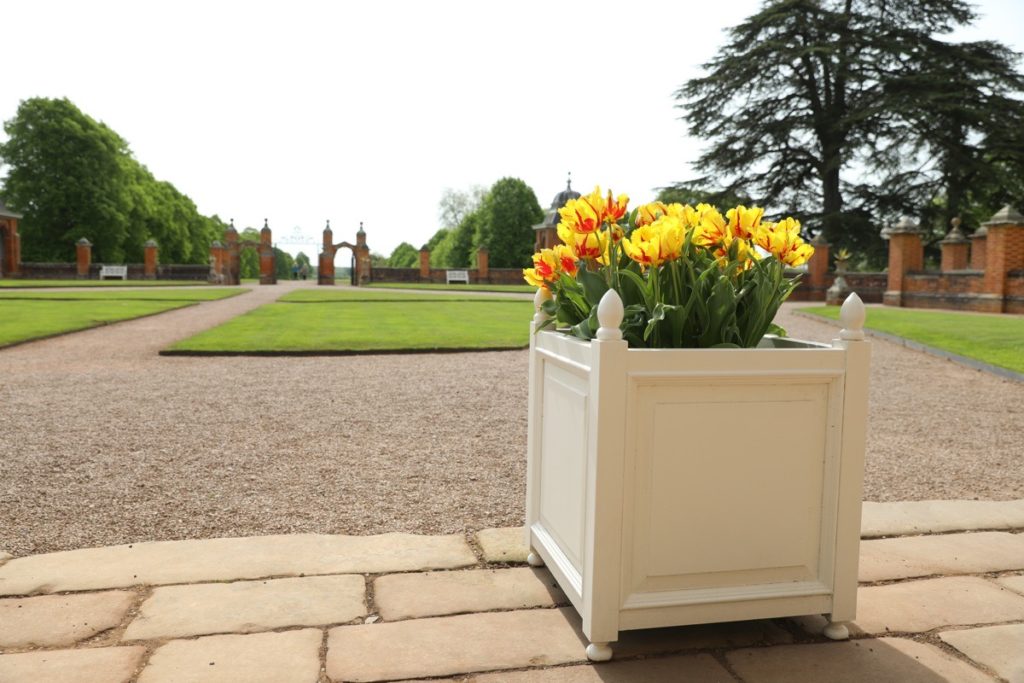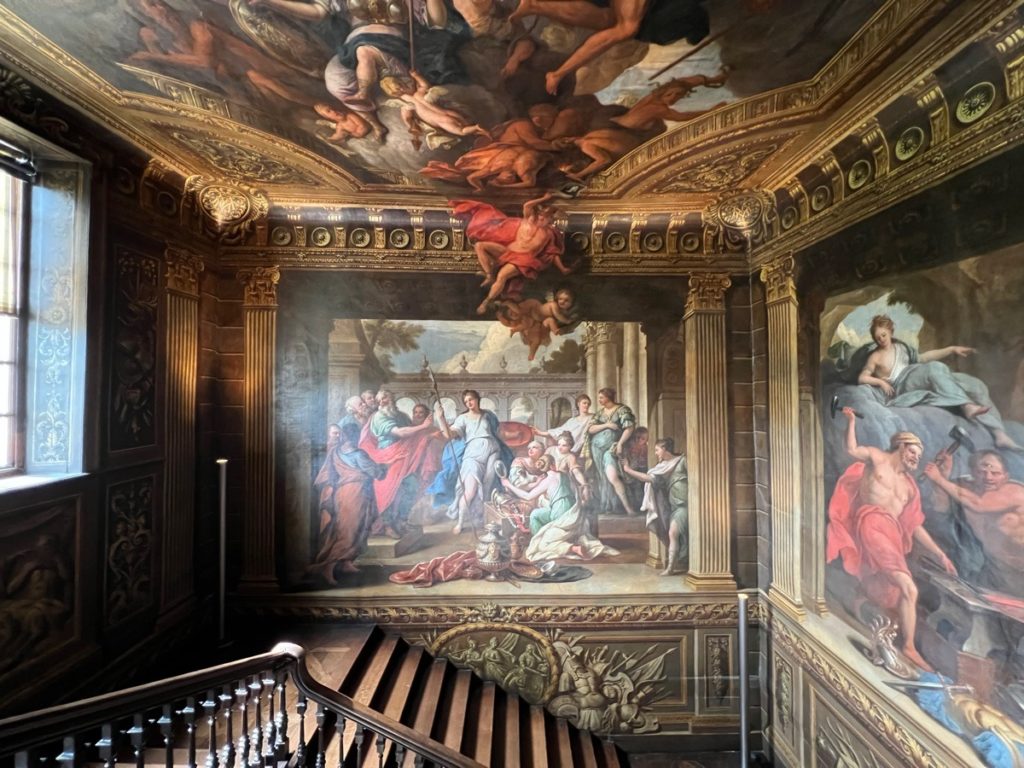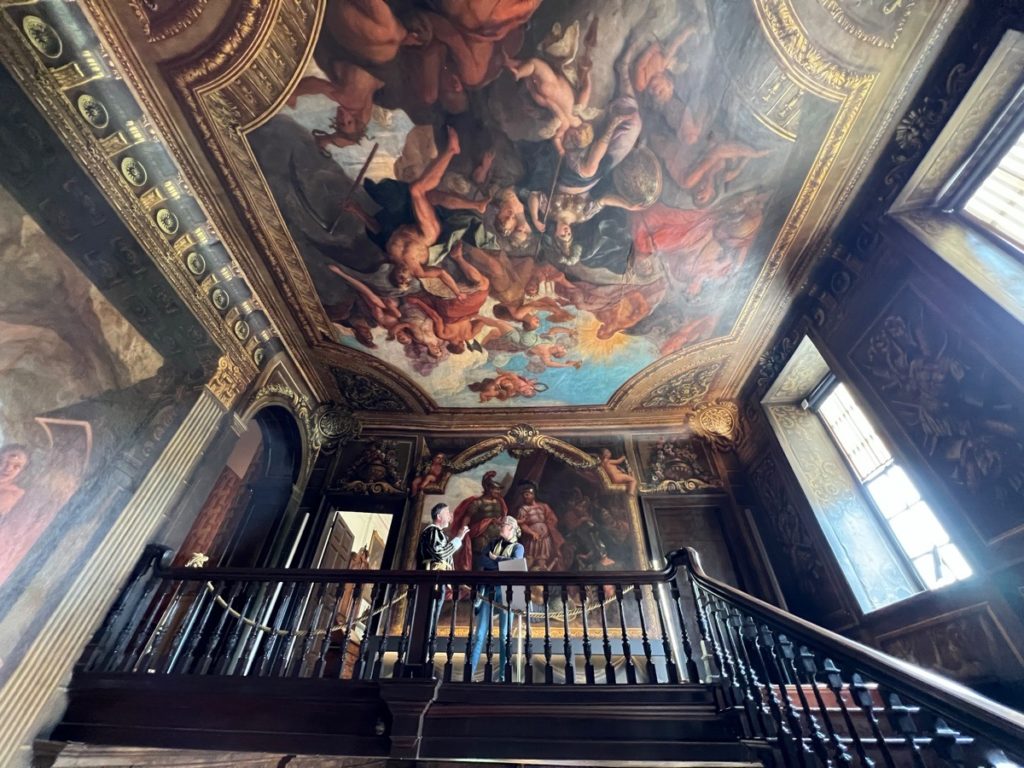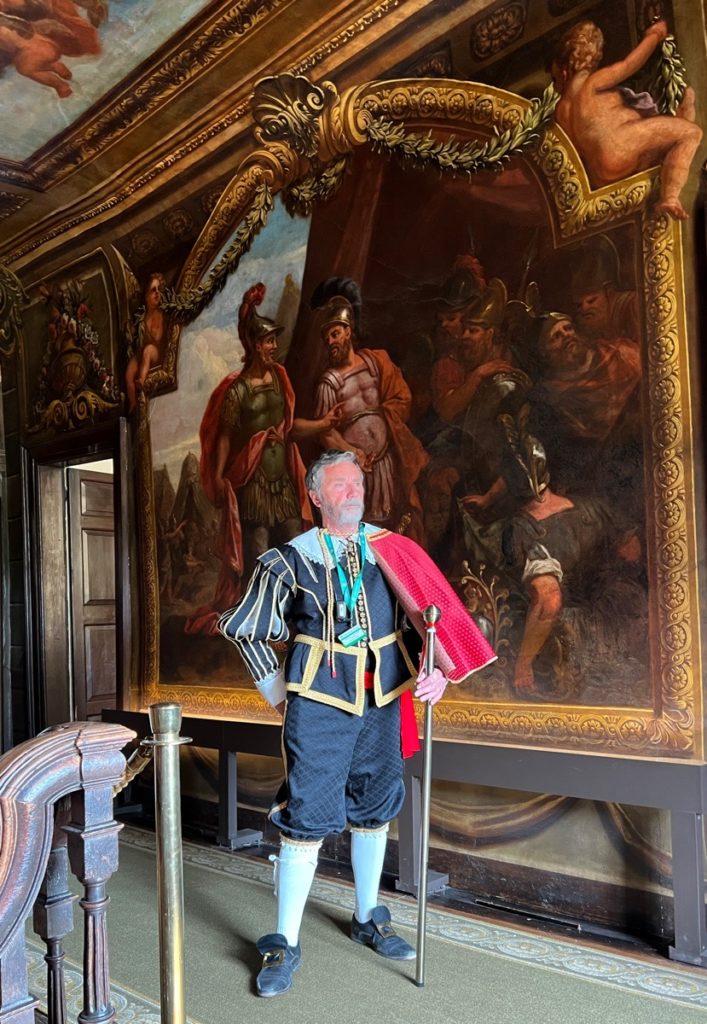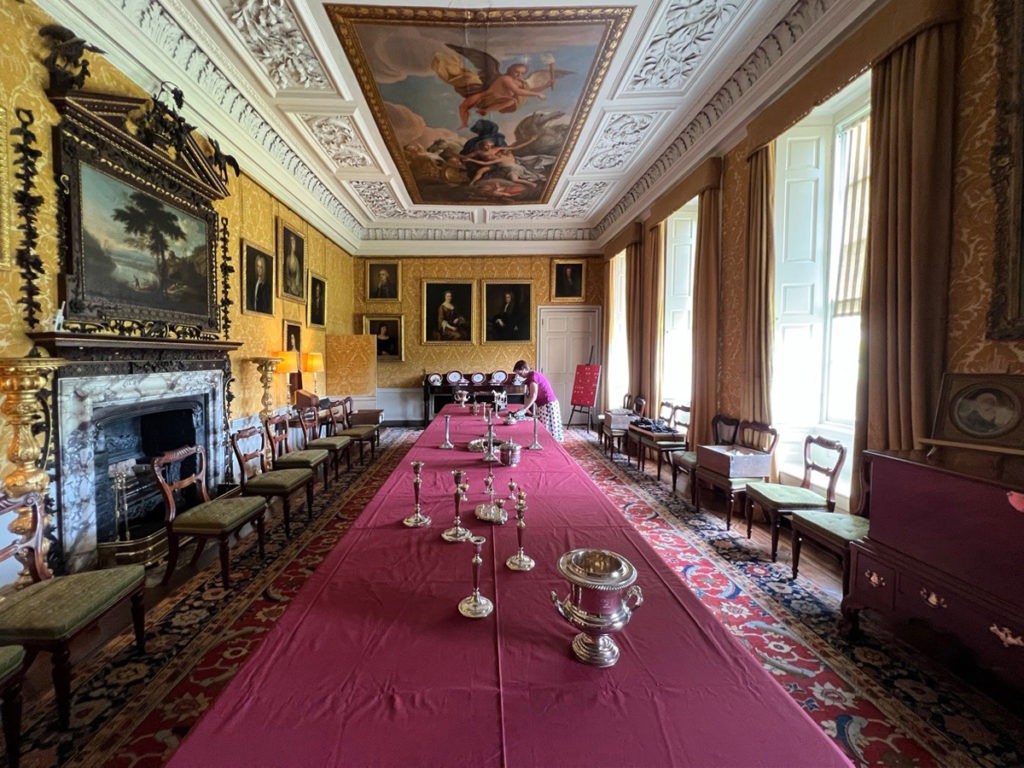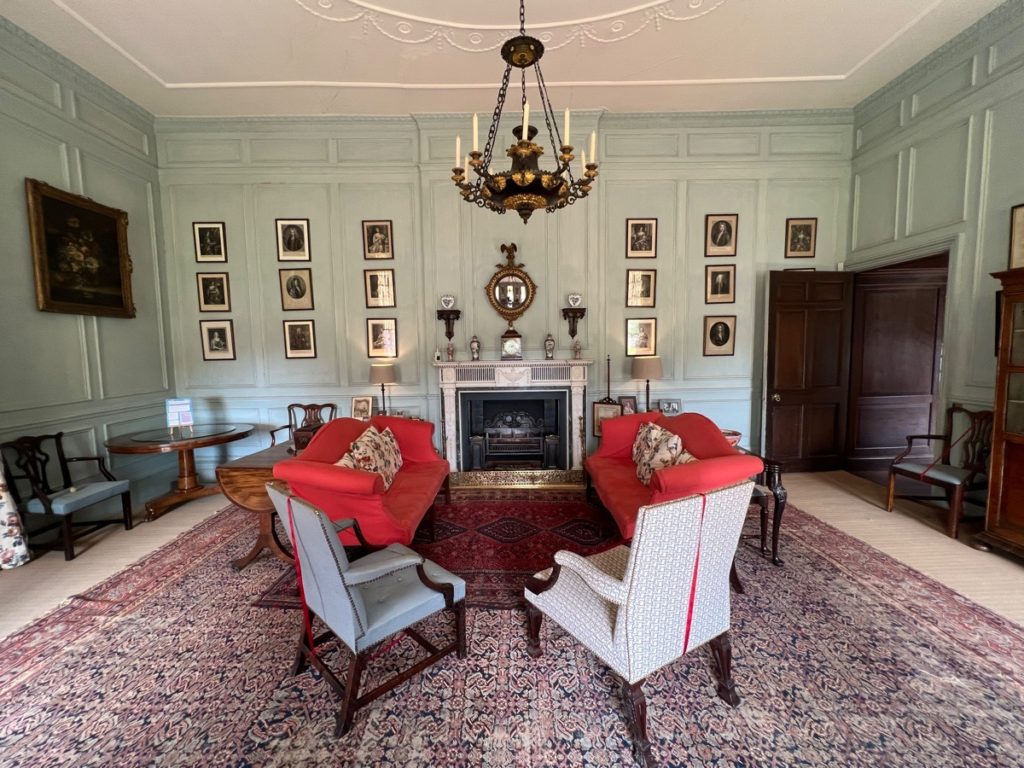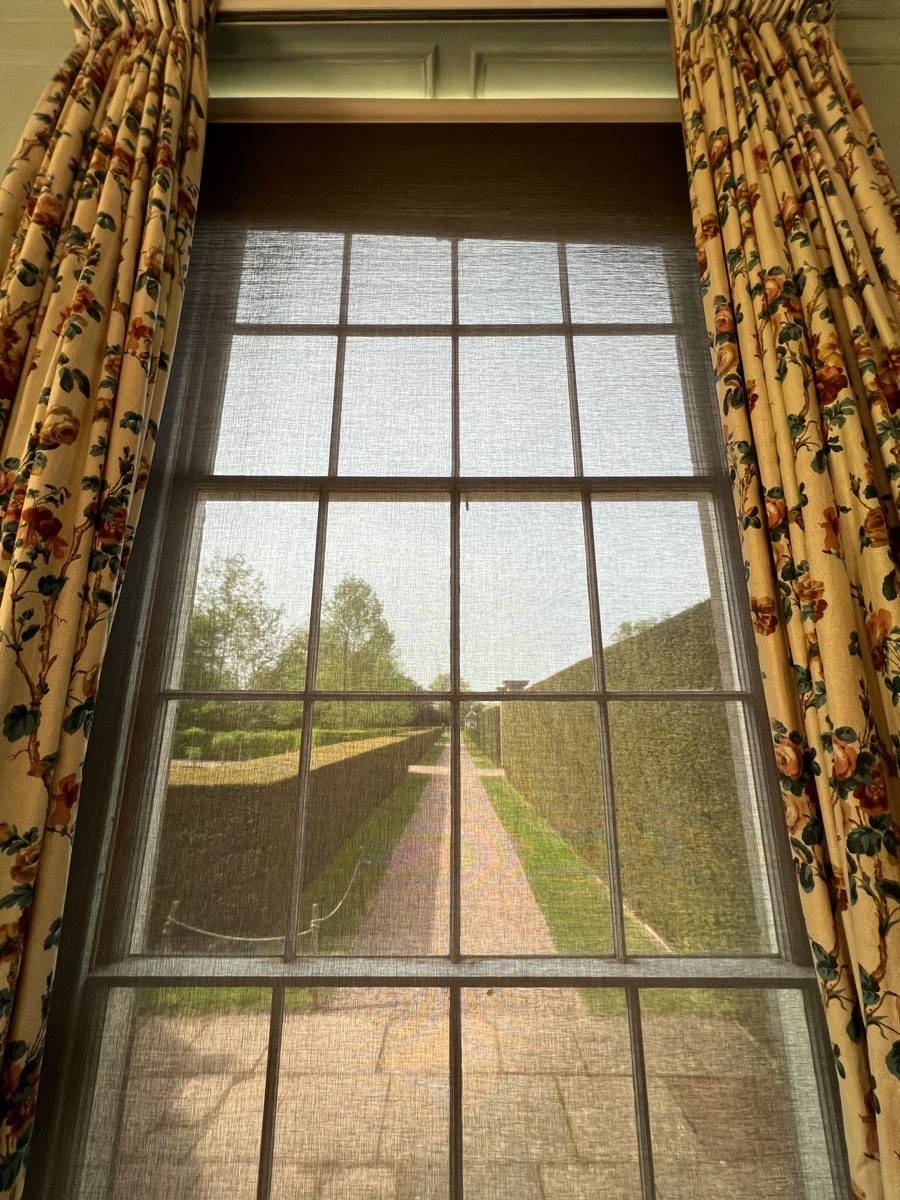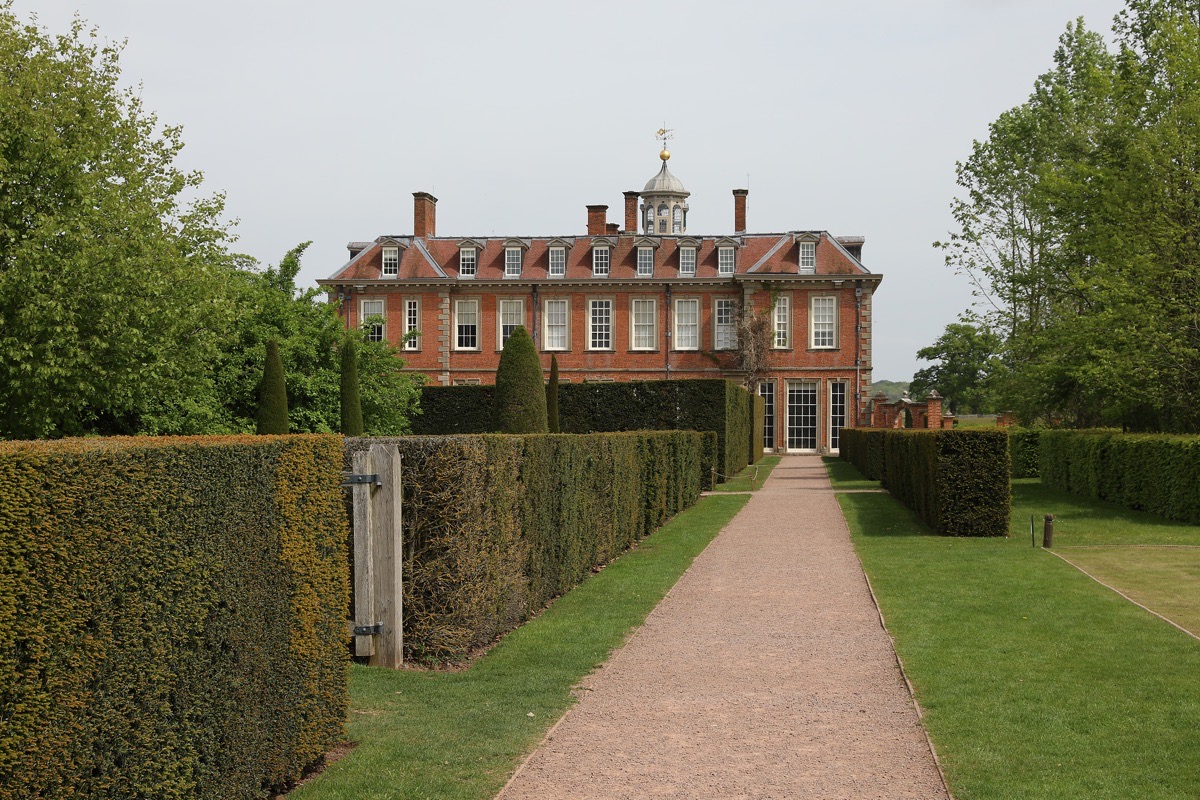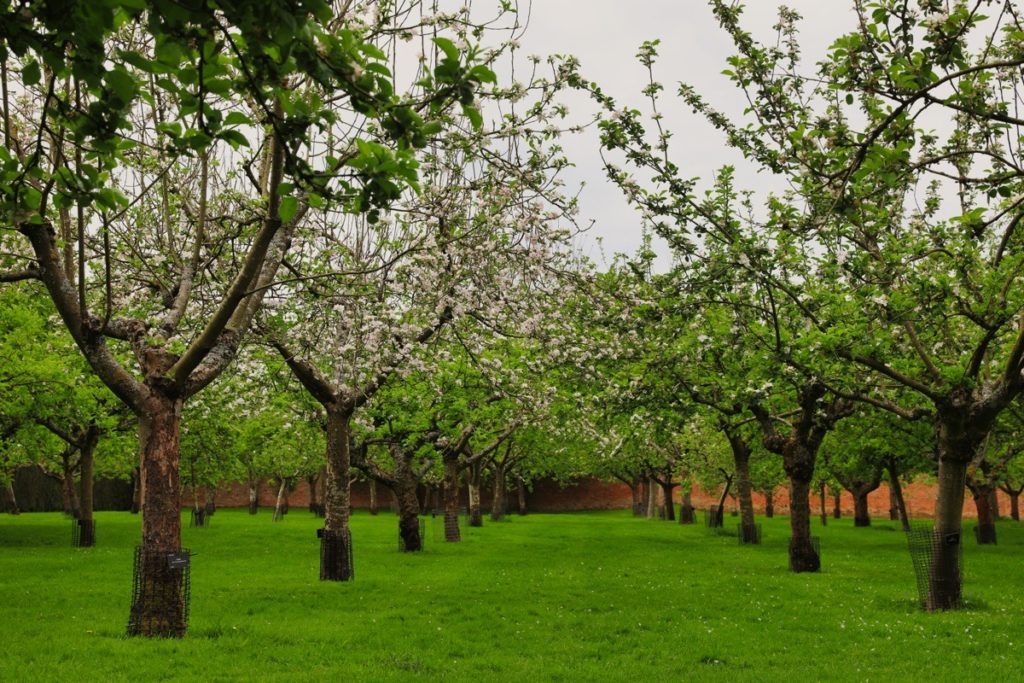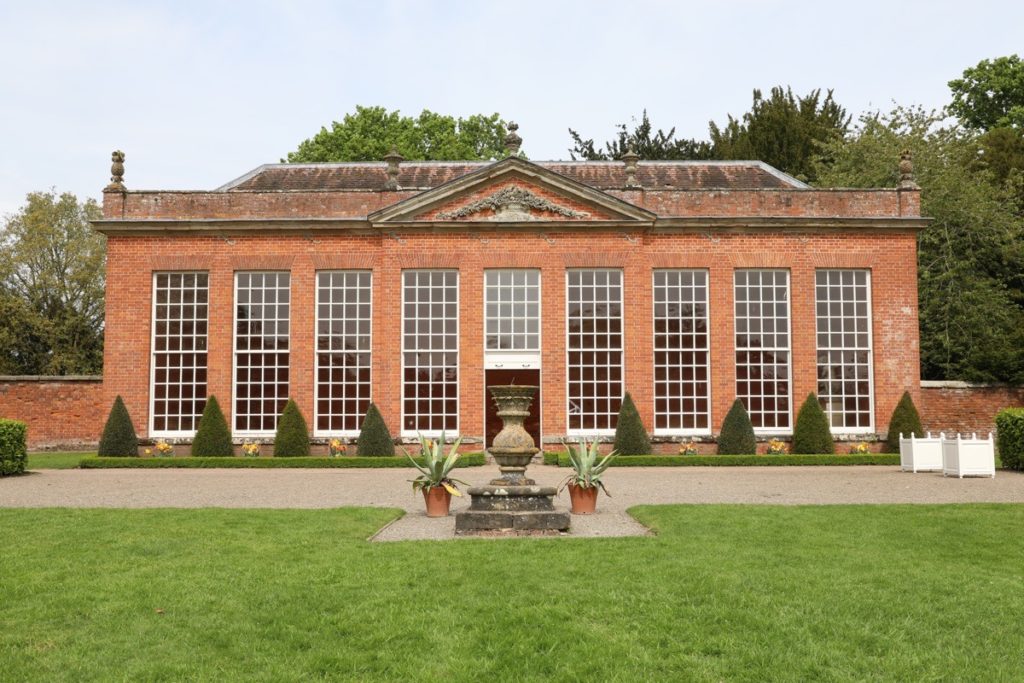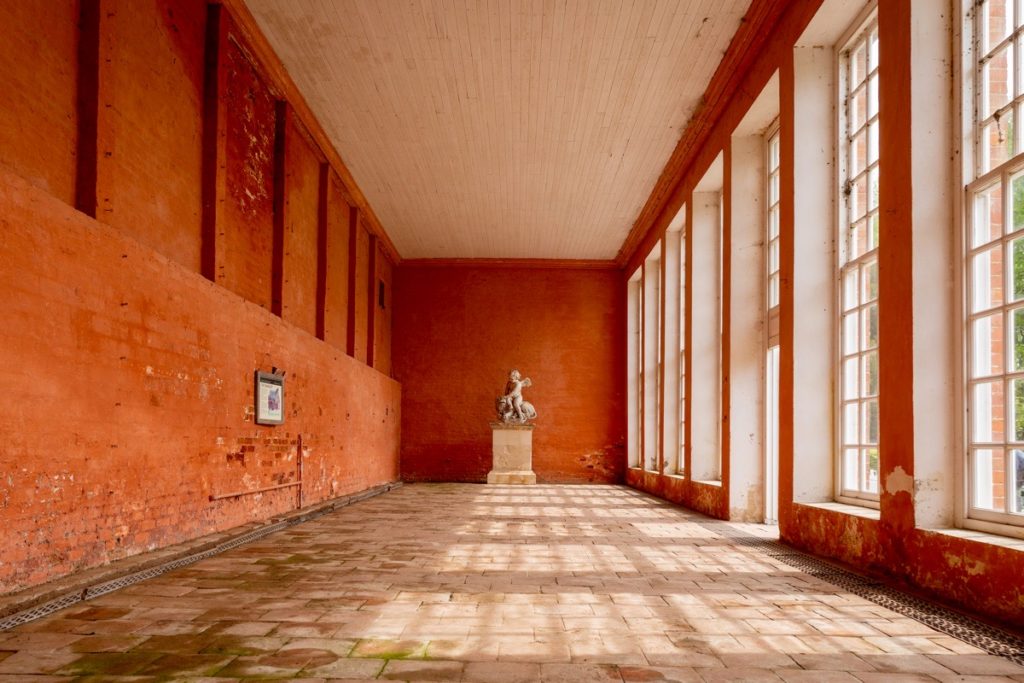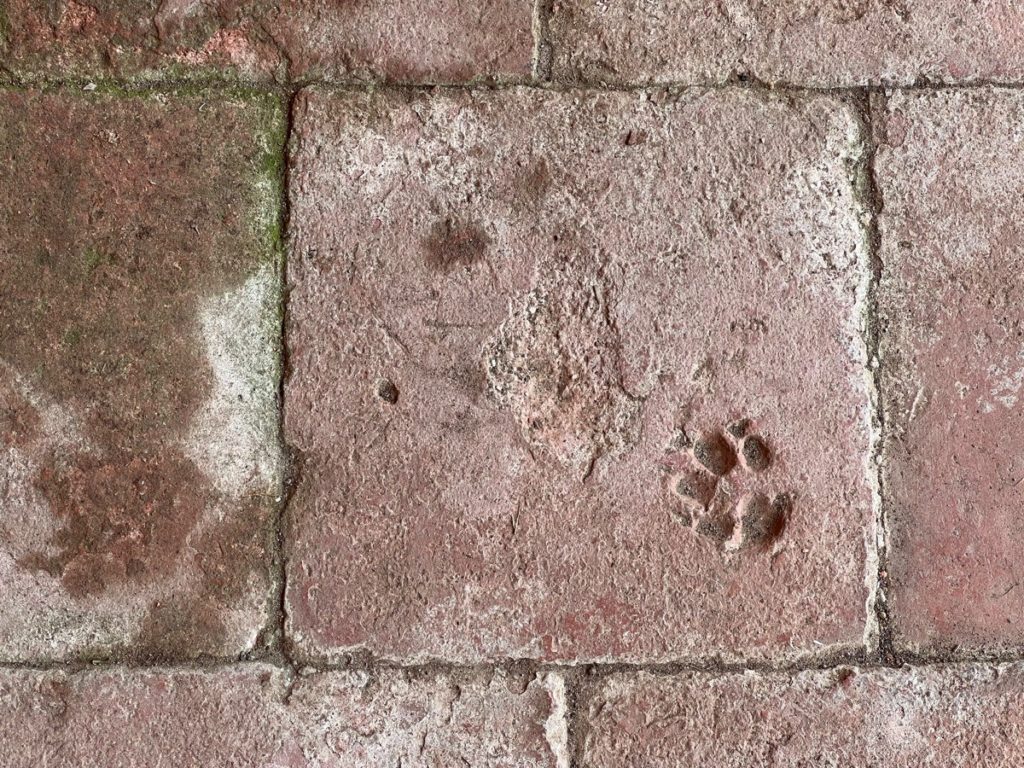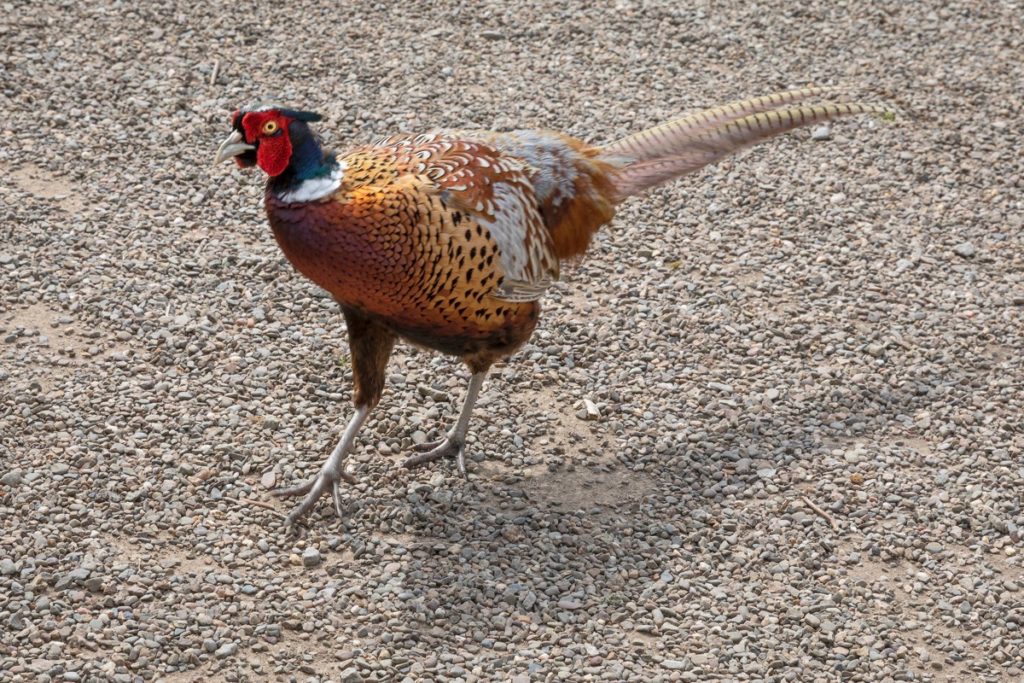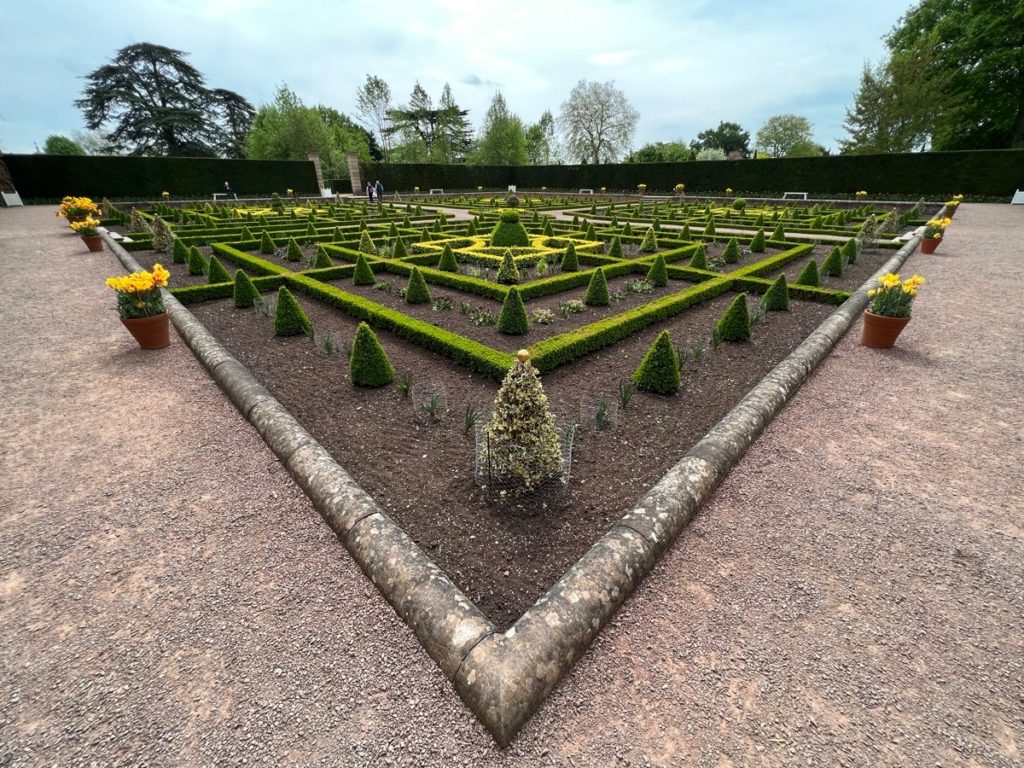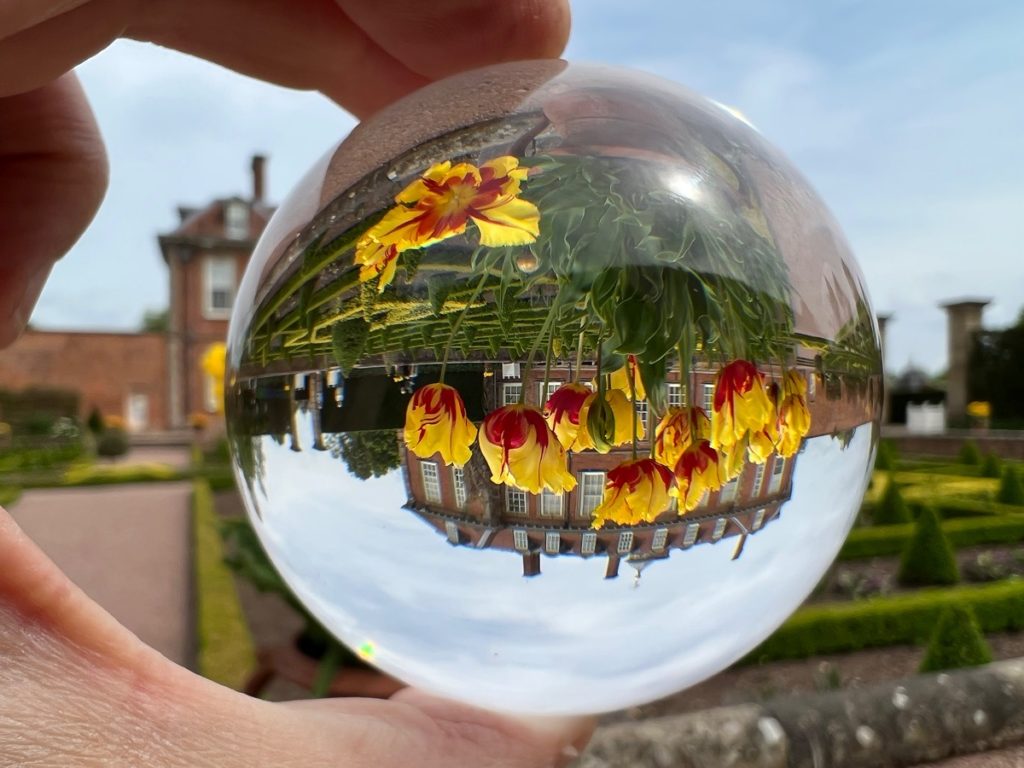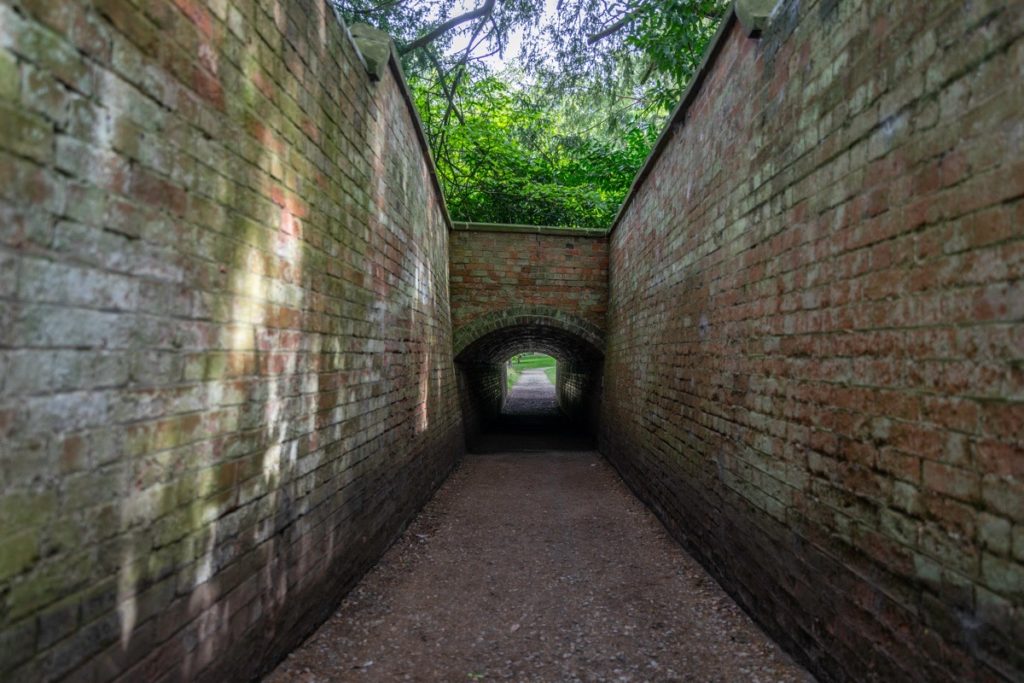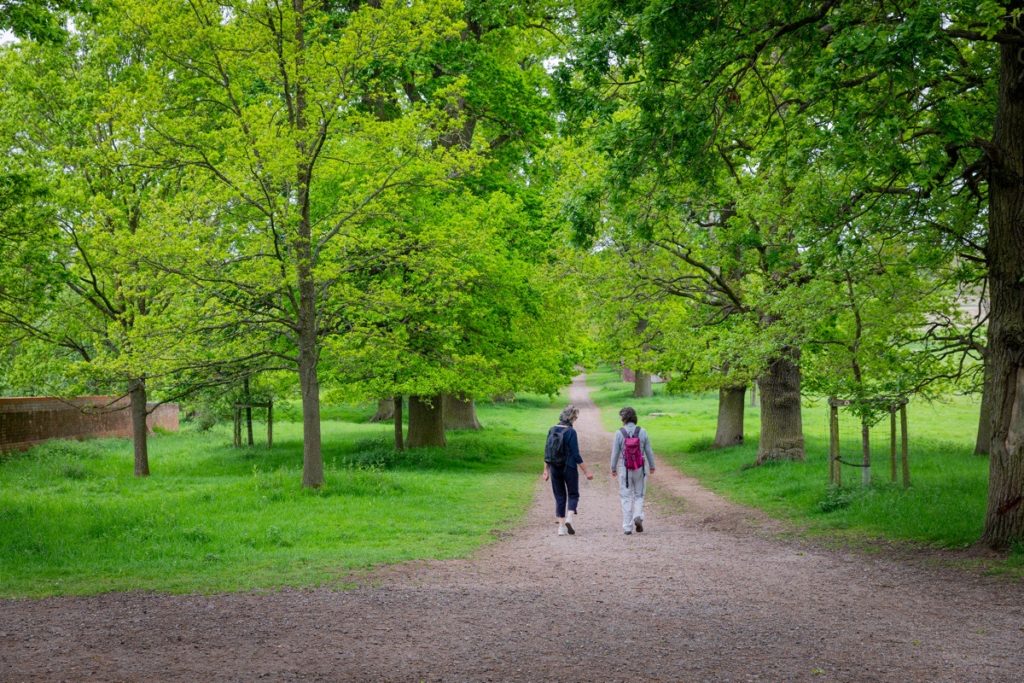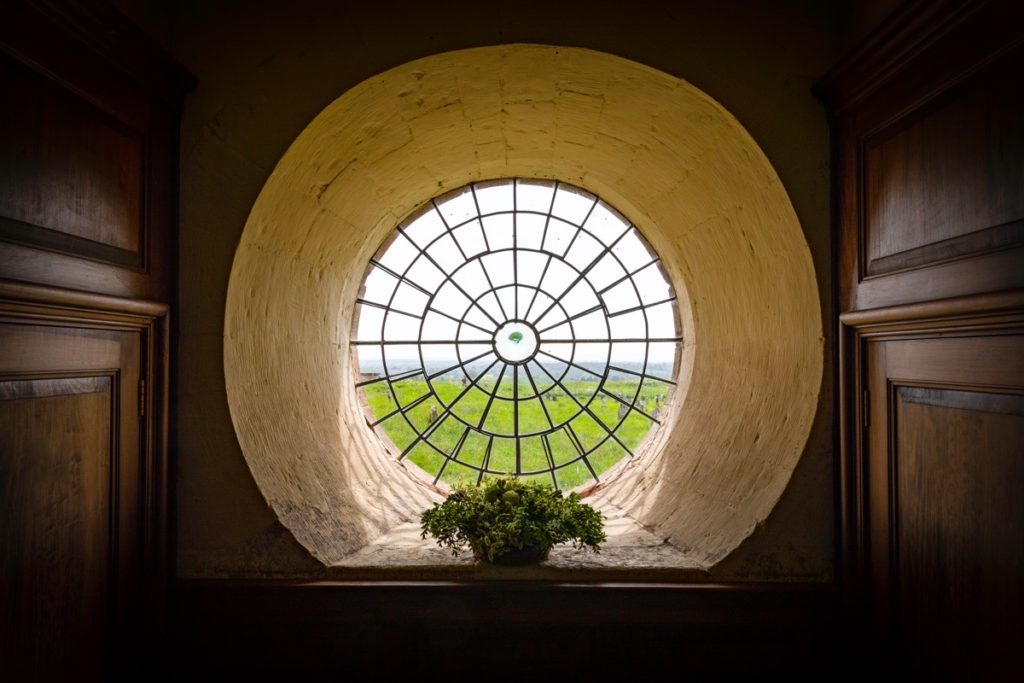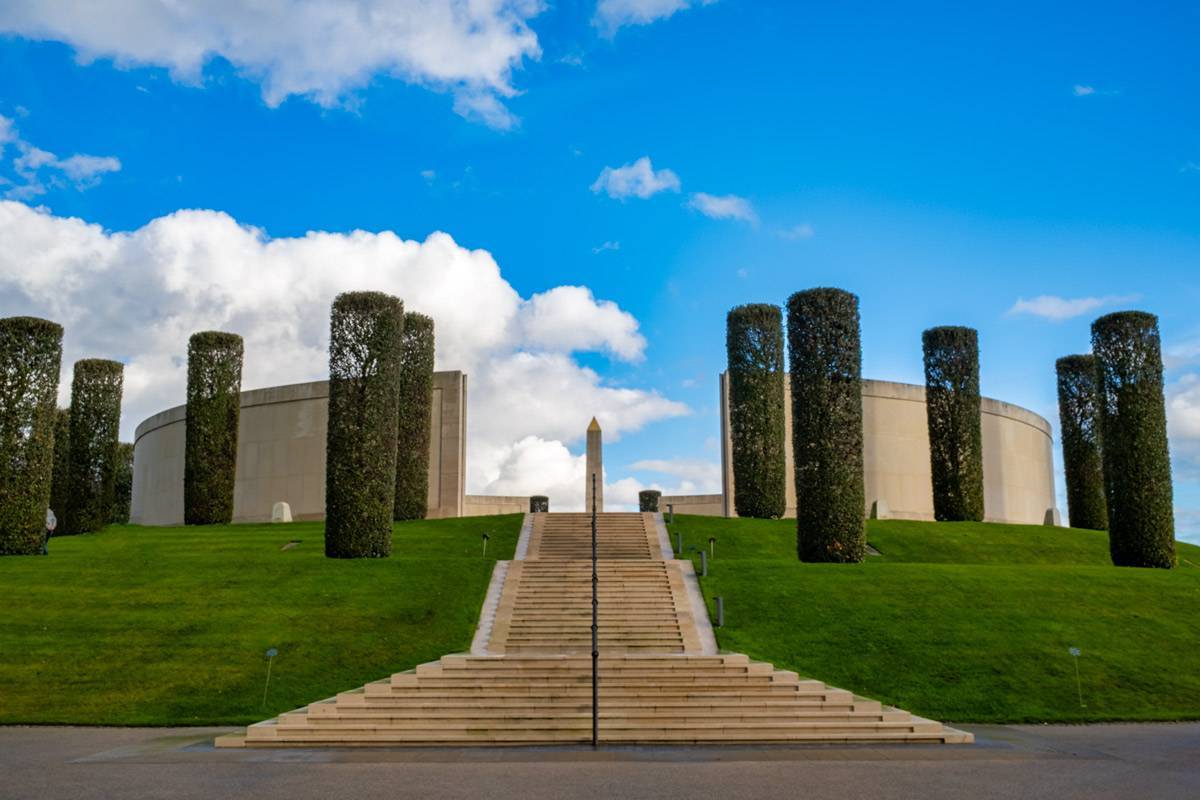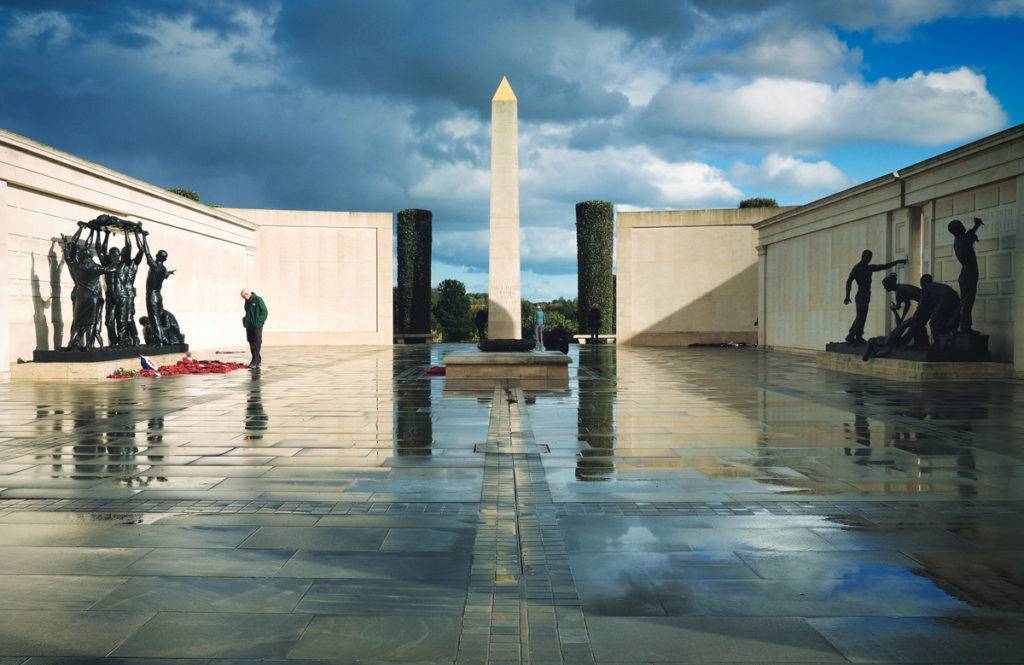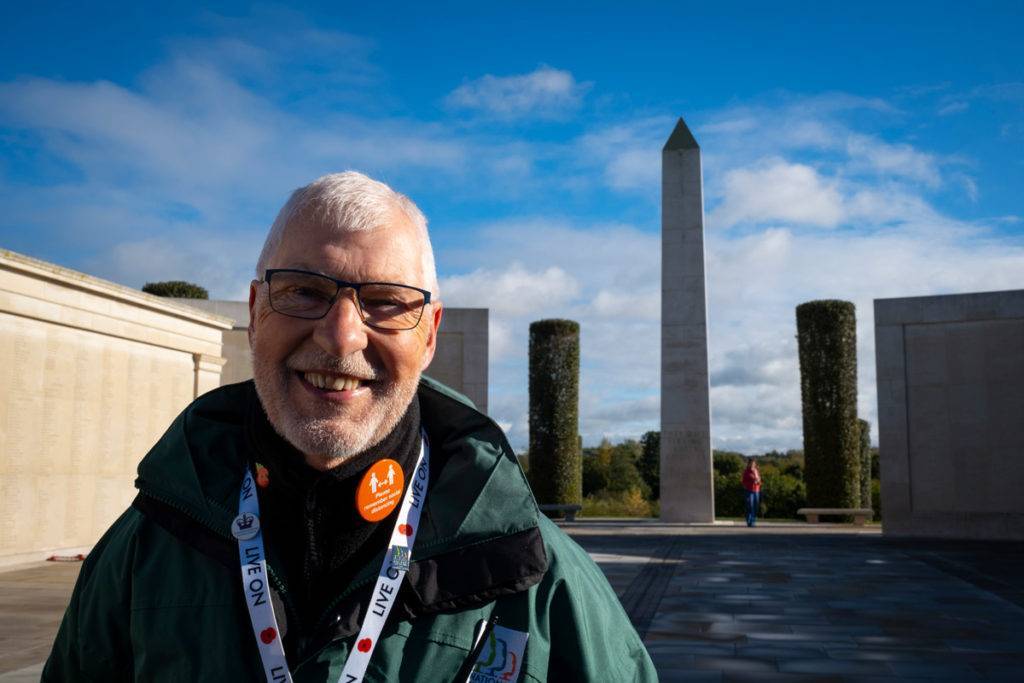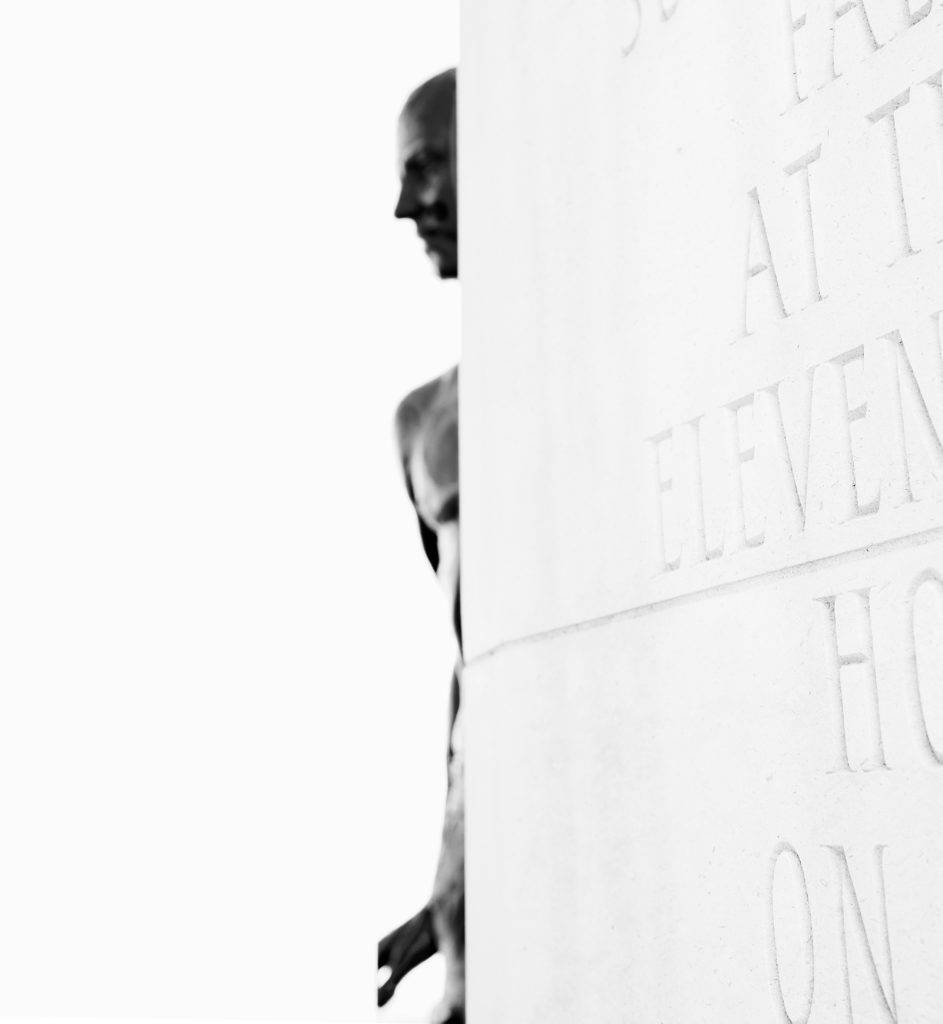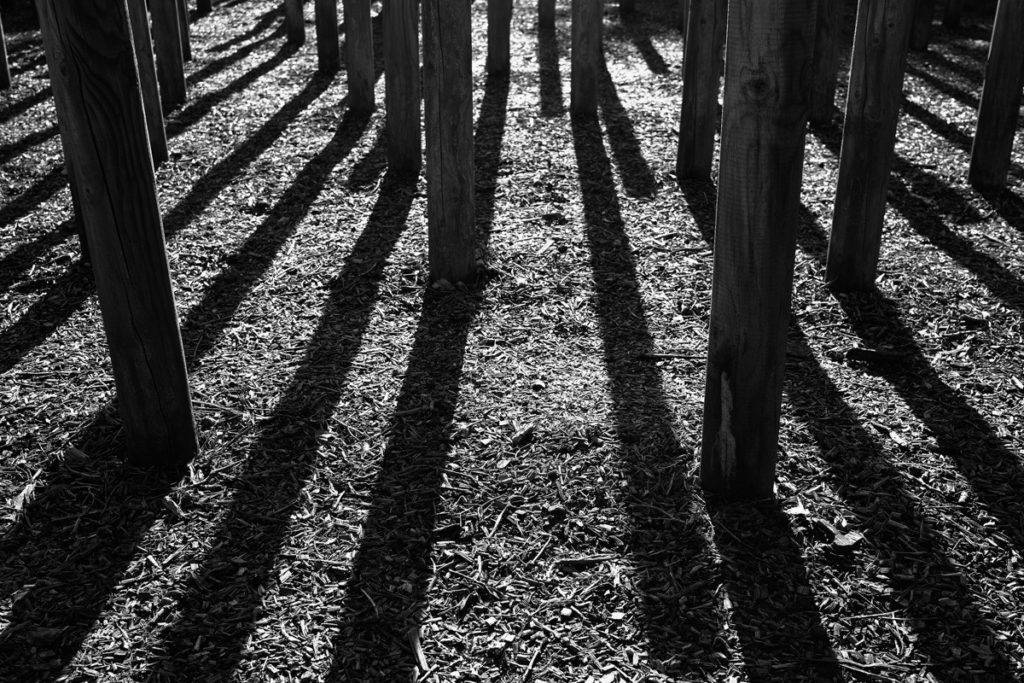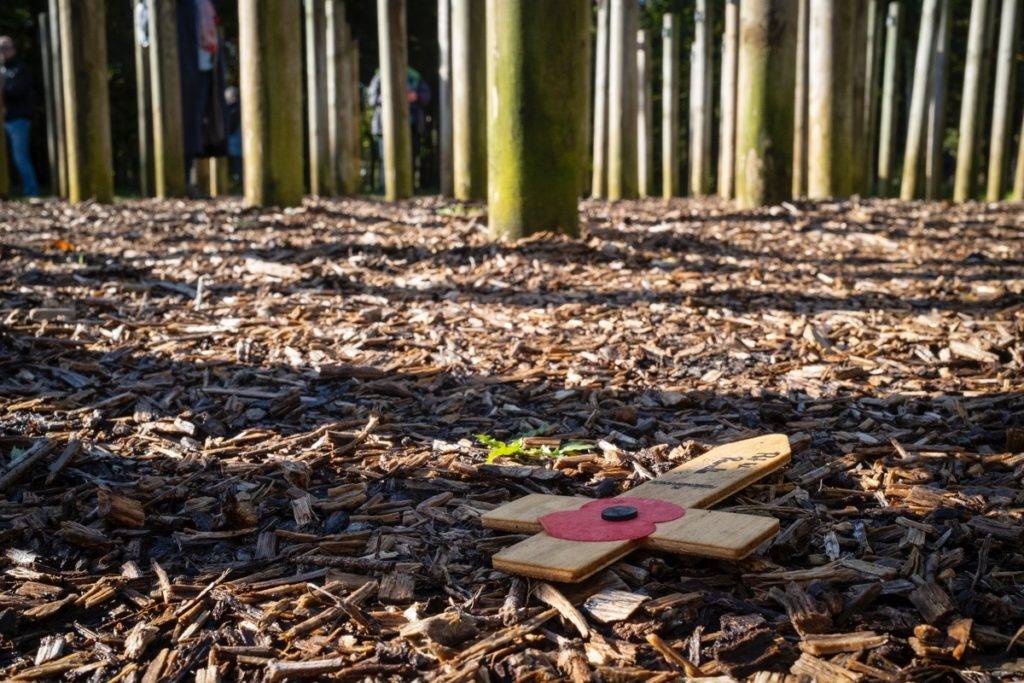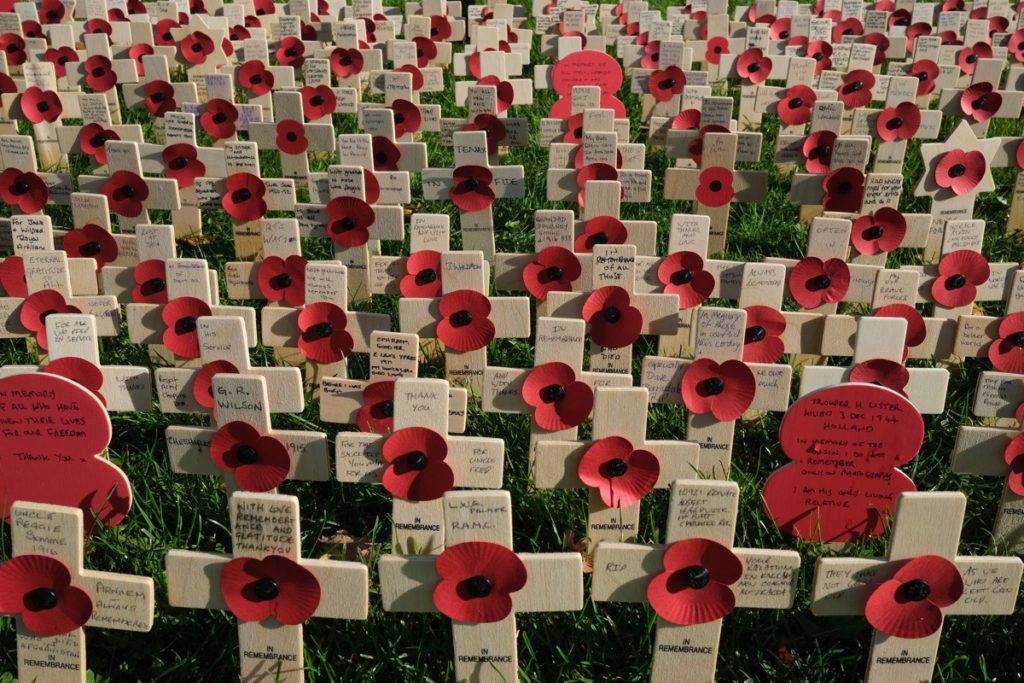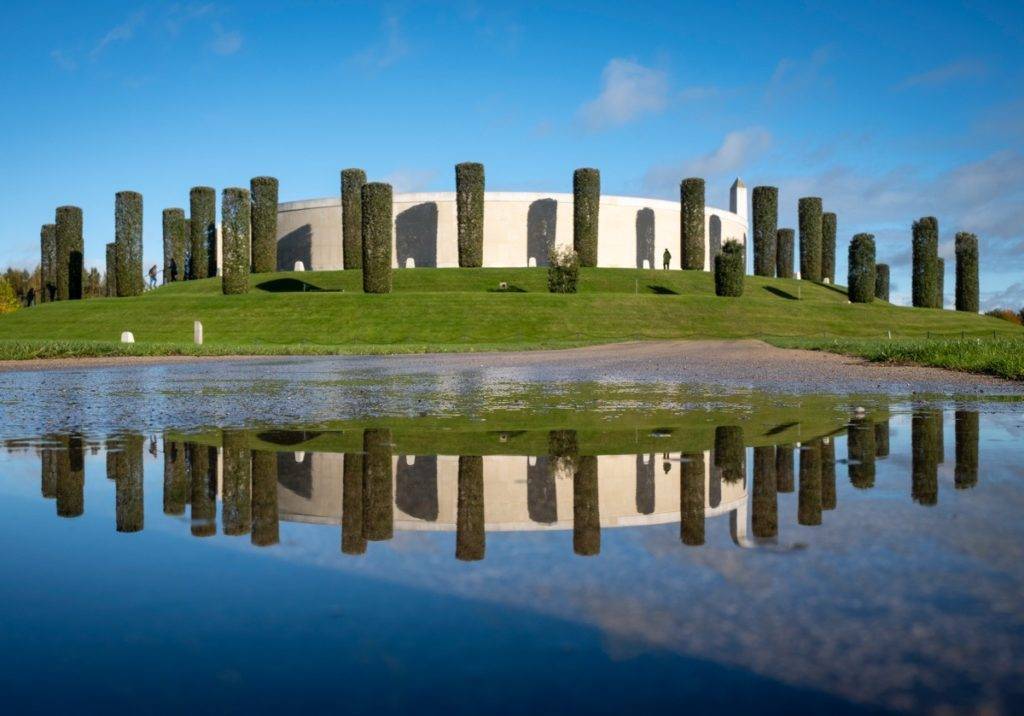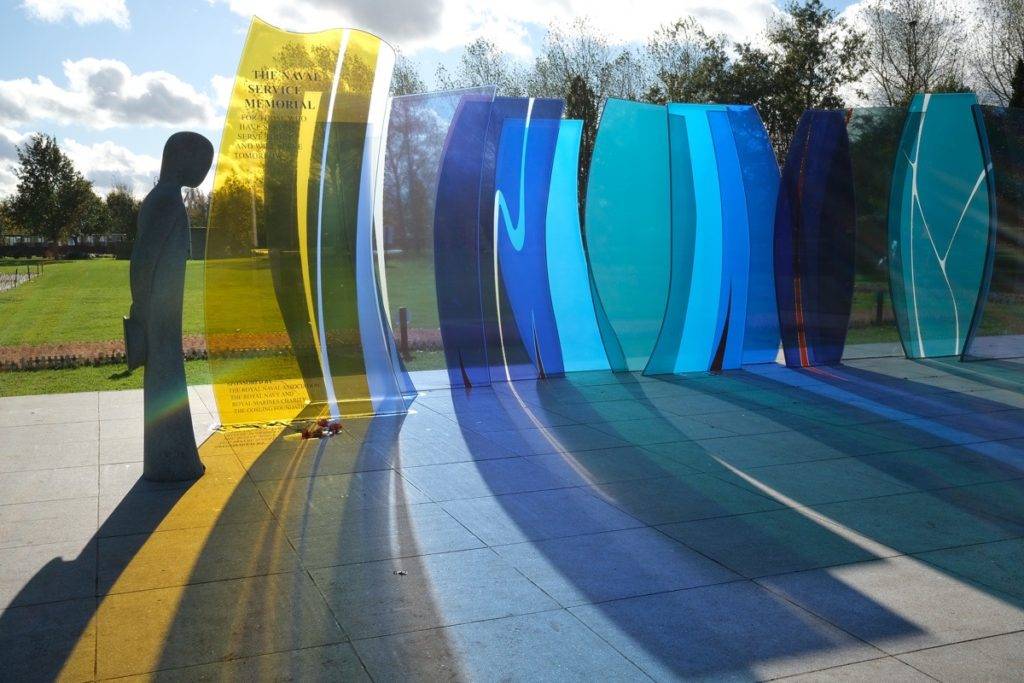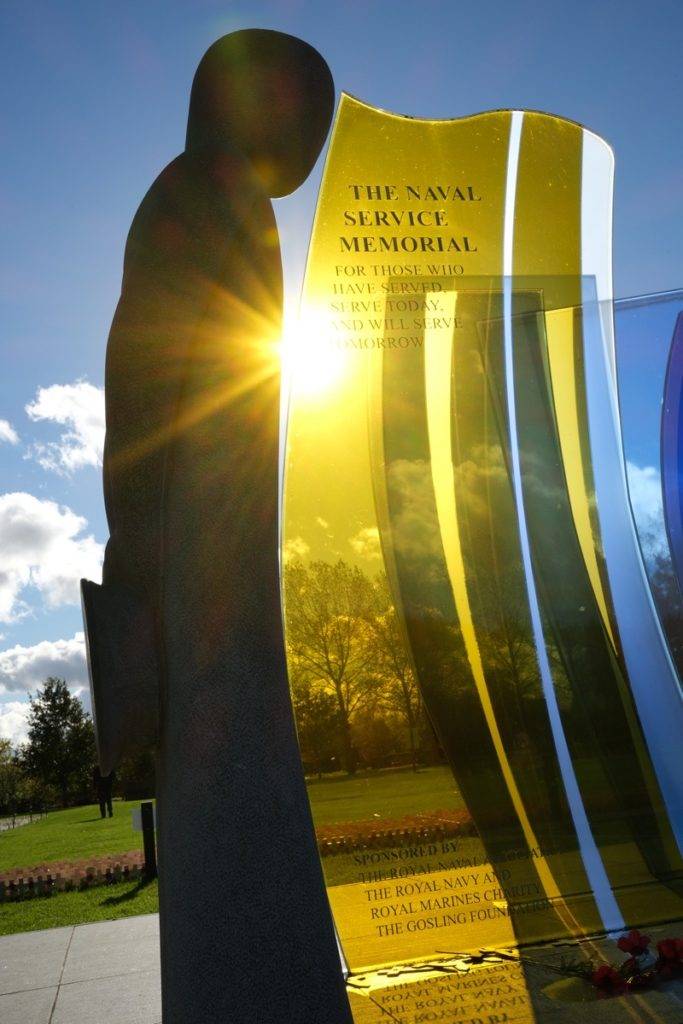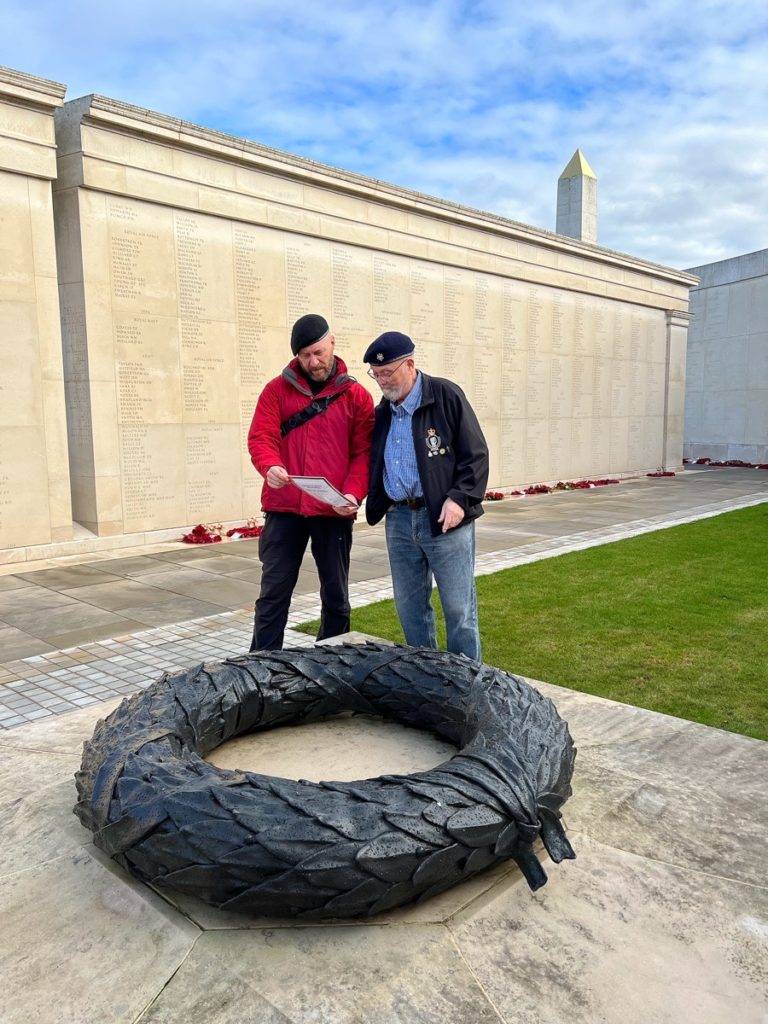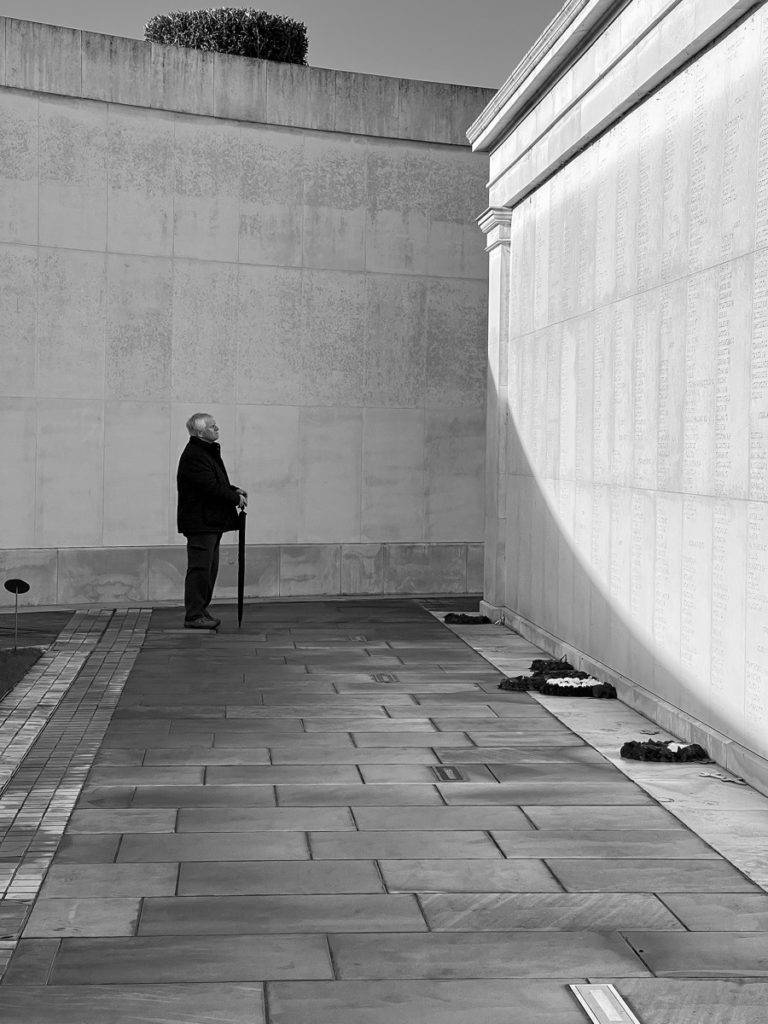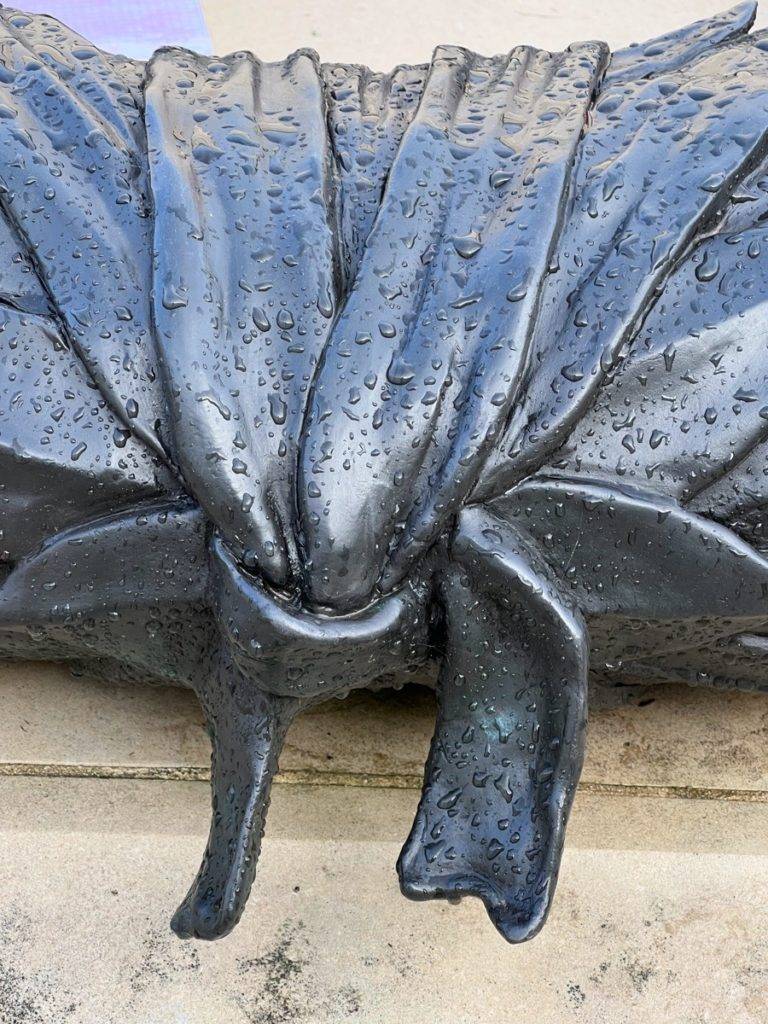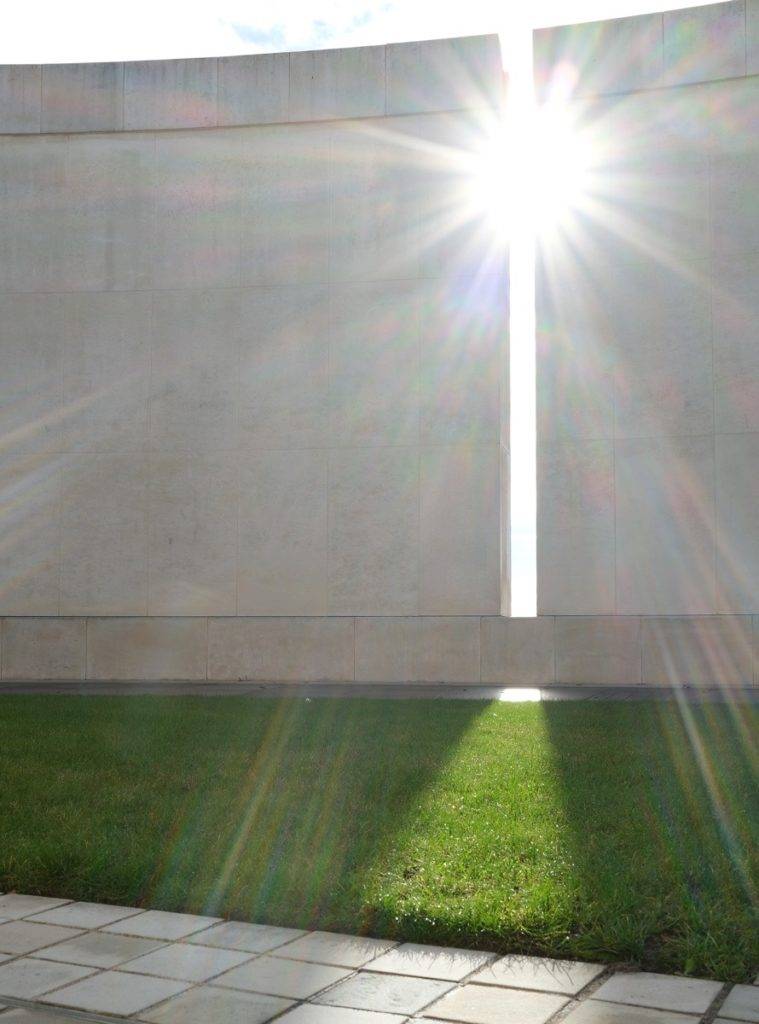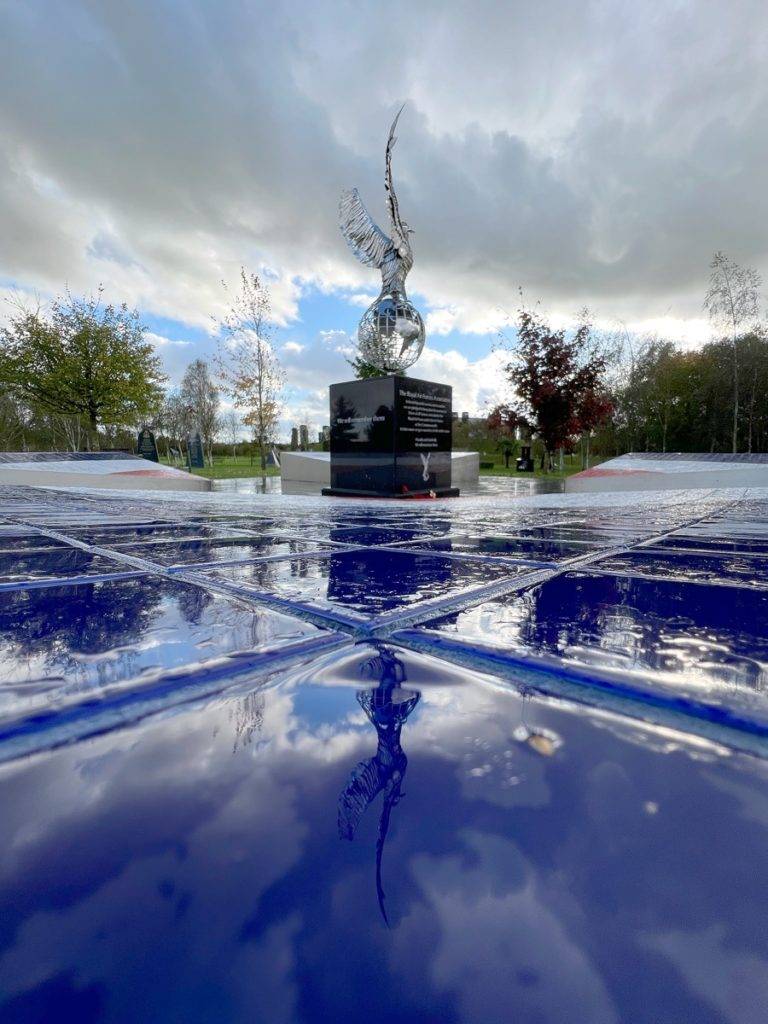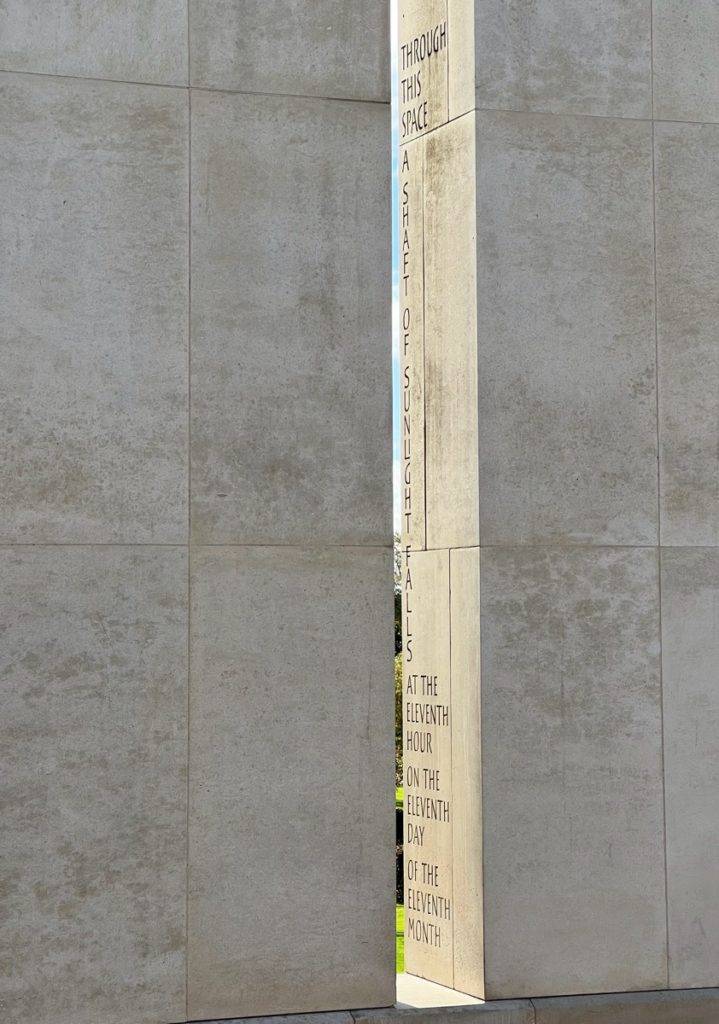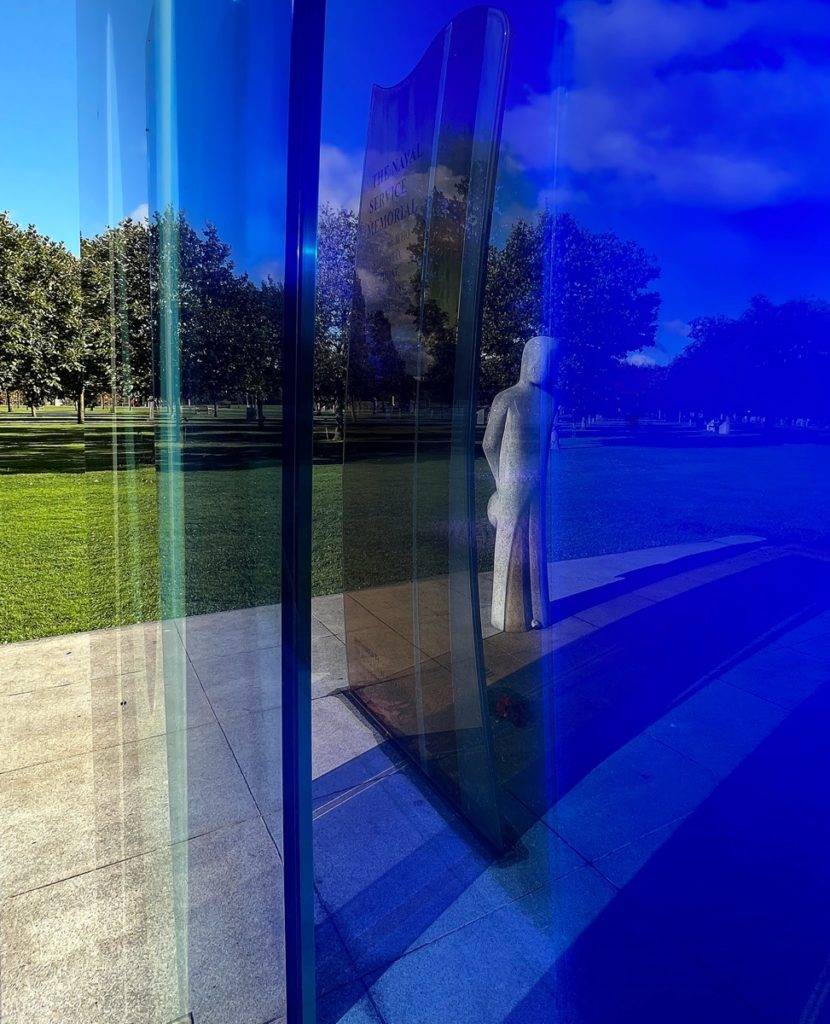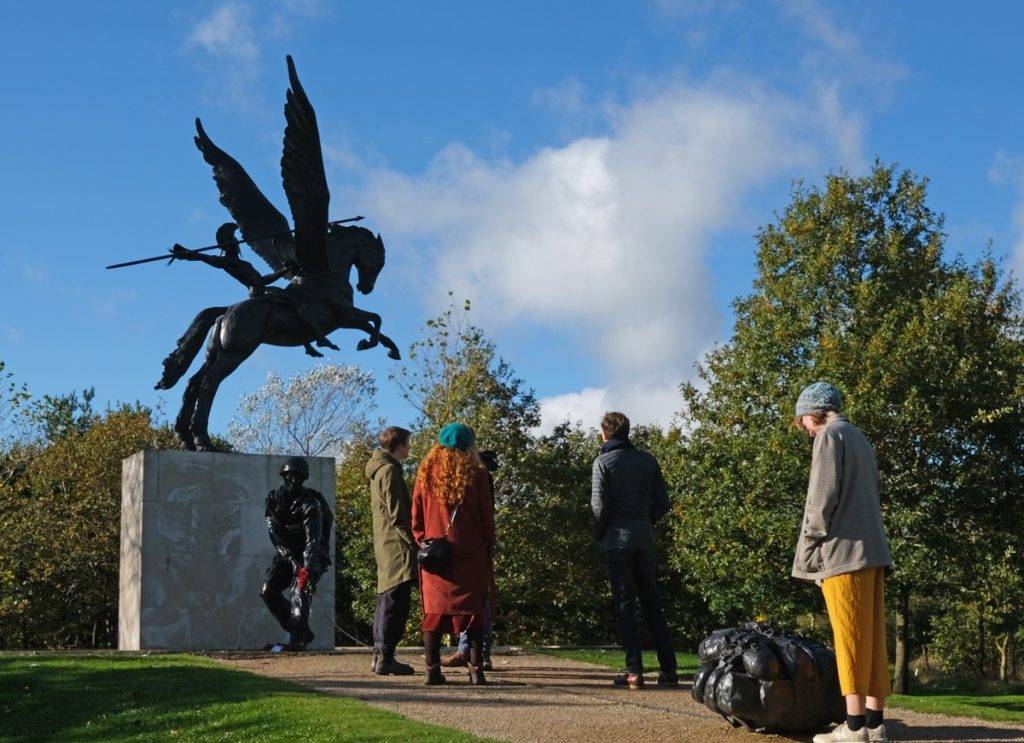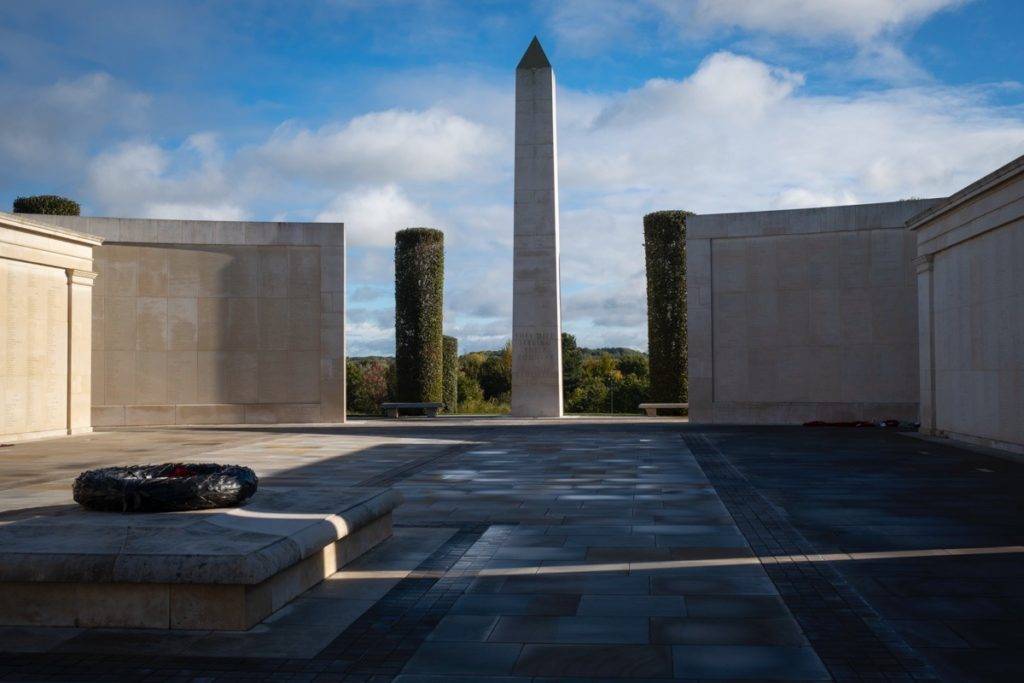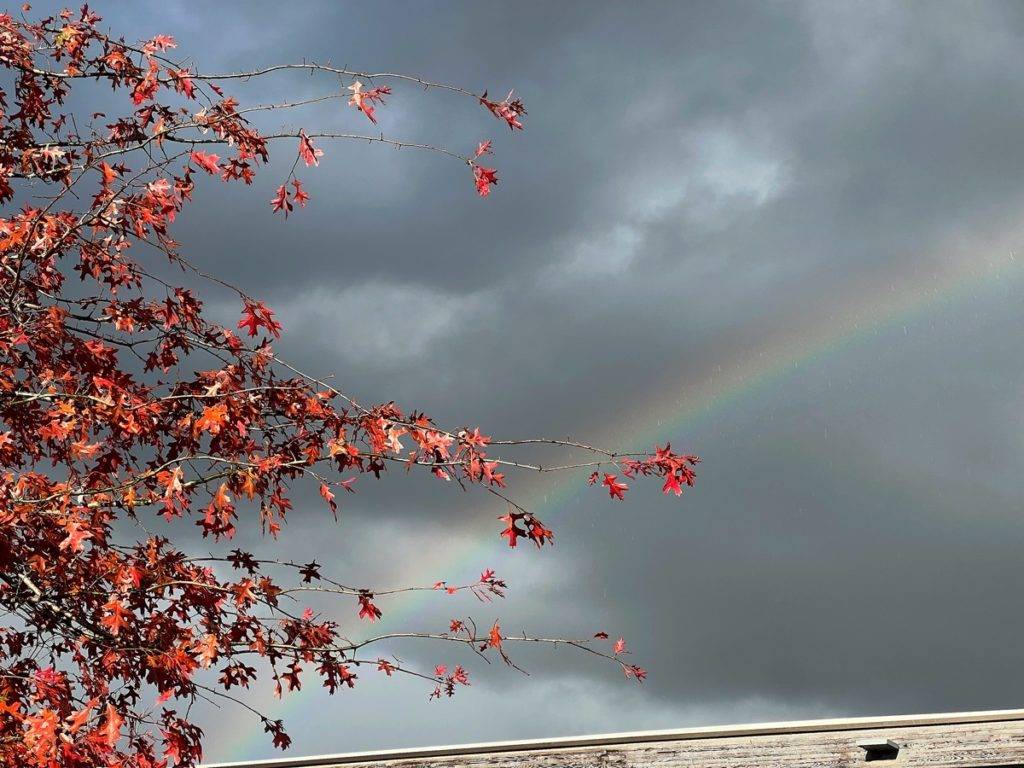I have been involved with the Stirchley Observation Project over the last few months. I have not featured my experiences of the project on my blog, as I am waiting until the course is complete. We still have a portrait session and the all-important exhibition to look forward to, so these will form part of a later post. However, with the formal teaching now nearly finished, I found myself with a free Saturday morning. The photography group suggested a visit to the MAC (Midlands Arts Centre), followed by a stroll around Cannon Hill Park. Being near to where I used to work at Pebble Mill, I know the park well, particularly the Nature Centre entrance and, of course, the MAC.


Three of us from the group were free, and we met for coffee early in the morning. Inderjit and Dave were already waiting and both were sporting stylish silver cameras for the photographic walkabout. The park was bustling with runners participating in the Park Run, but the area quieted down once the event finished. As we began our walk around the park, we enjoyed the peaceful atmosphere.

Cannon Hill Park offers several photographic highlights. One iconic spot is where seagulls line up along the railings, seemingly watching the world go by. Another notable feature is the Golden Lion, a historic pub relocated from Digbeth. Sadly, the building is in desperate need of restoration, but Historic England is overseeing efforts to preserve it, with work expected to begin soon.

A more reflective part of the park is the memorial dedicated to the victims of the 2015 terrorist attack on a Tunisian beach. This quiet area is home to Infinite Wave, a fascinating metal sculpture designed by George King Architects. The structure features 31 tubes, each engraved with the name of one of the UK victims, brought together in a continuous loop. From a photographer’s perspective, the memorial is captivating, offering different viewpoints depending on where you stand.



Cannon Hill Park has many other areas of interest, each with its own story to tell. One such place is the Sons of Rest, a building I’ve often passed but never fully appreciated. Though it appears unused now, it was once a meeting spot where people gathered for social activities like board games and conversation. Another highlight is the Victorian bandstand, an ornate octagonal structure that serves as a focal point for park events, including the Park Run held earlier that morning.


I was also charmed by the Park Train station stop, a whimsical feature of the park.

Our walk took us into the northwest section of the park, where remnants of a tropical garden remain. Unfortunately, the area needs care and attention. The historic greenhouse was dismantled in 2012 after falling into disrepair, and the council’s plan to maintain the space as a subtropical garden has not been entirely successful. The area now looks somewhat neglected, with graffiti-tagged walls adding to the sense of abandonment.




Further along, we came across a model of the Elan Valley Aqueduct, another interesting and quirky feature of the park. However the park does need some tender loving care and the following set of photographs show how the park is being run down.






As we continued to explore, I was struck by the stillness of the park during late November and early December. With the vibrant summer crowds long gone, the park felt as though it were bedding down for the winter, waiting patiently for the warmth and liveliness of the summer months to return.
If you enjoyed this account of Birmingham then you may like to read about a visit to Edgbaston reservoir that was organised by my friends at IgersbirminghamUK.





















